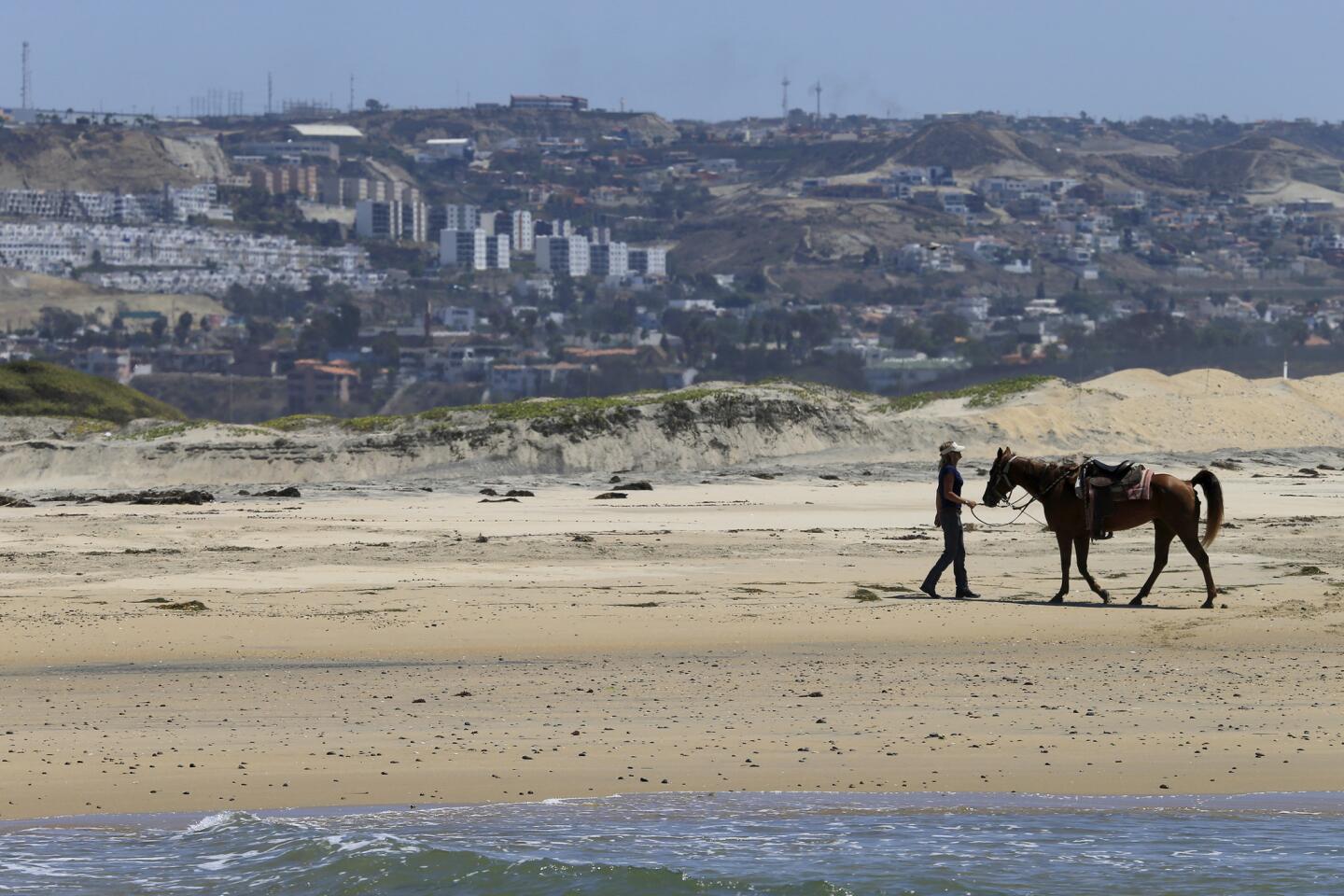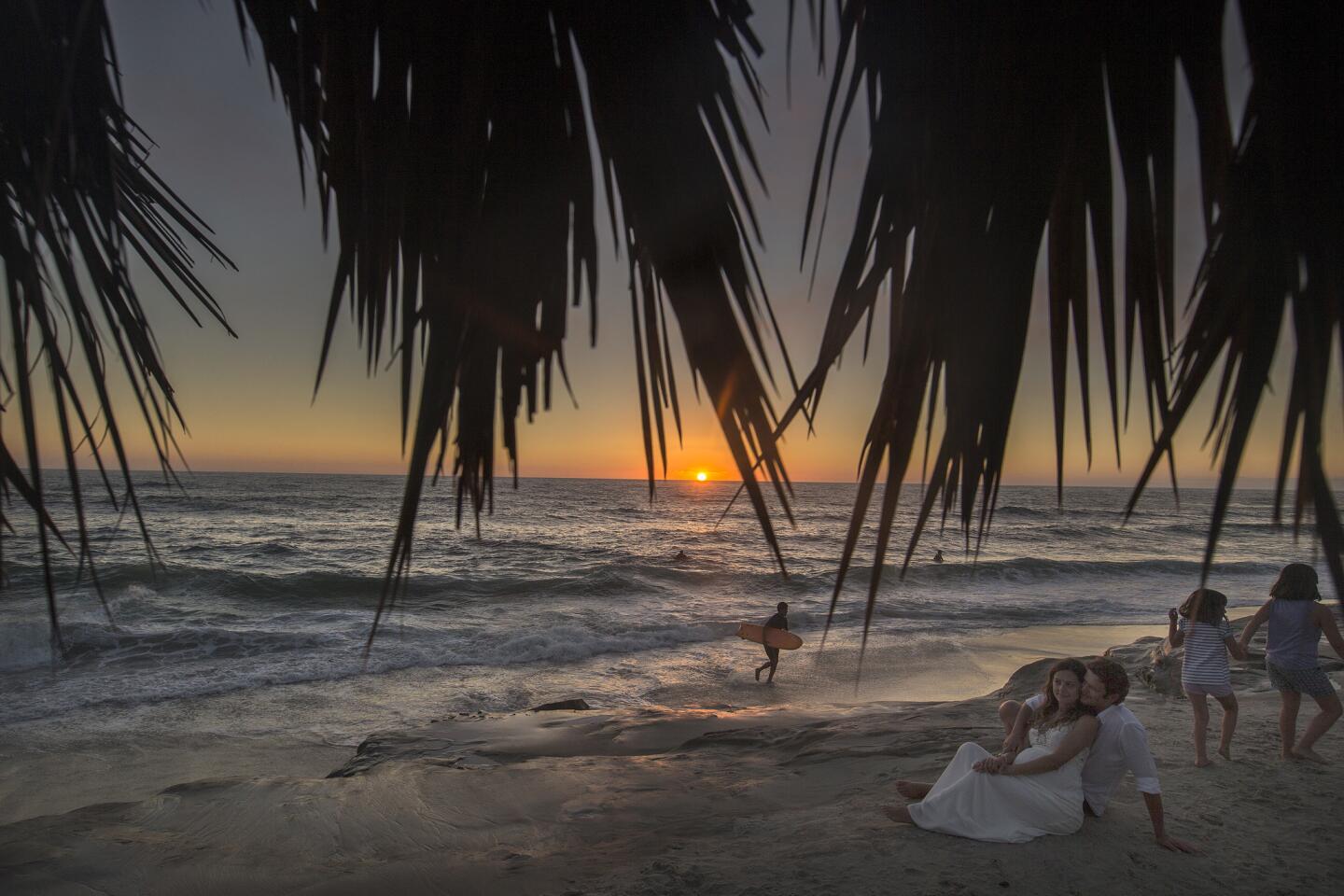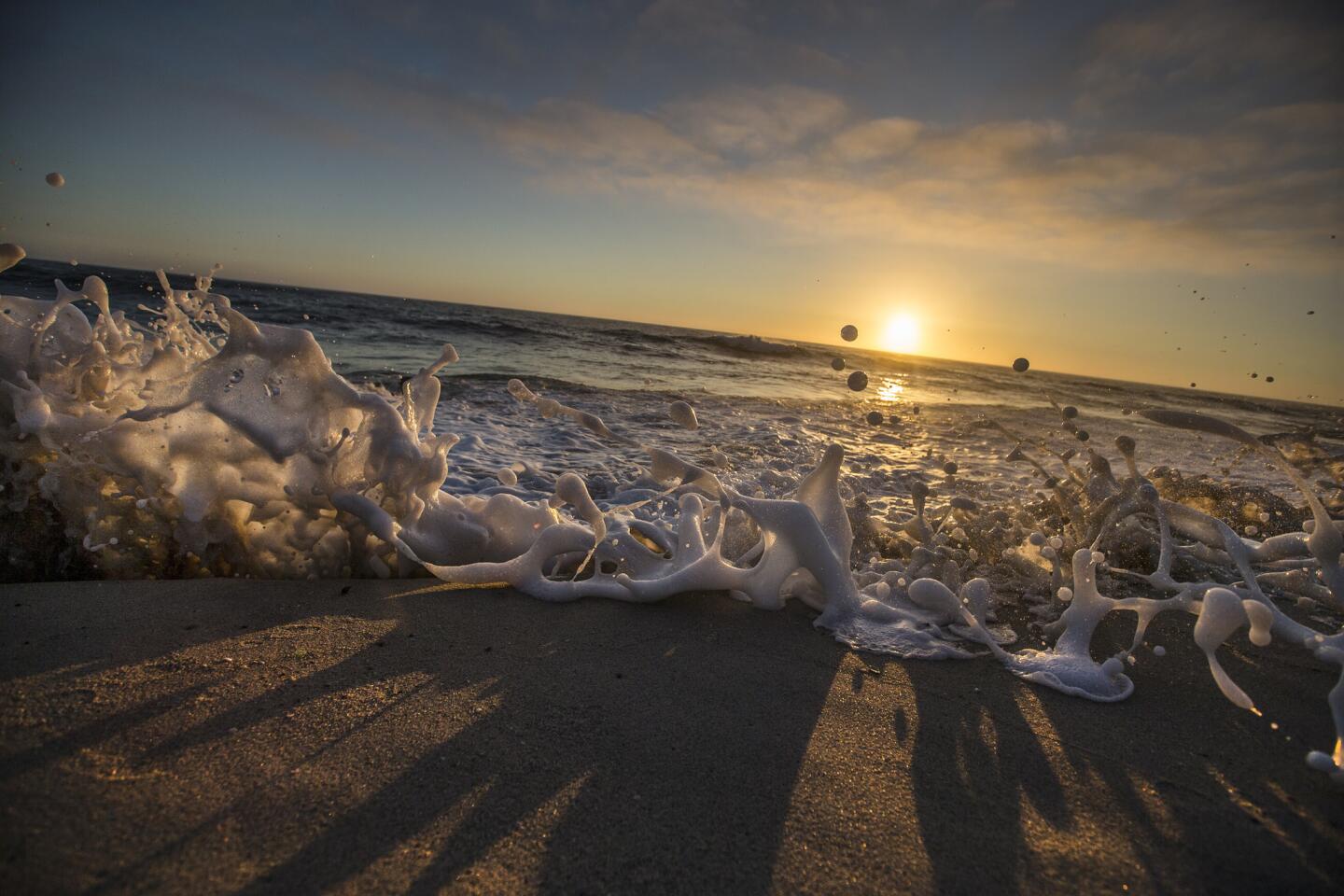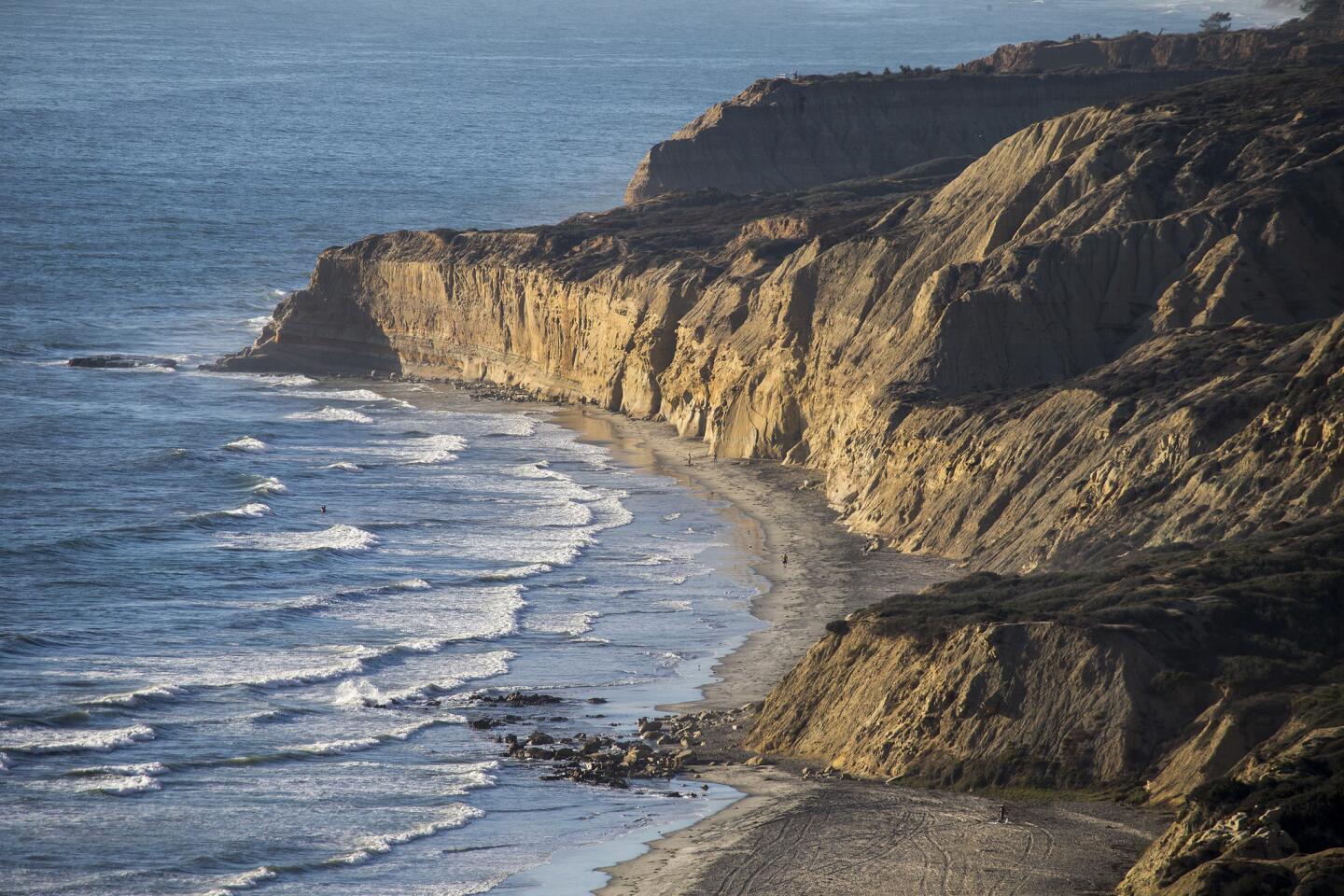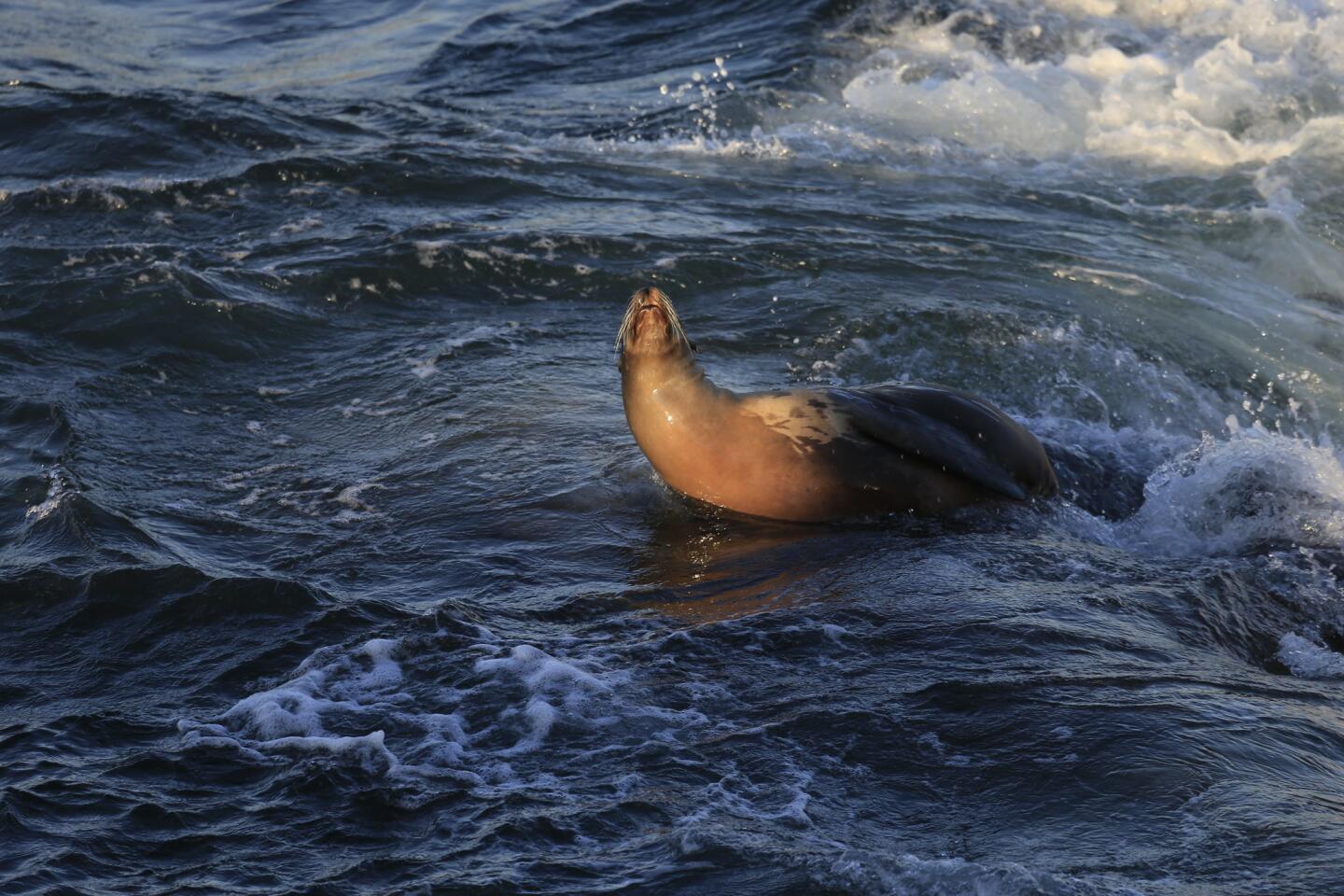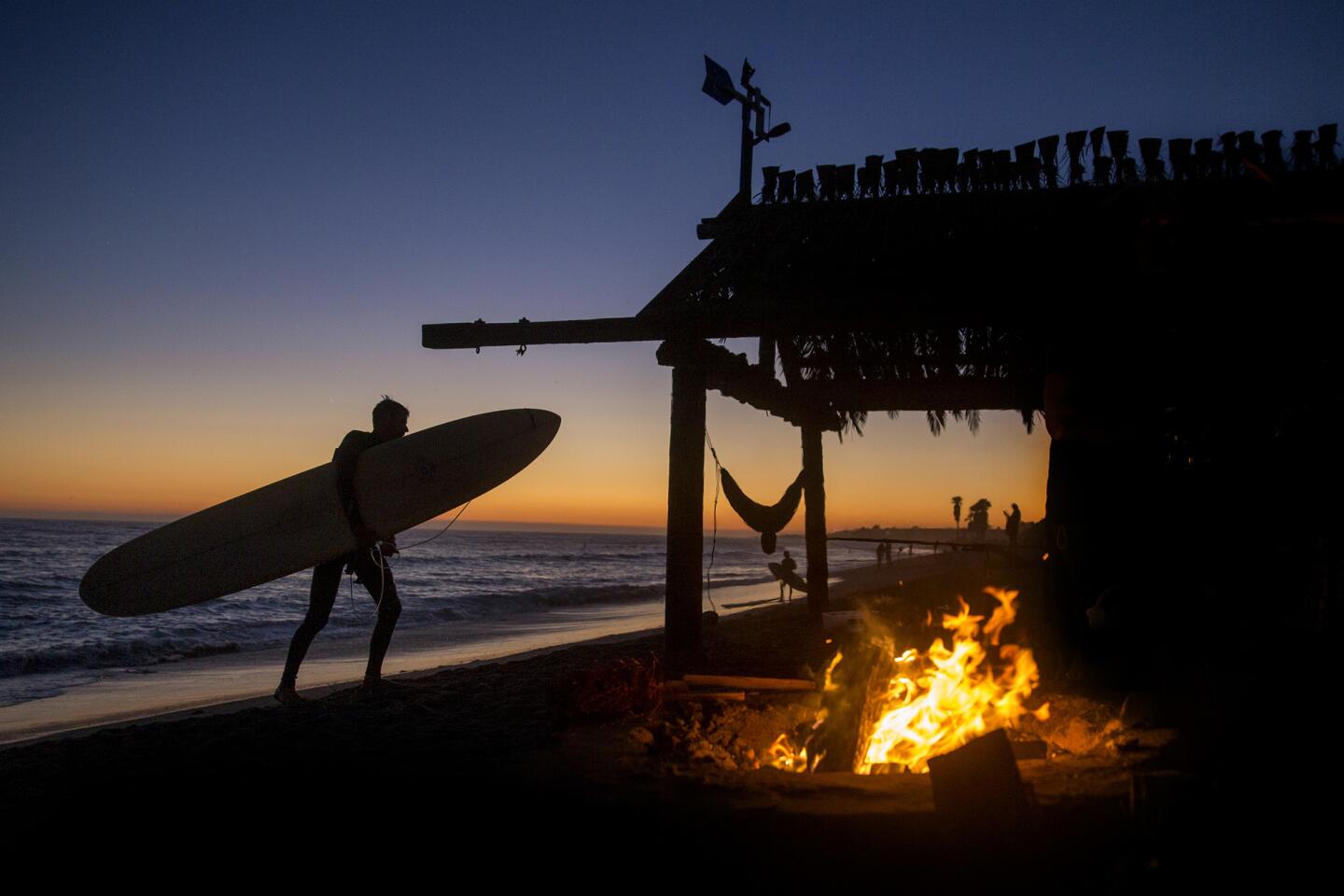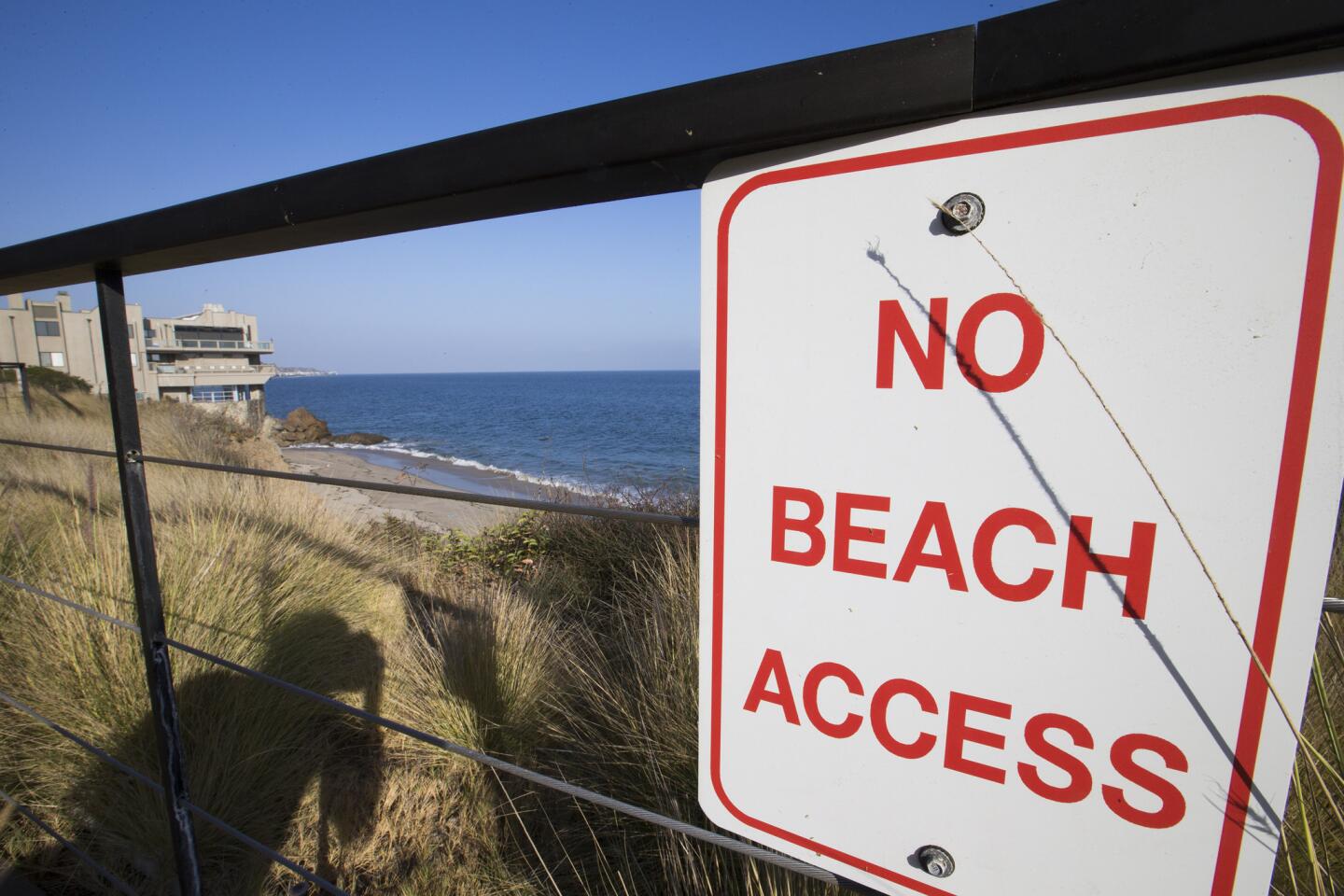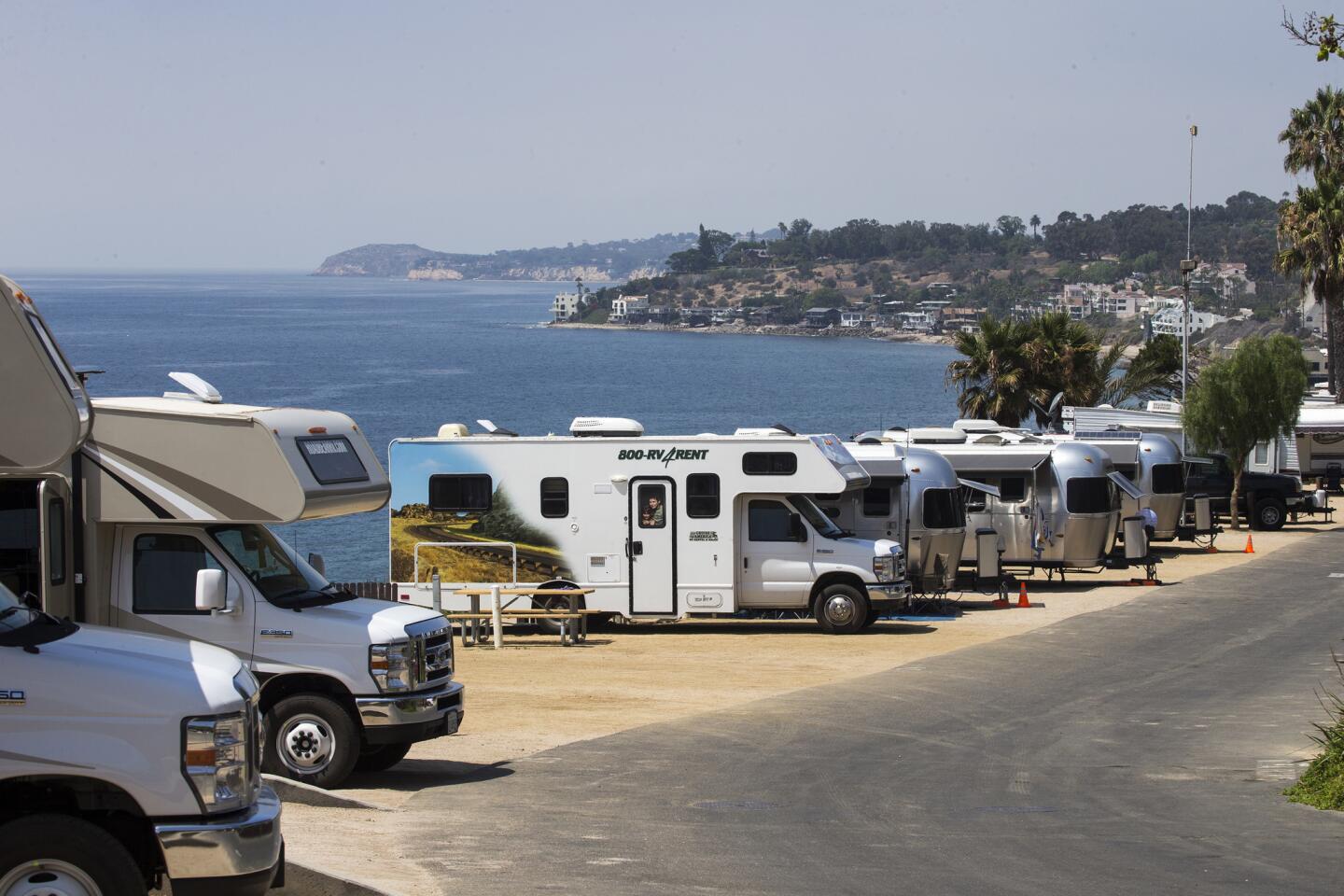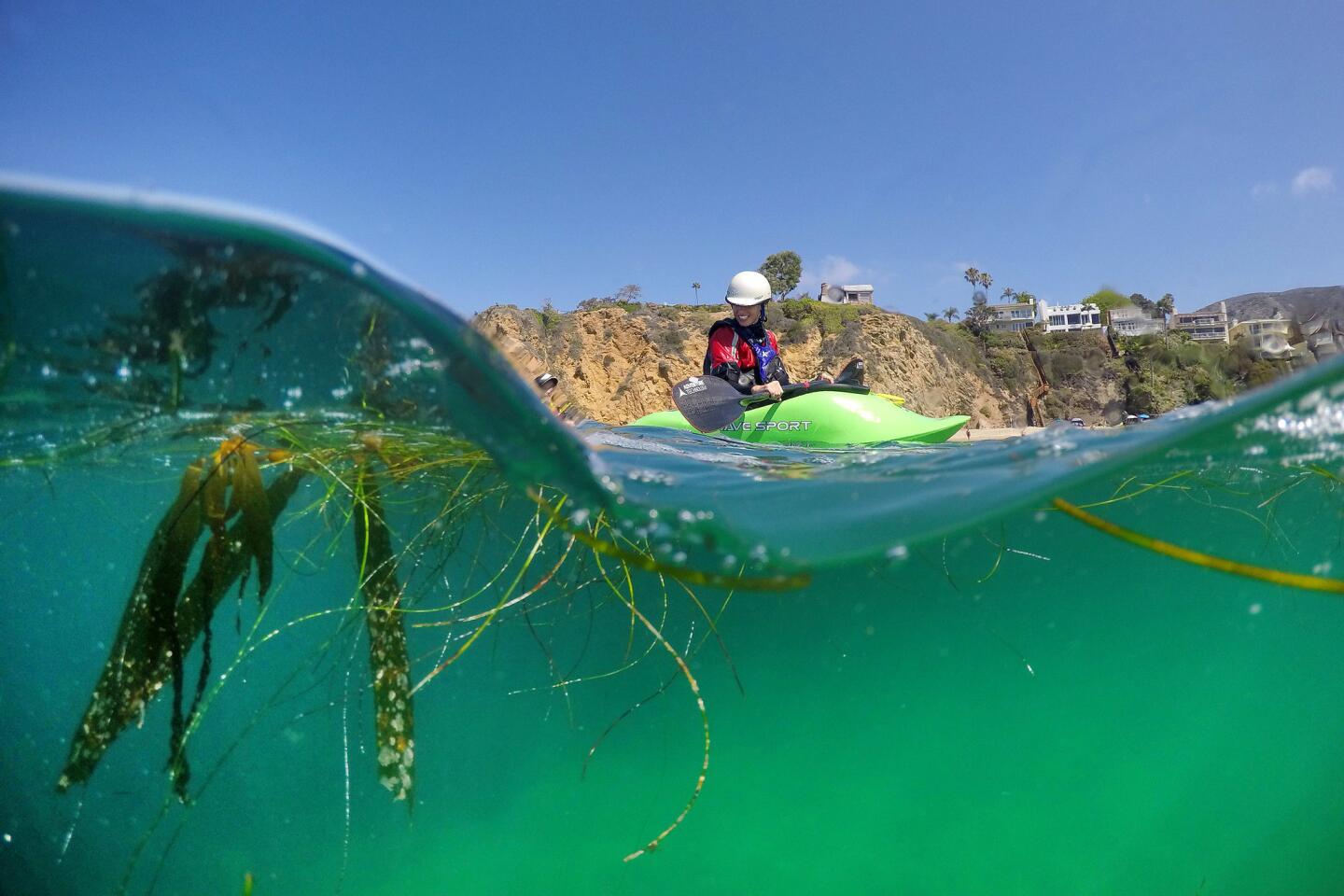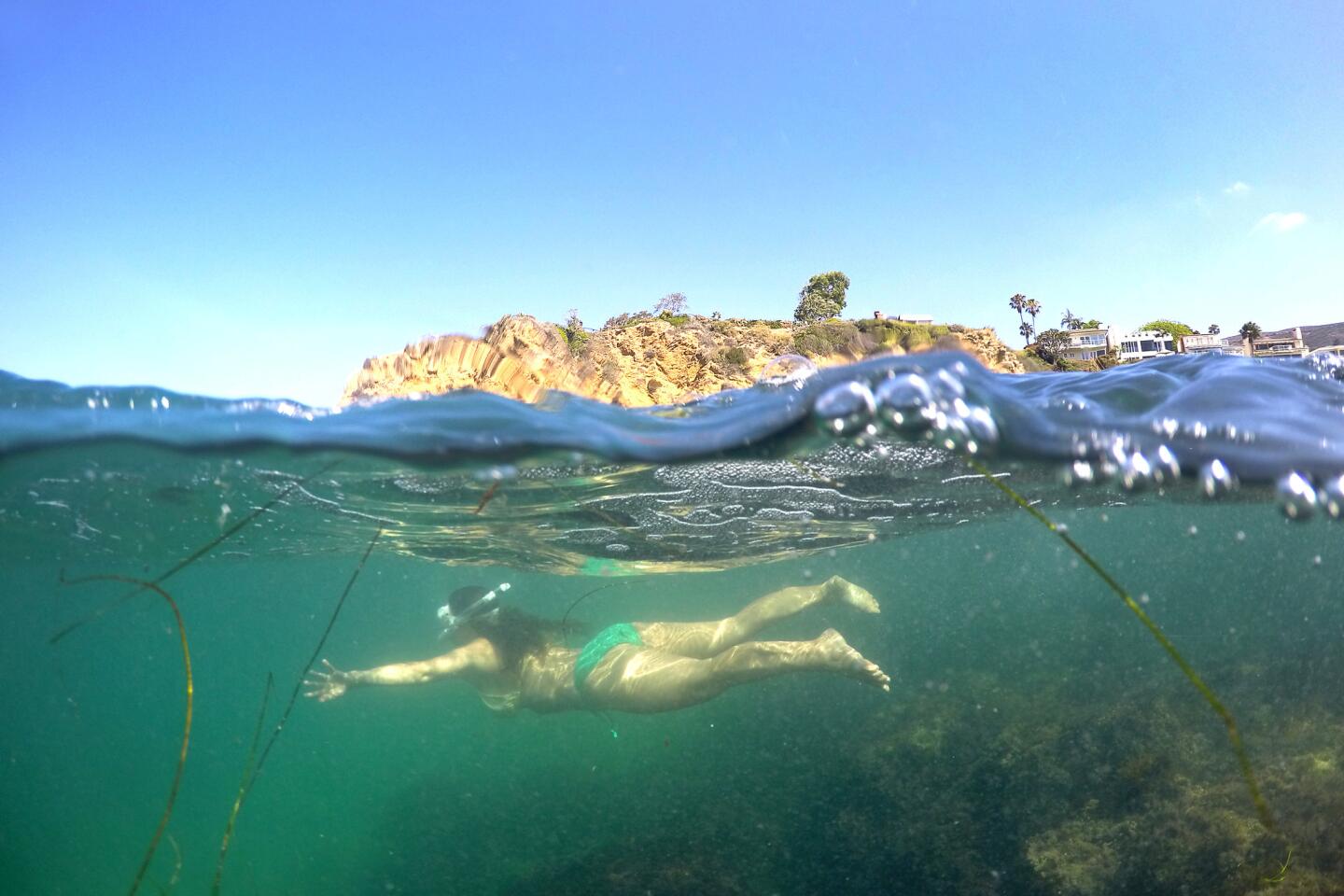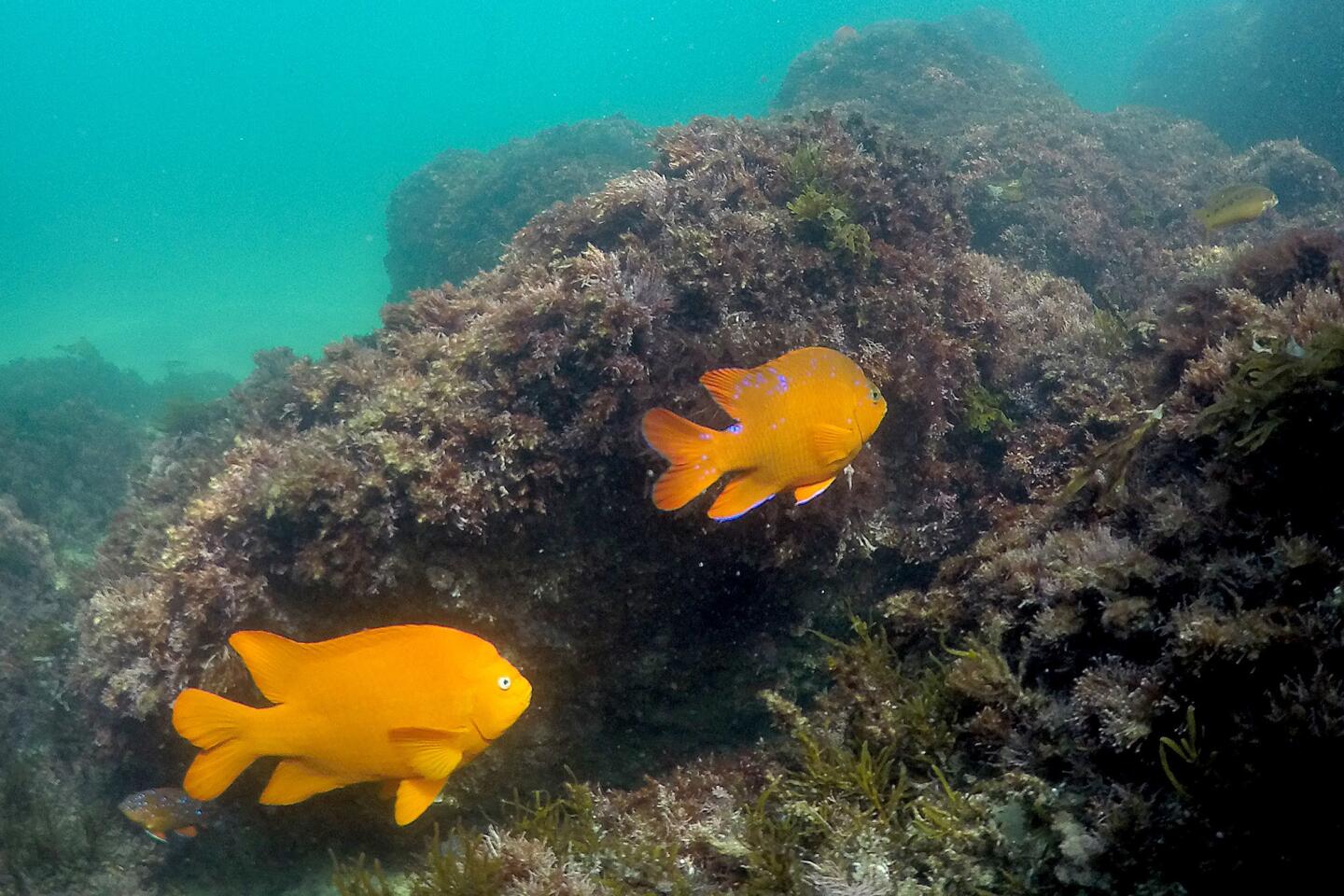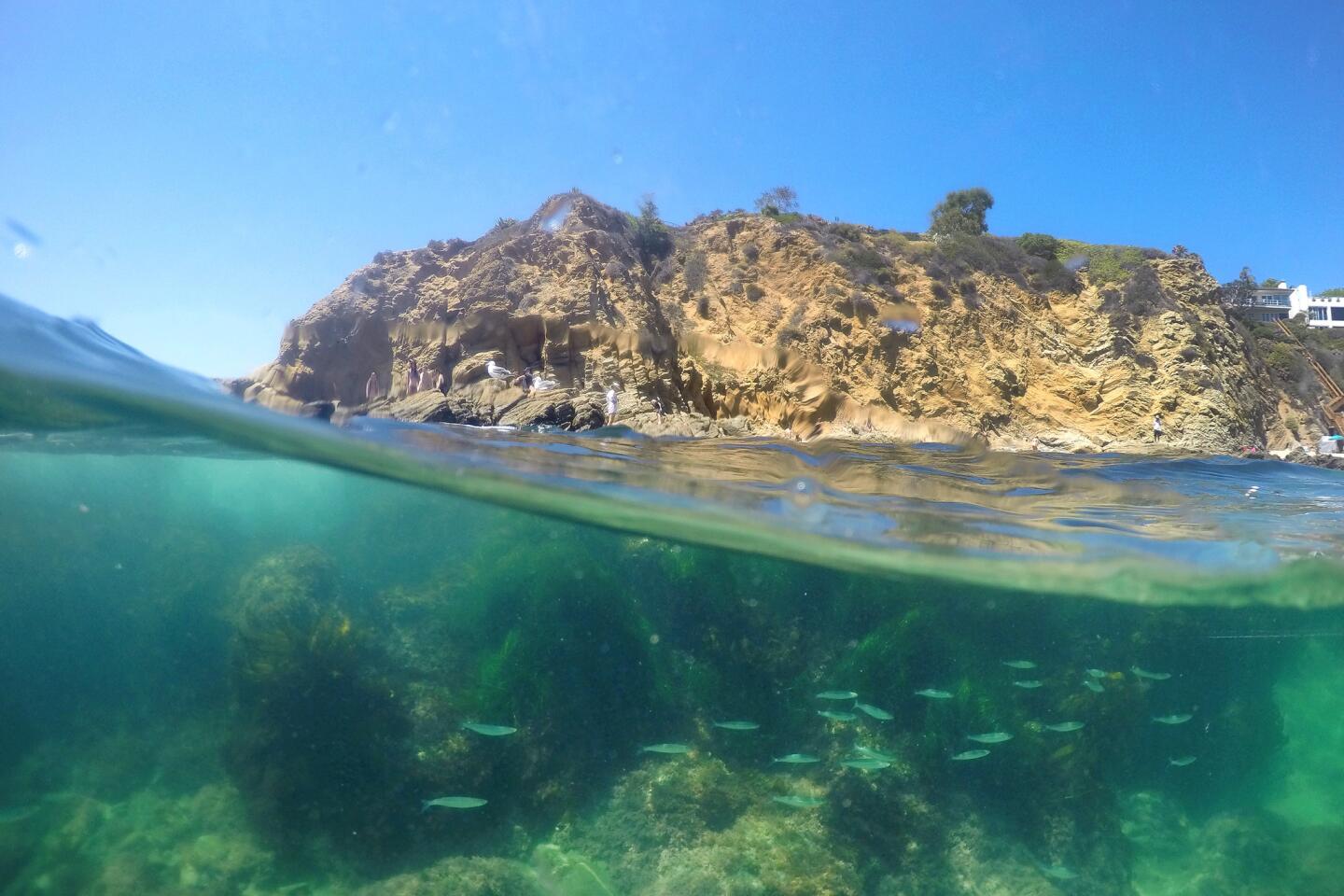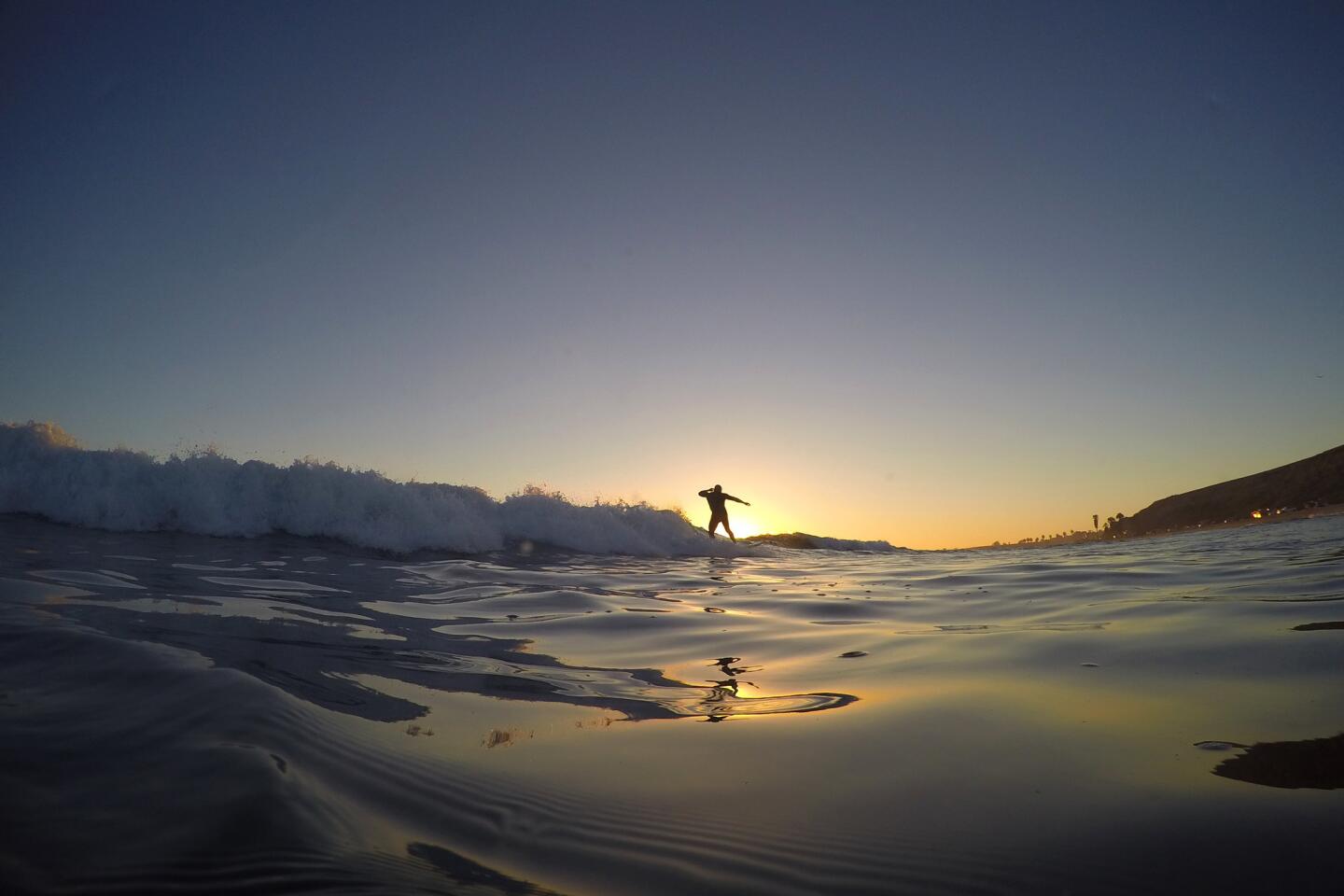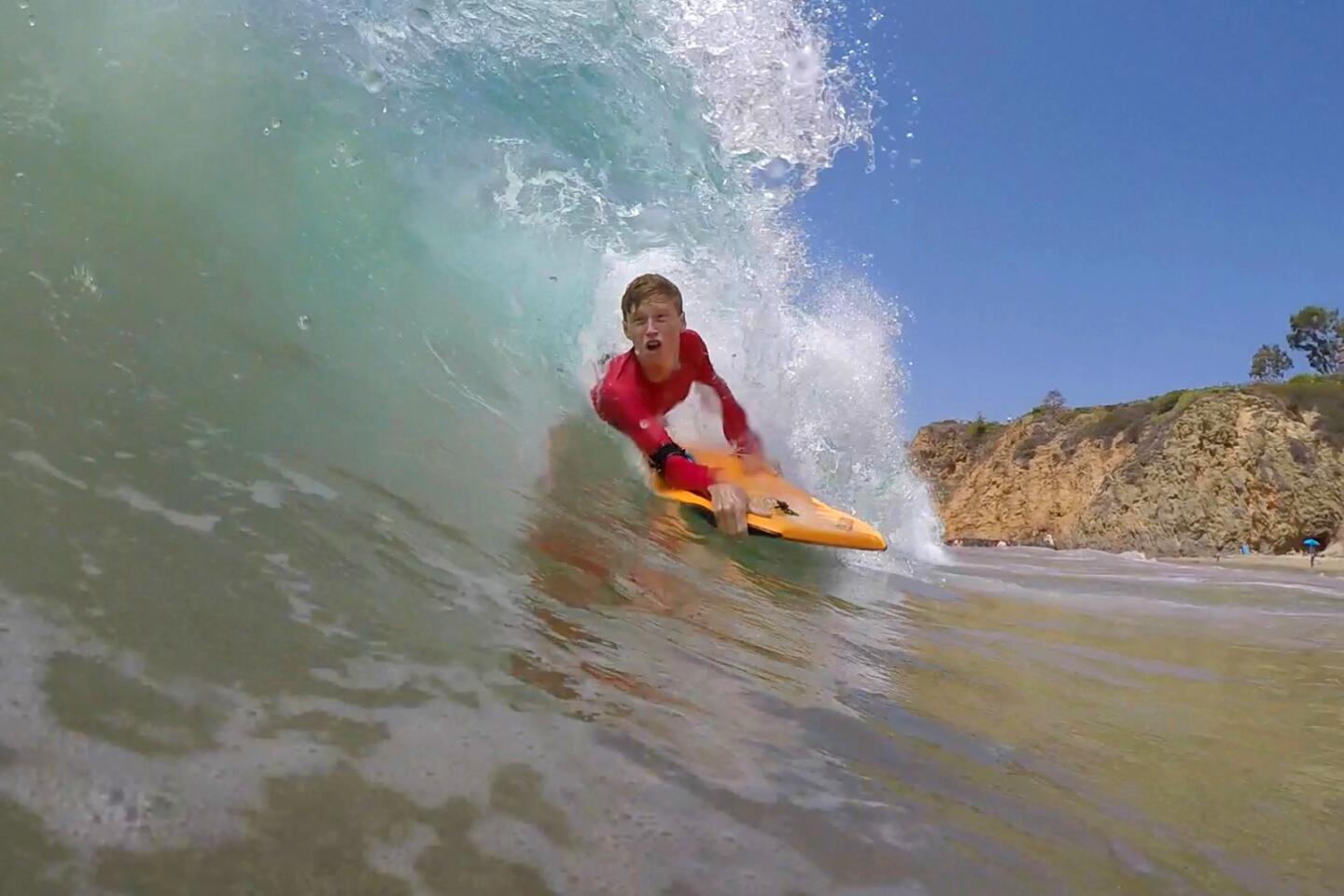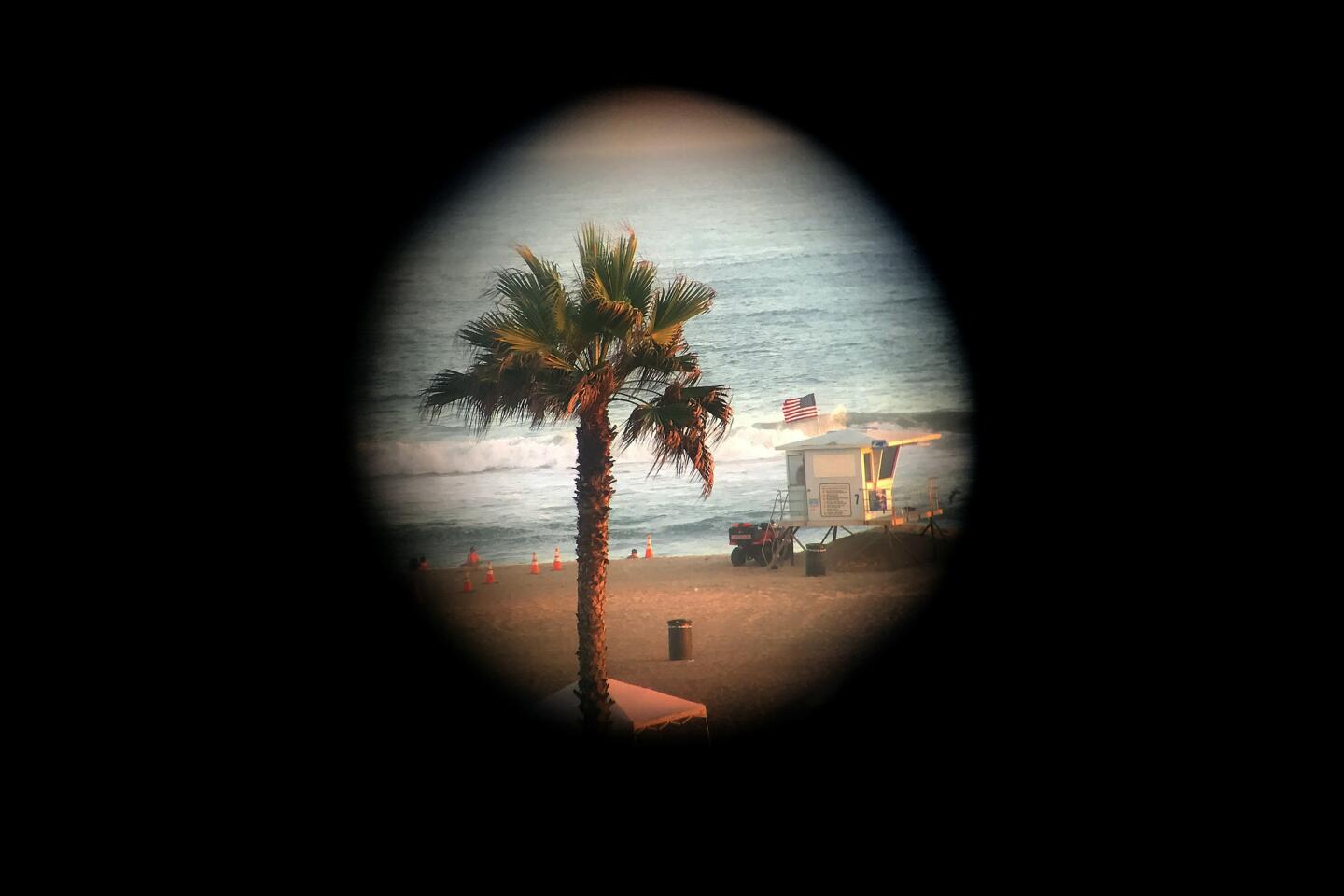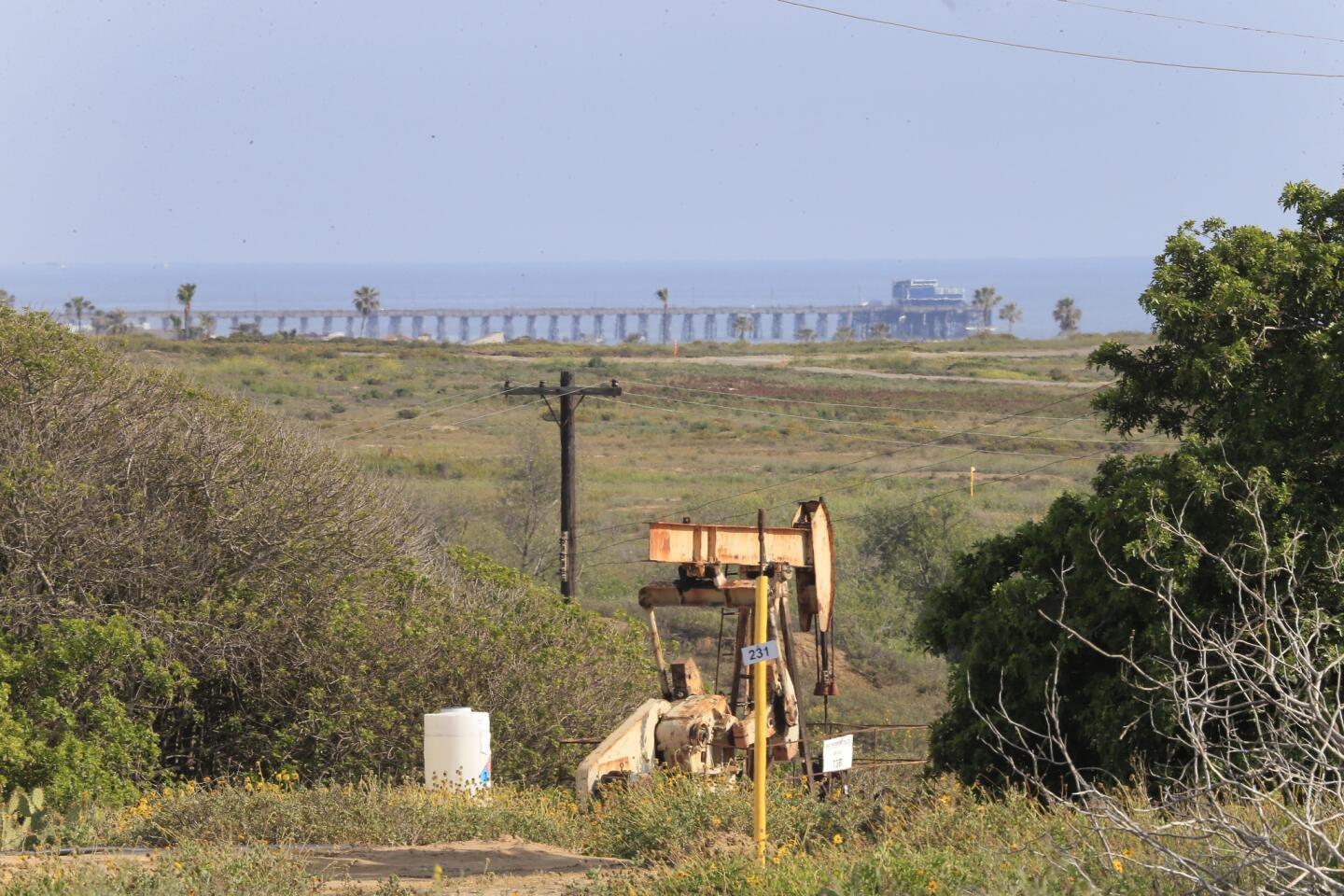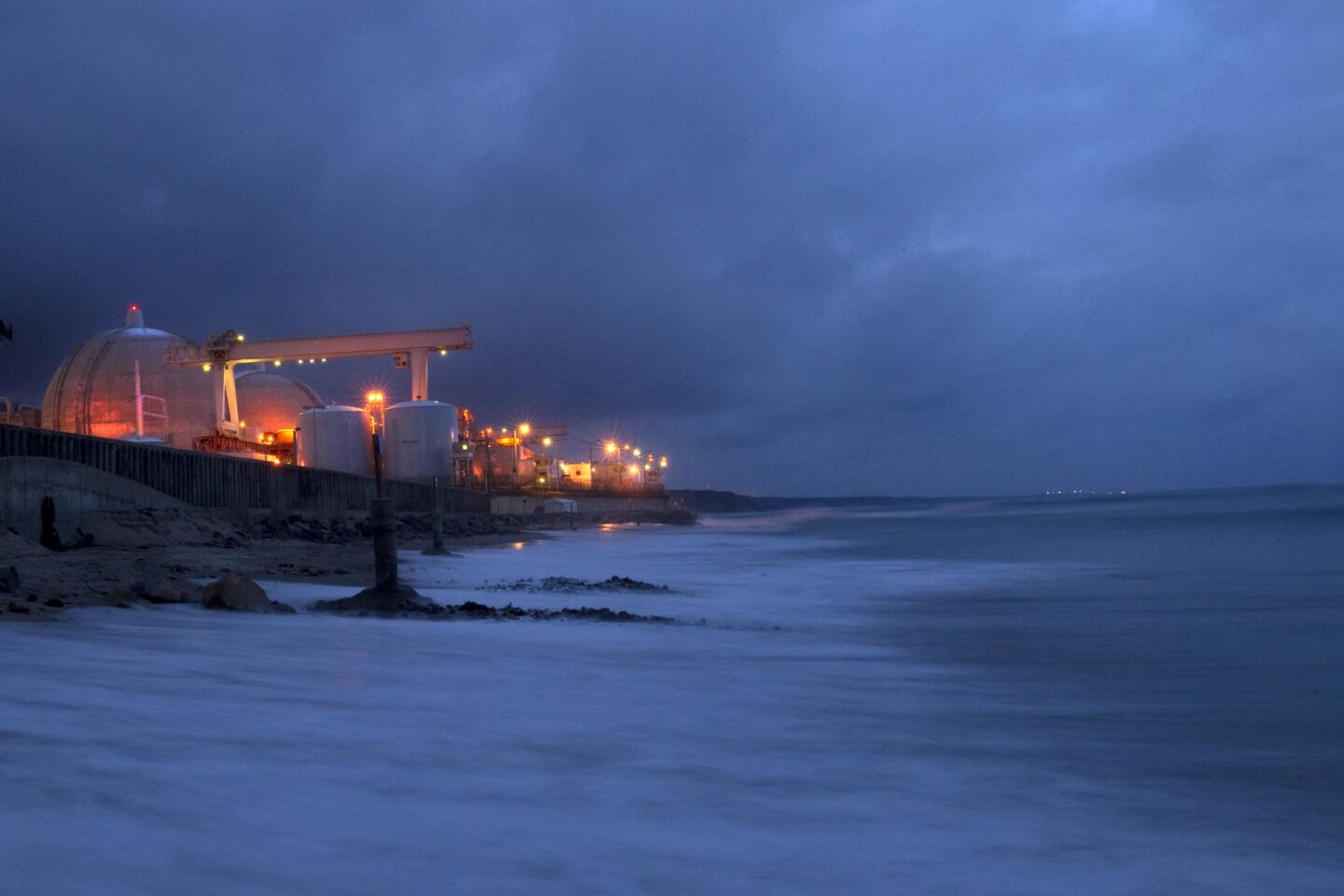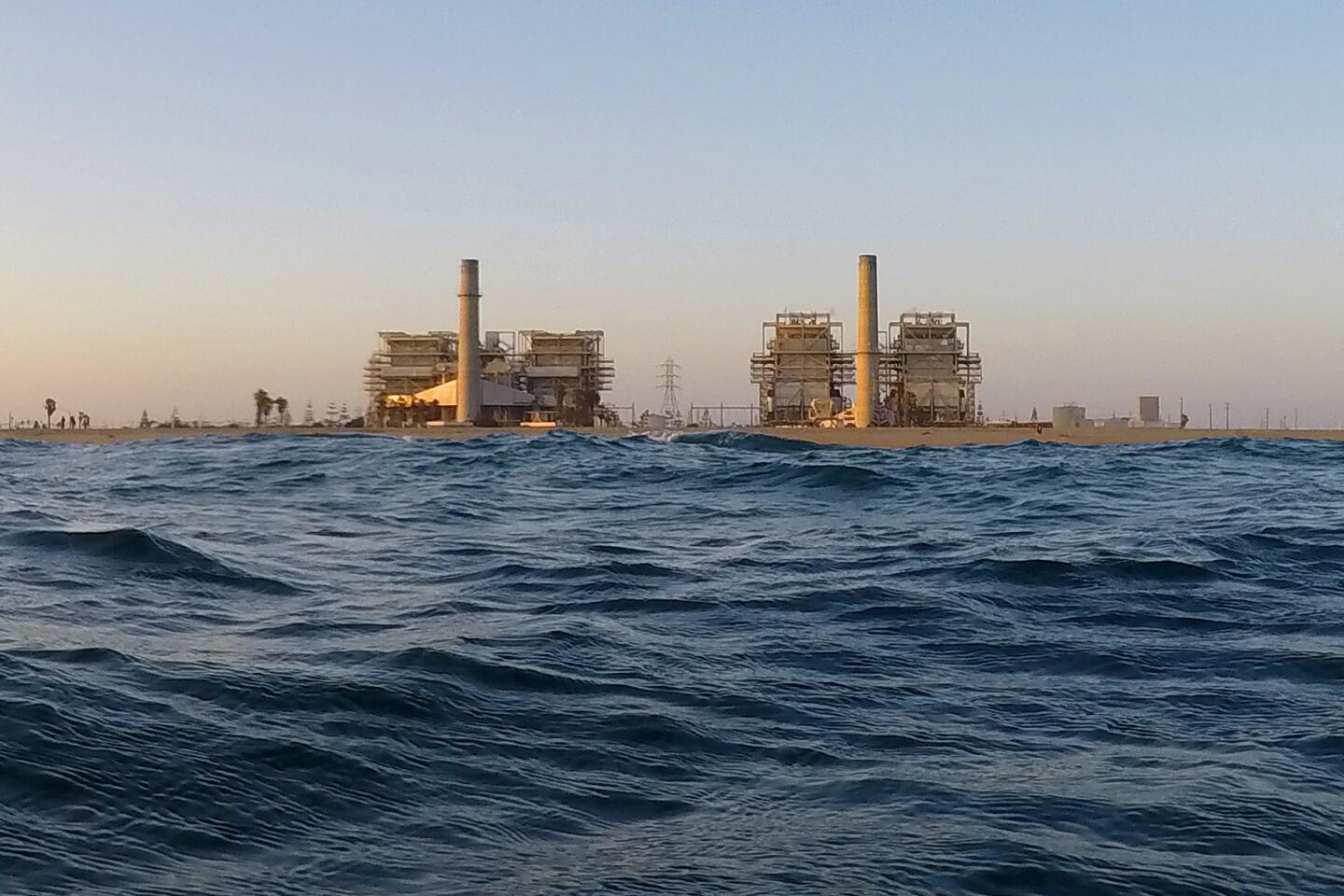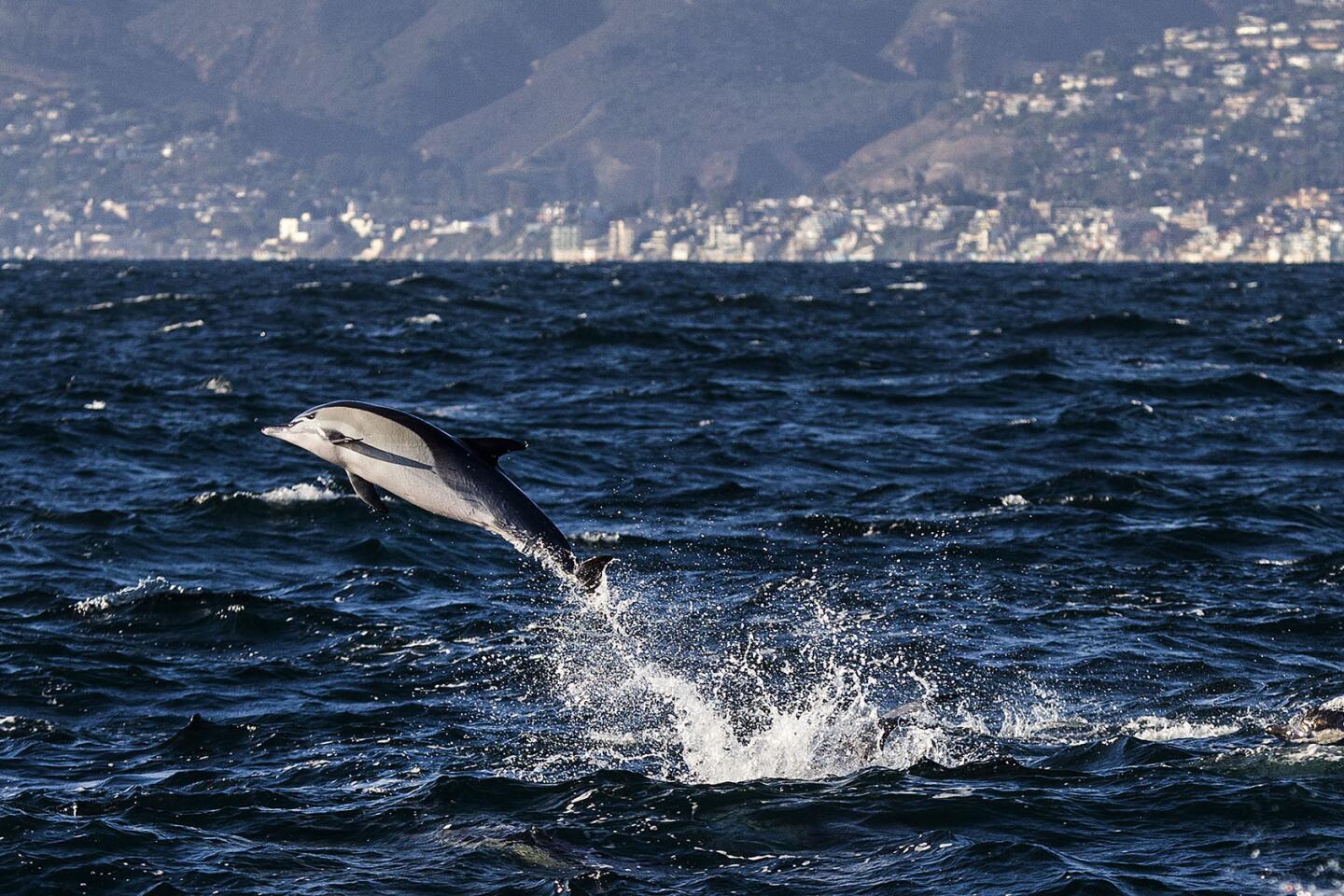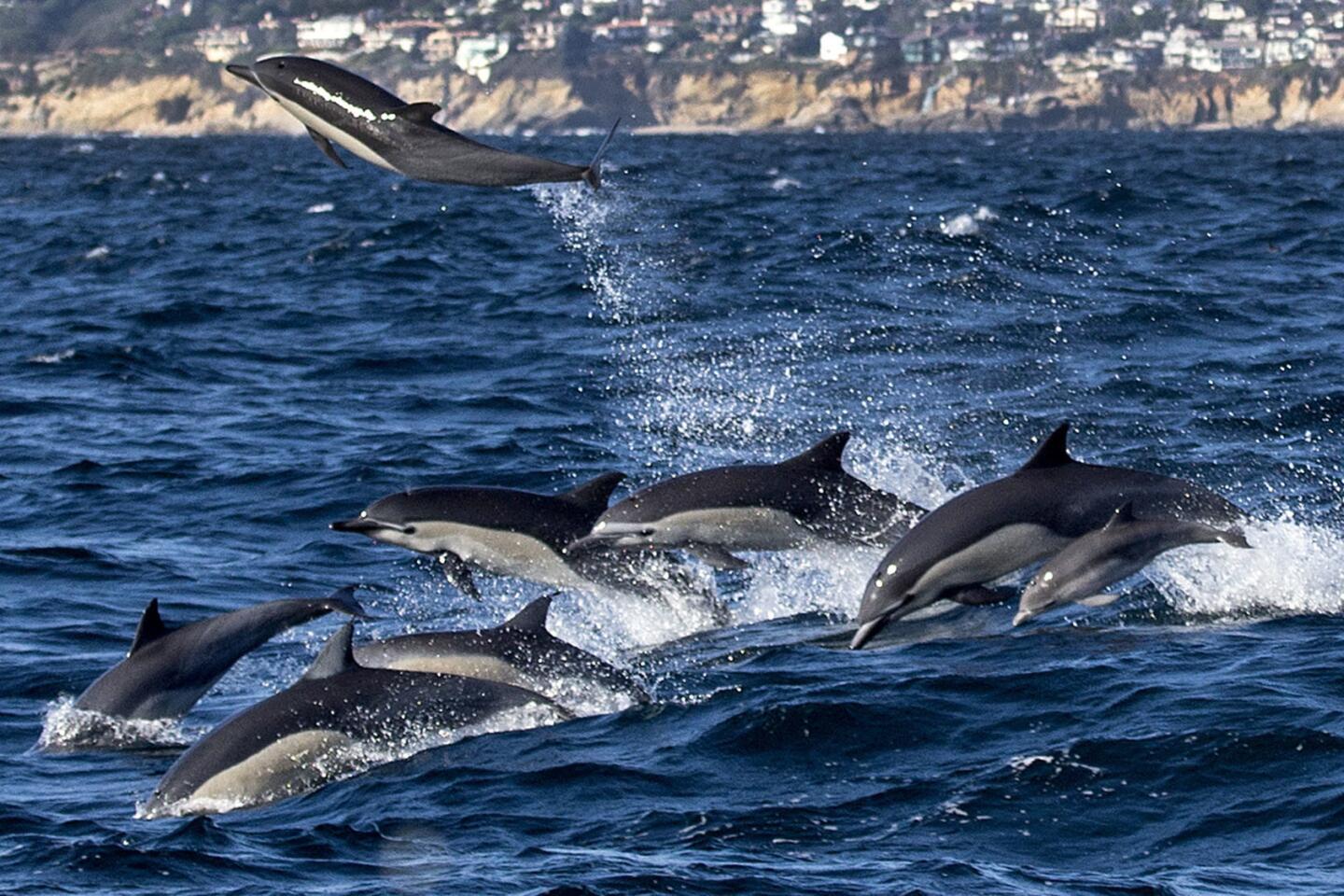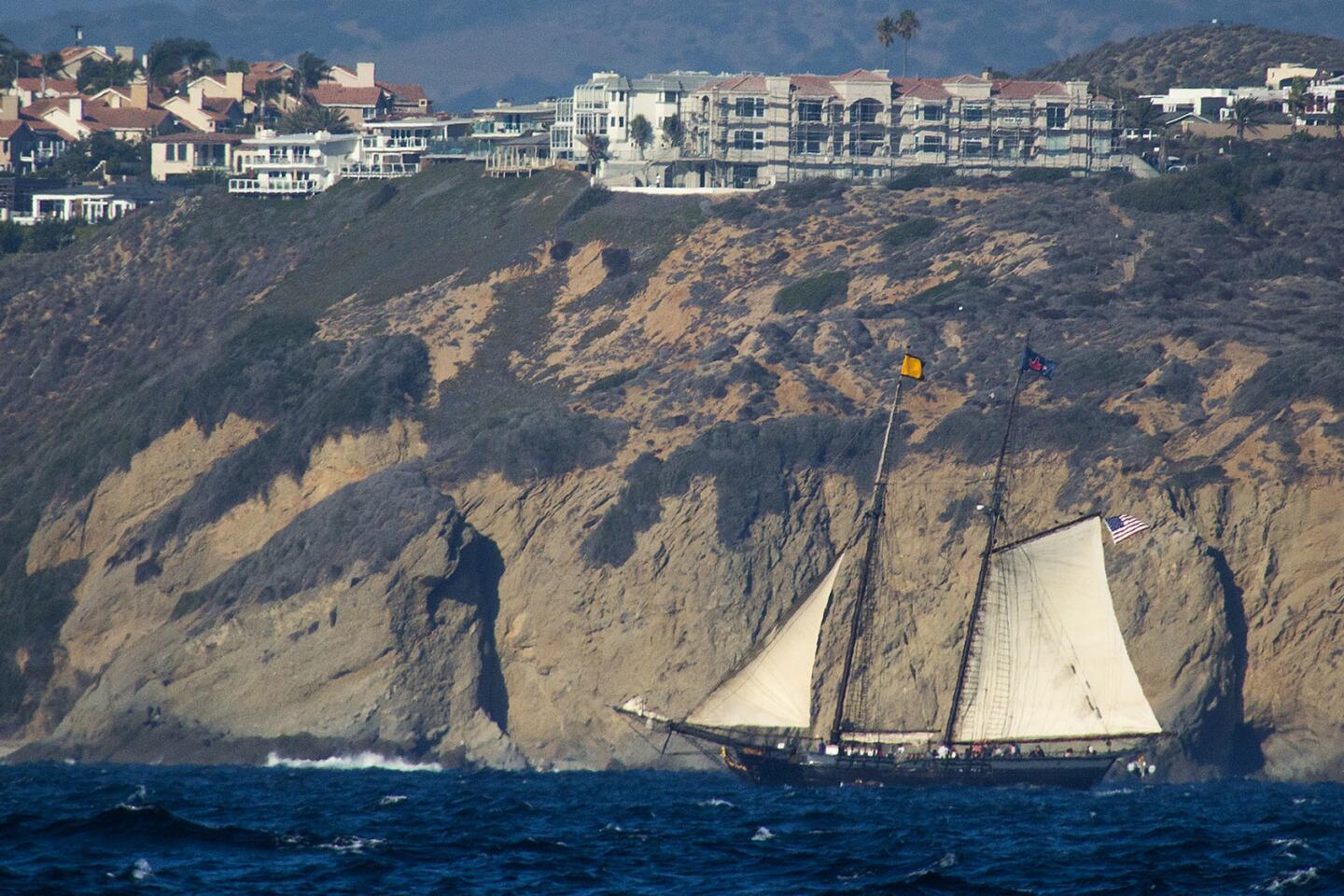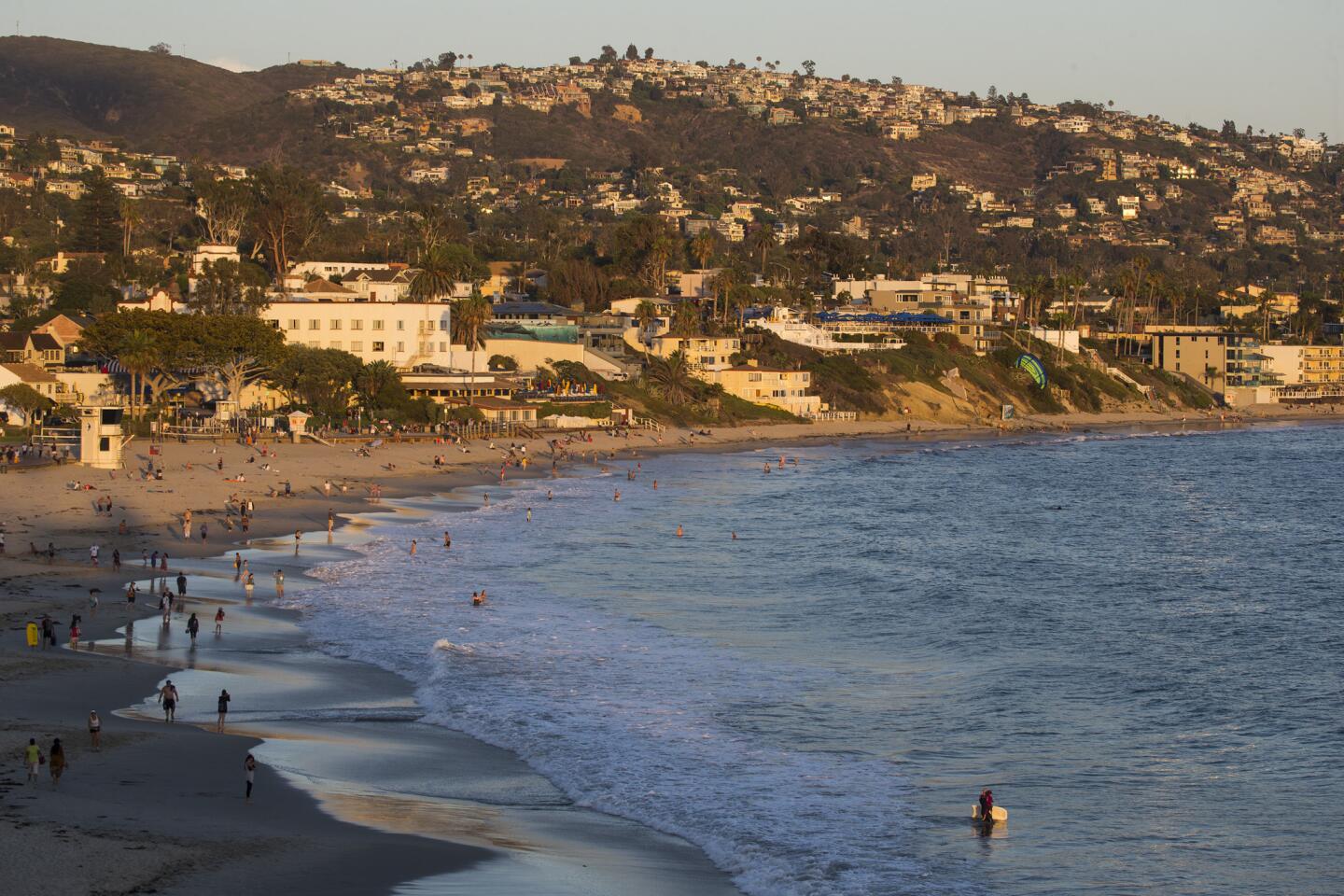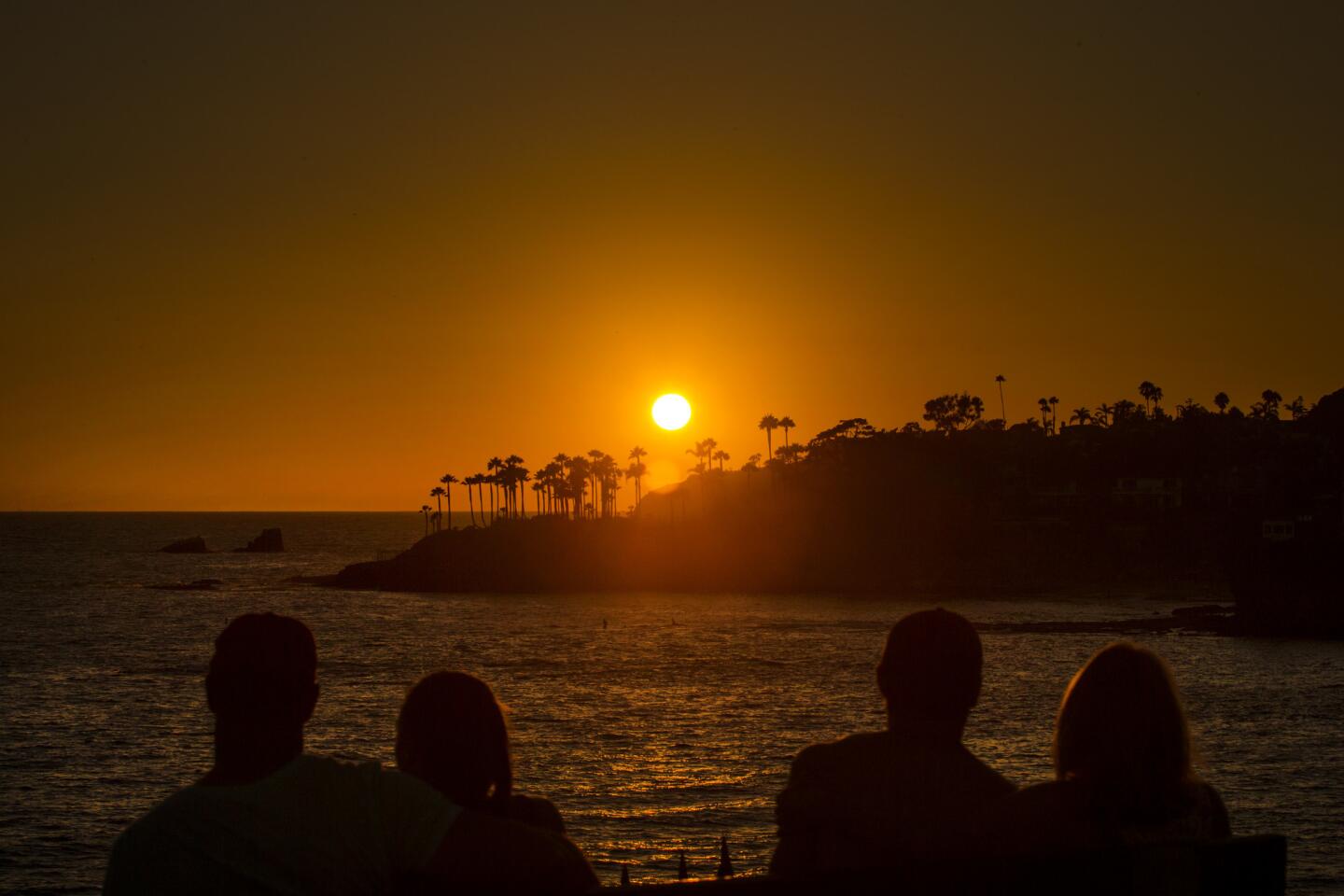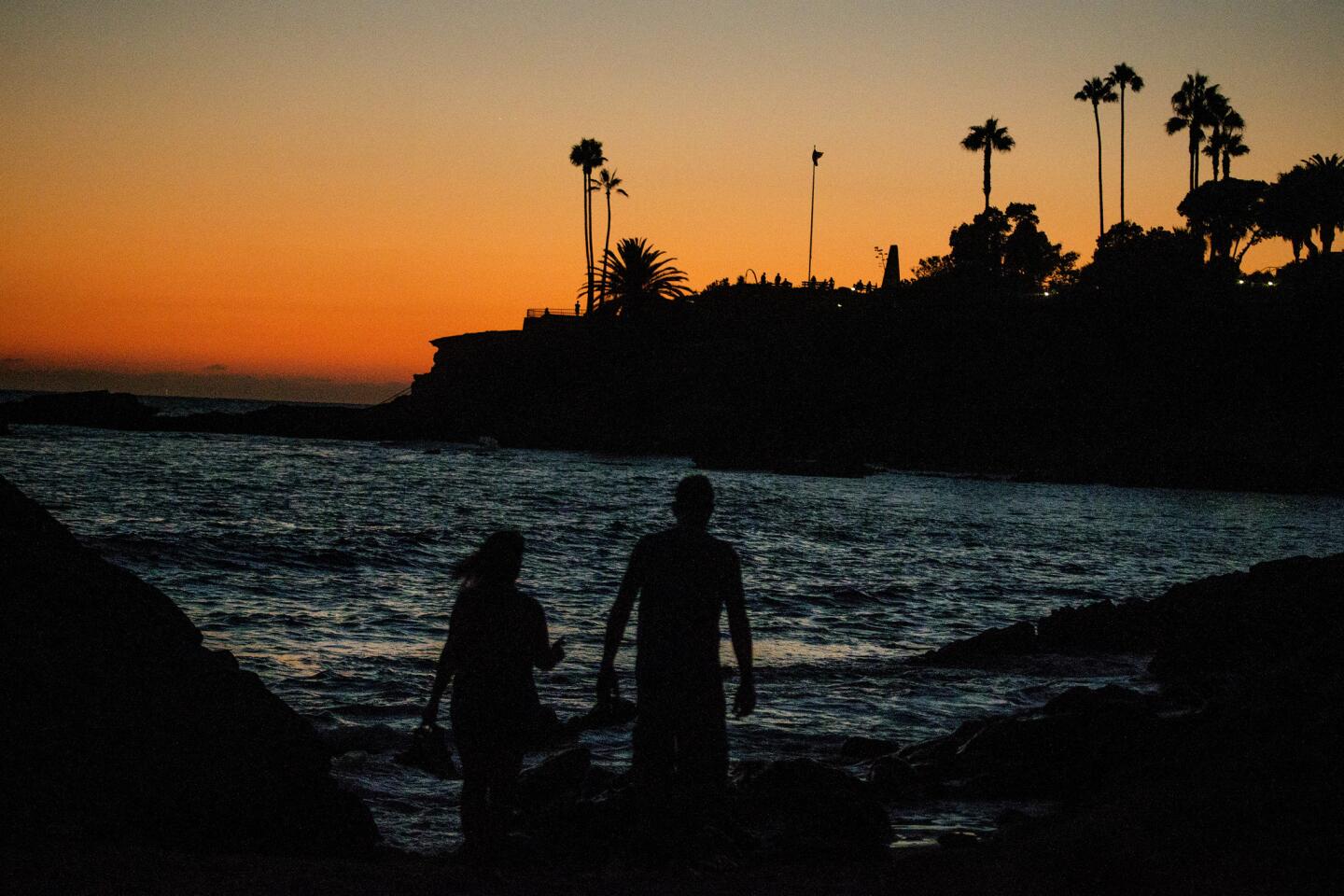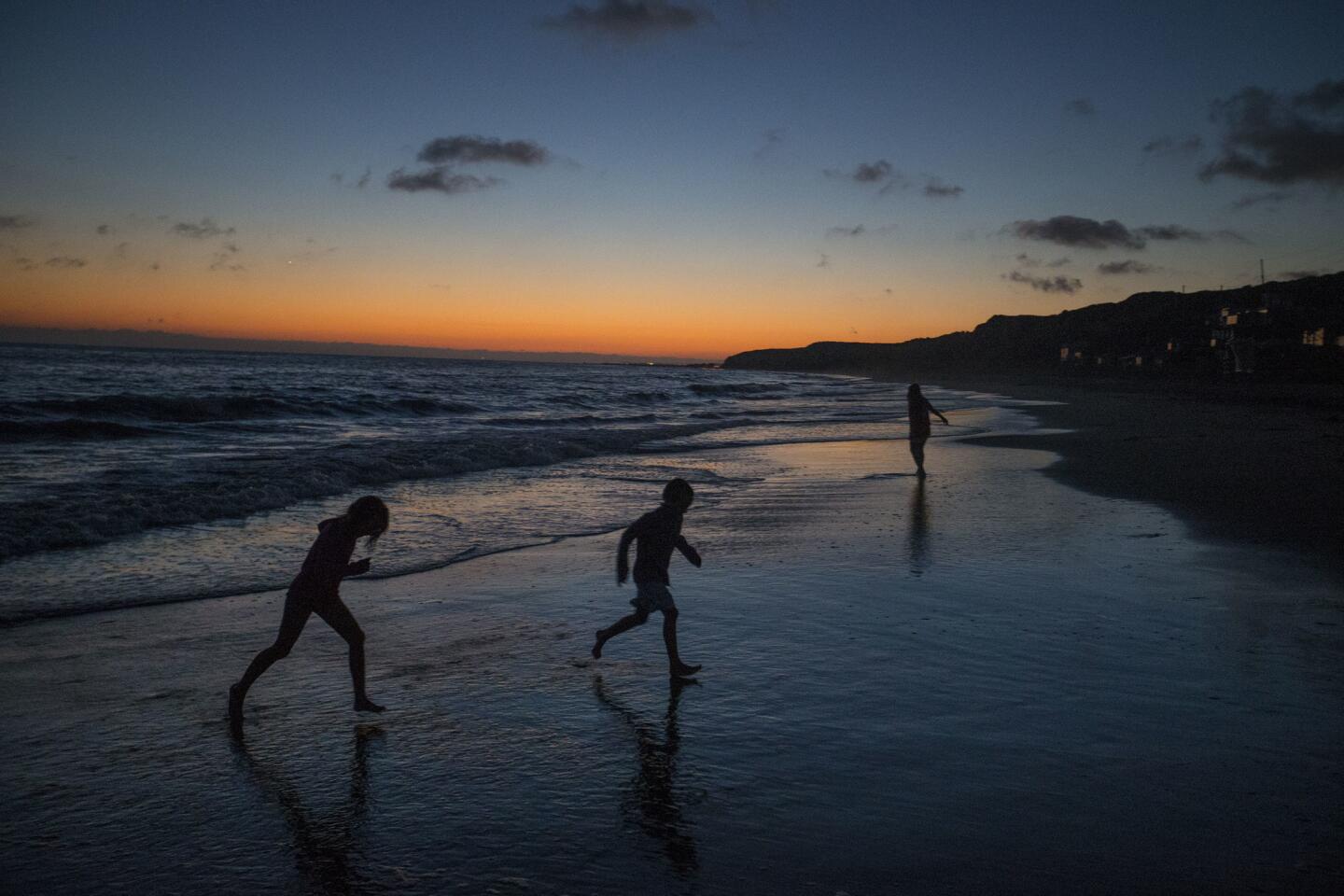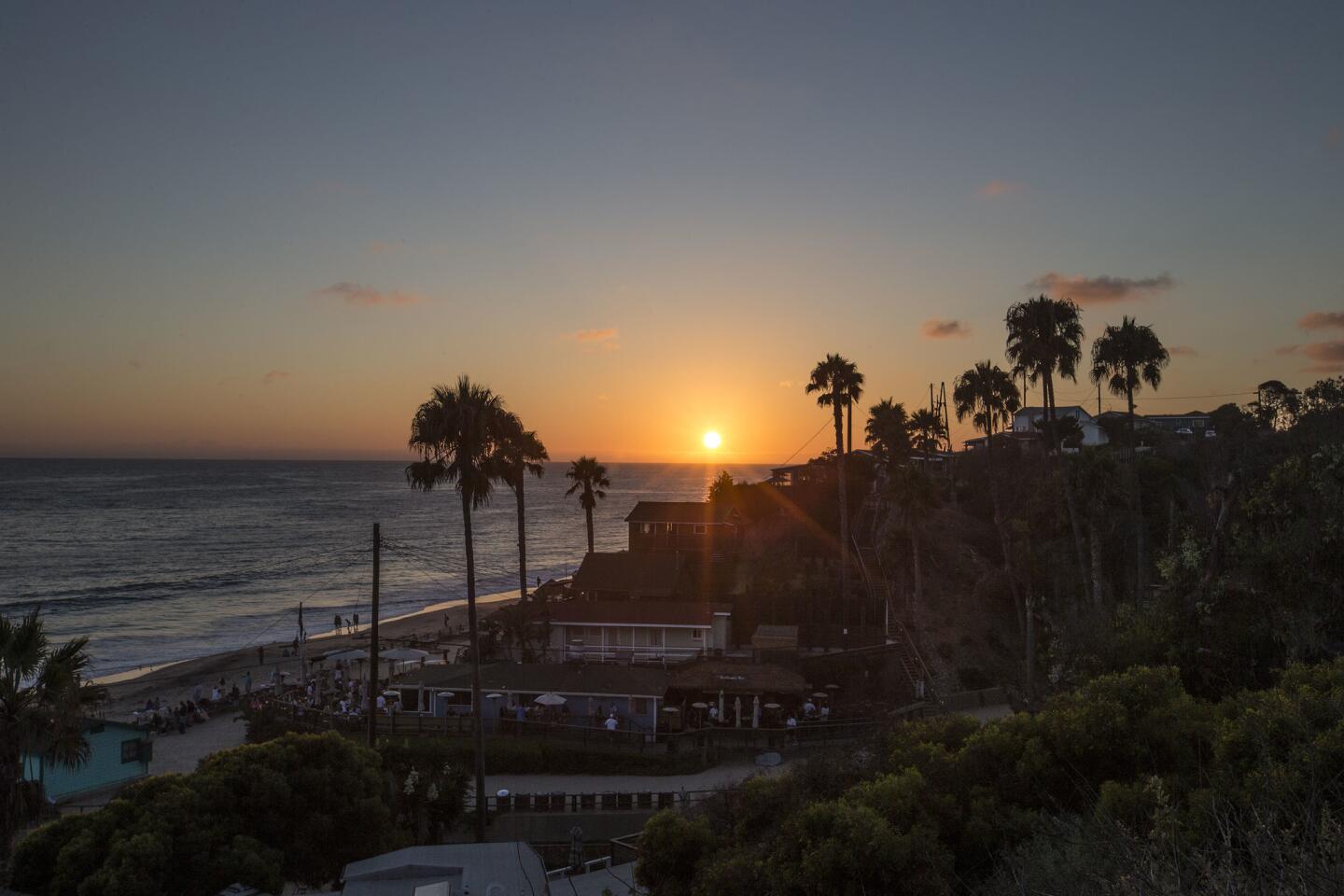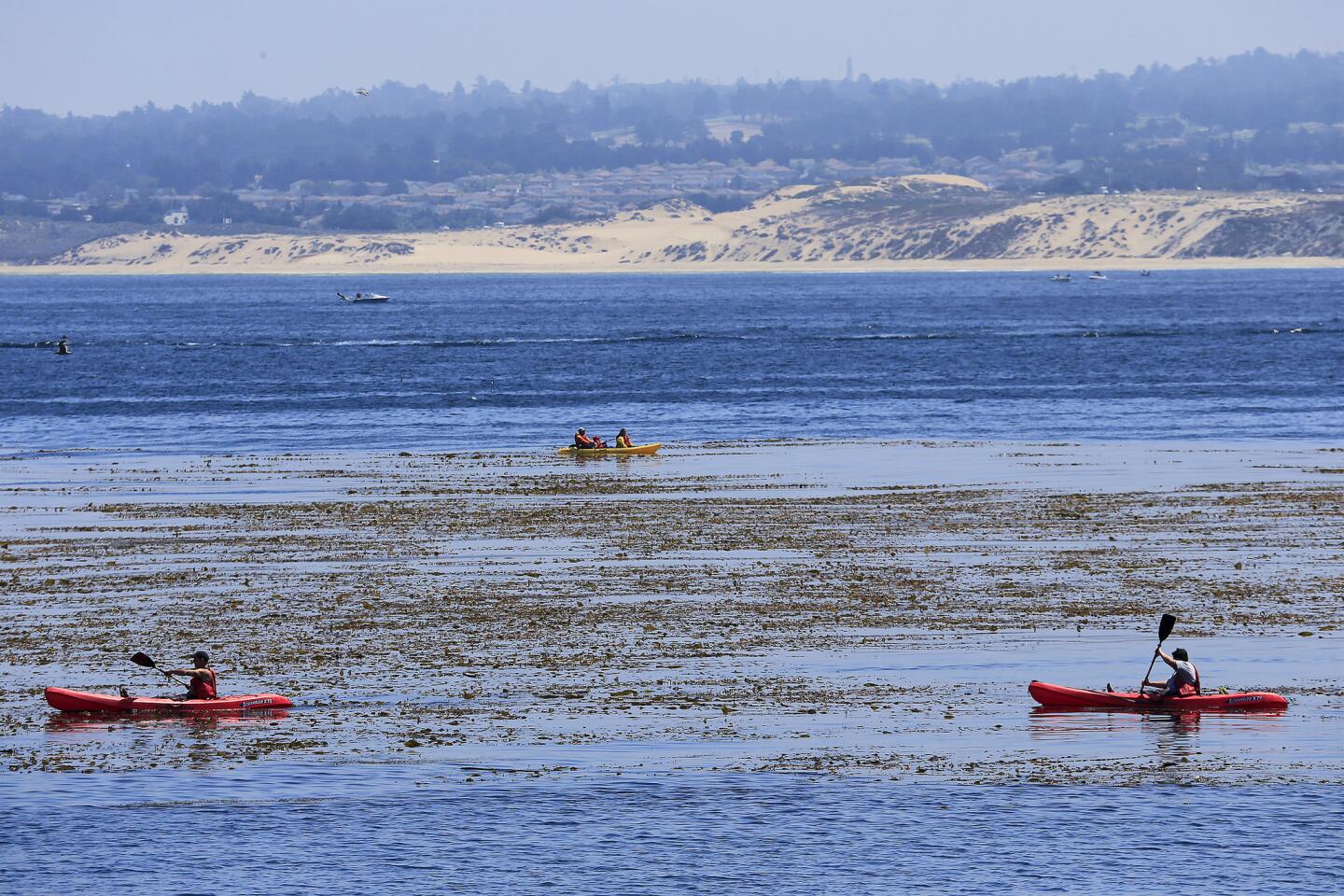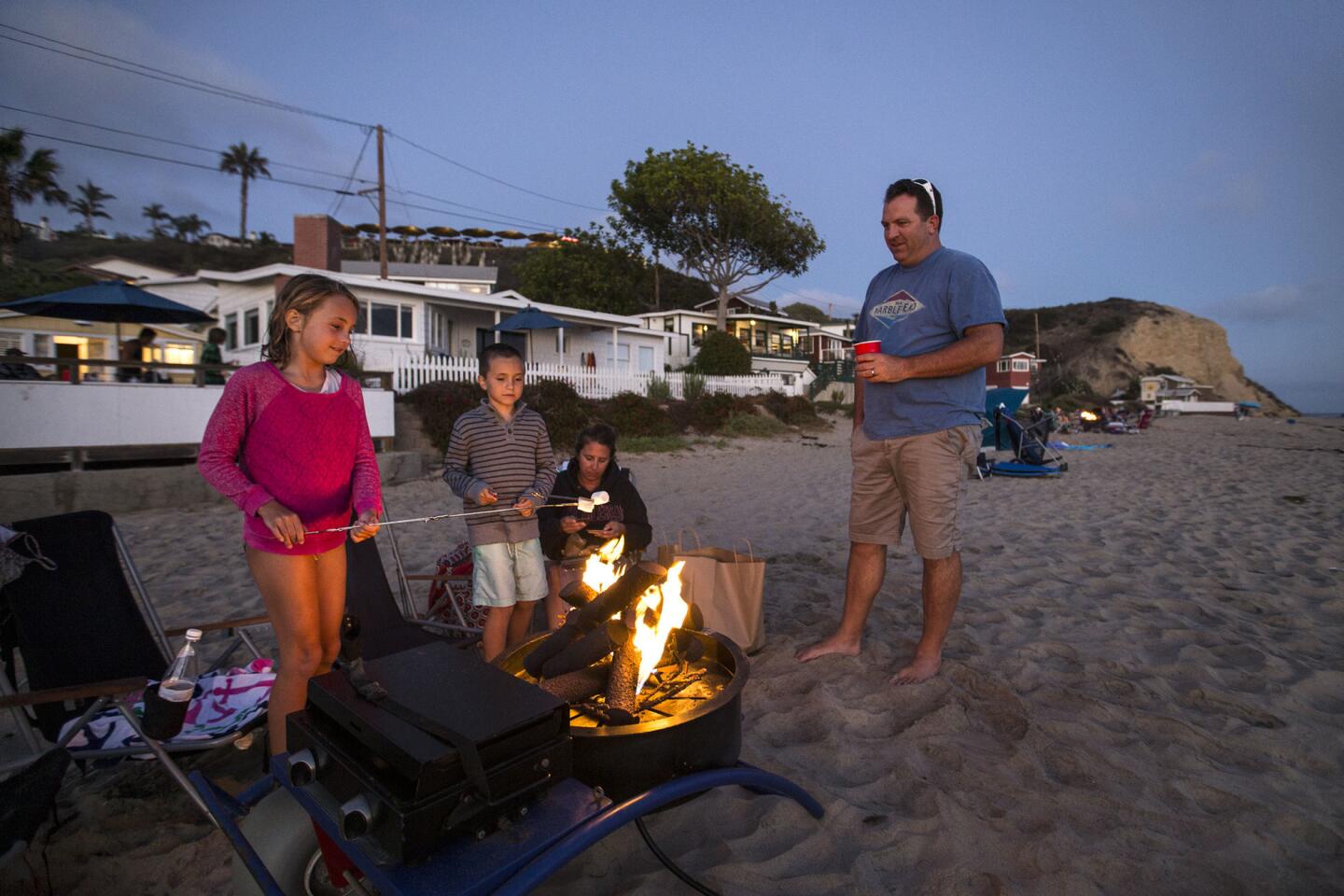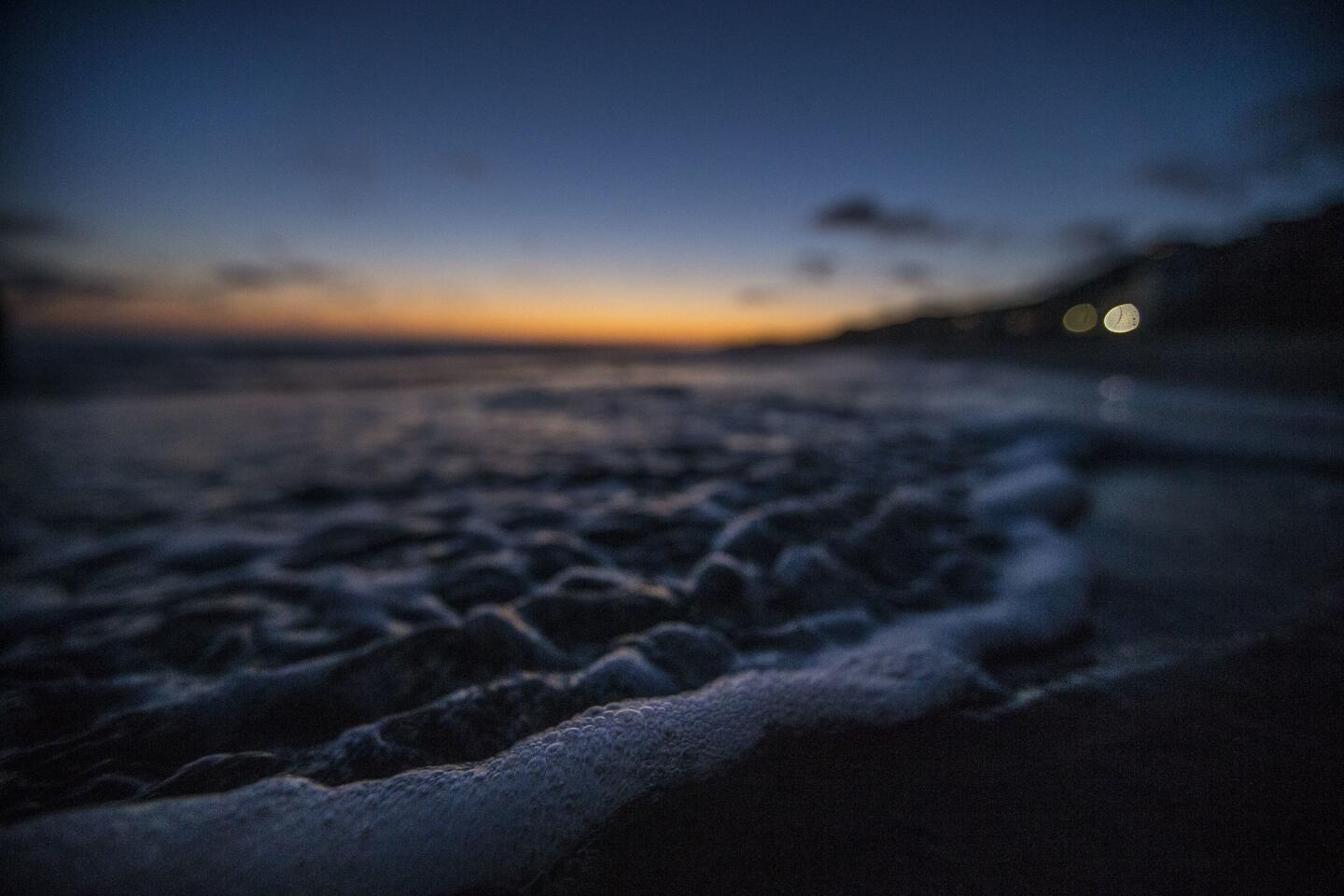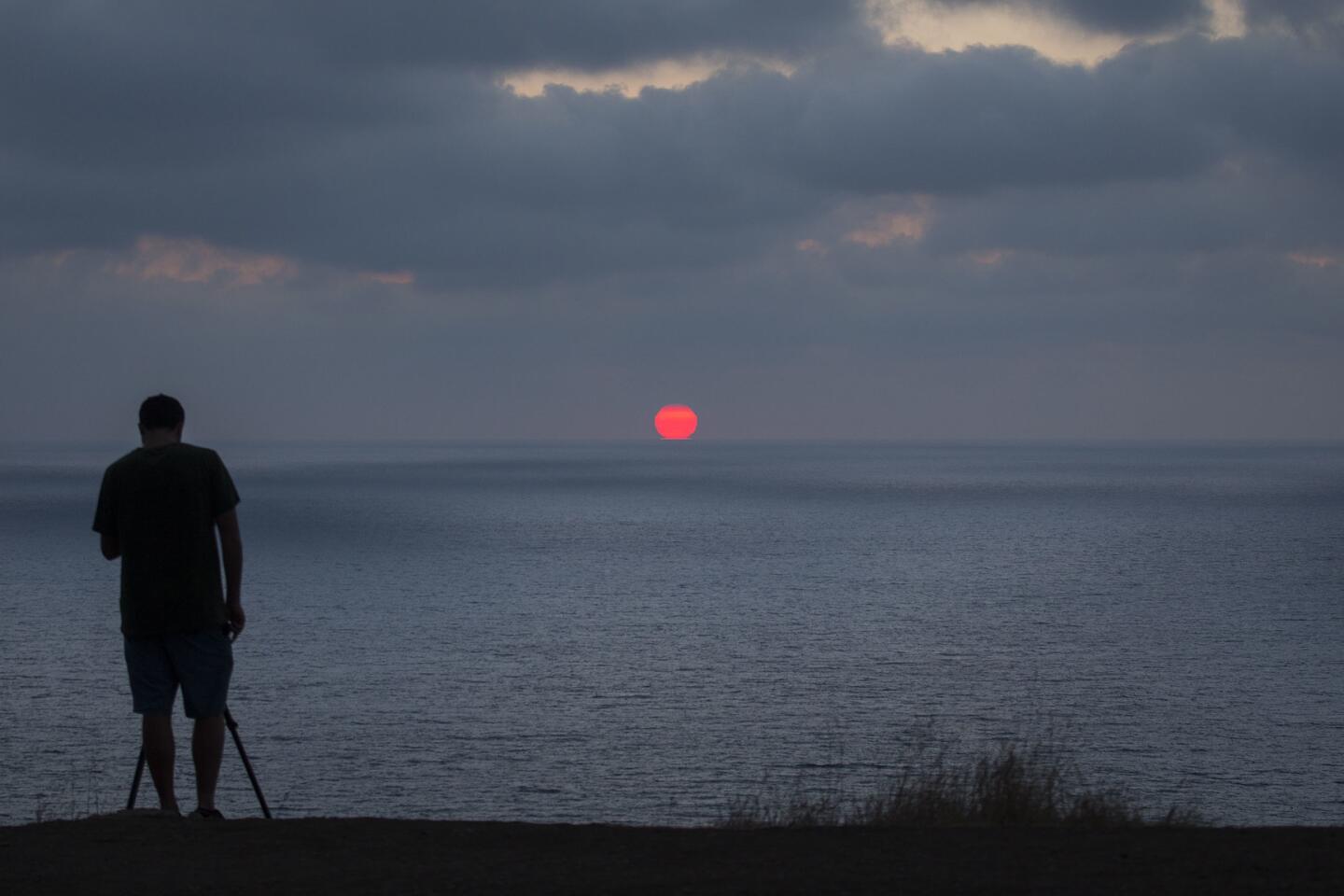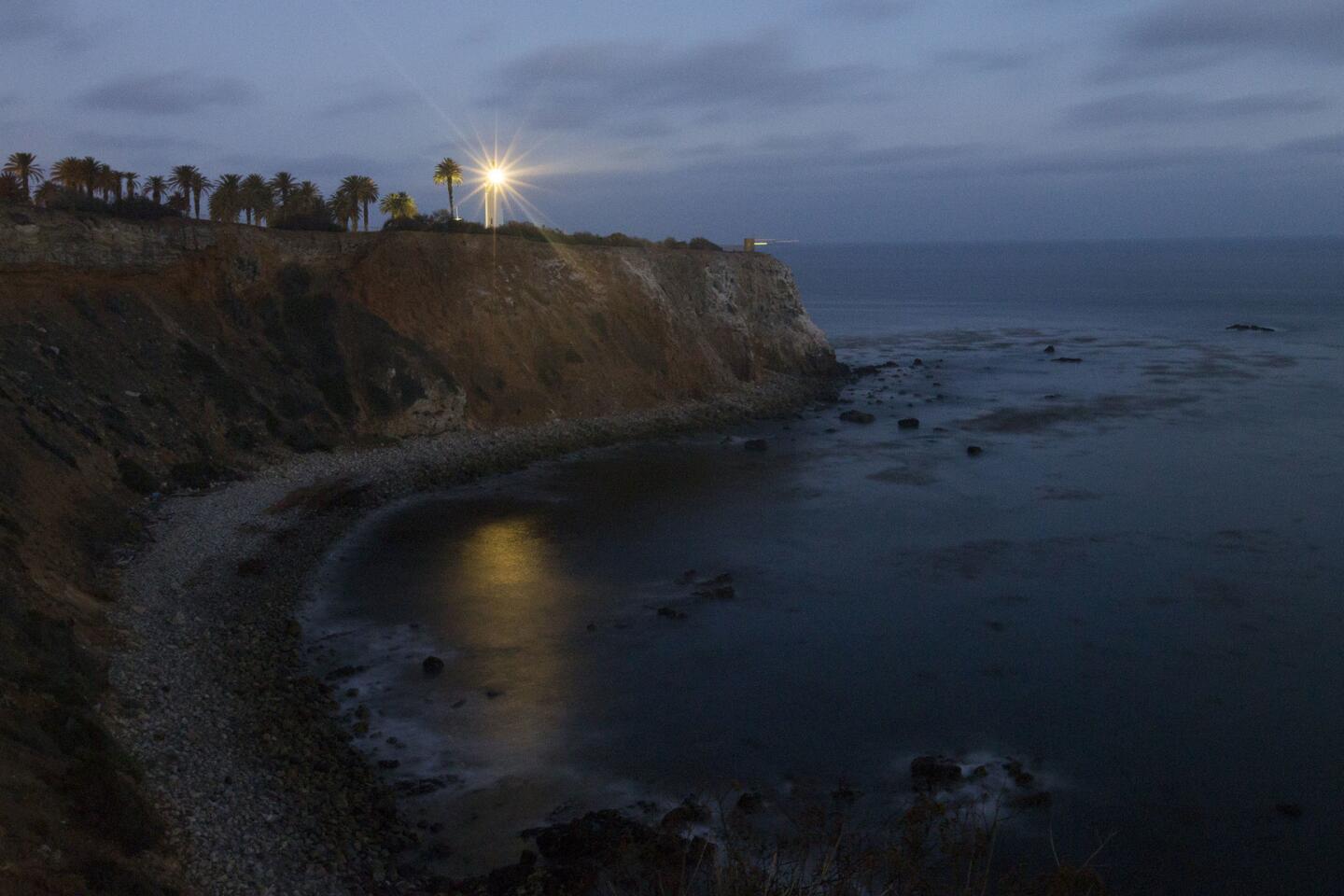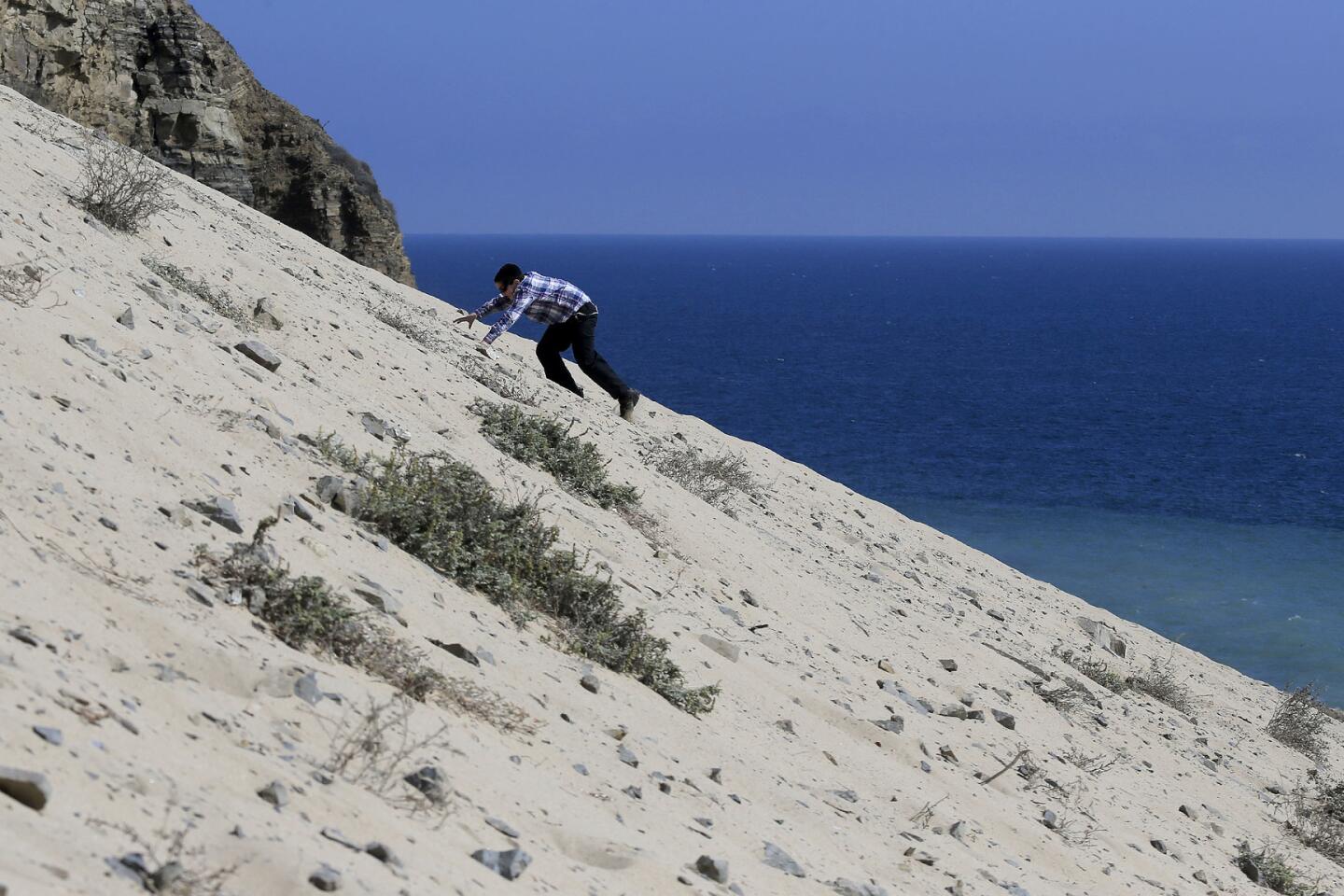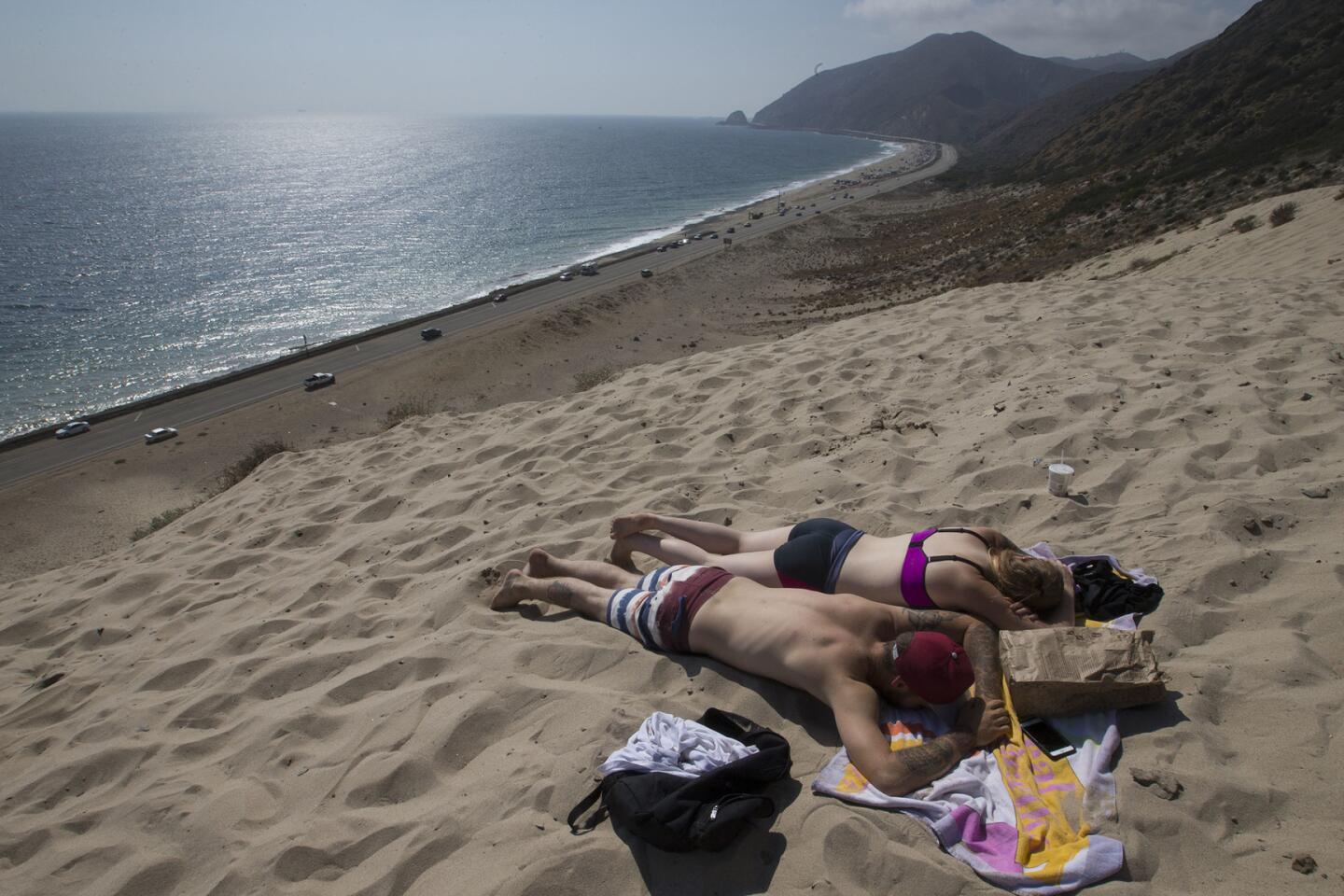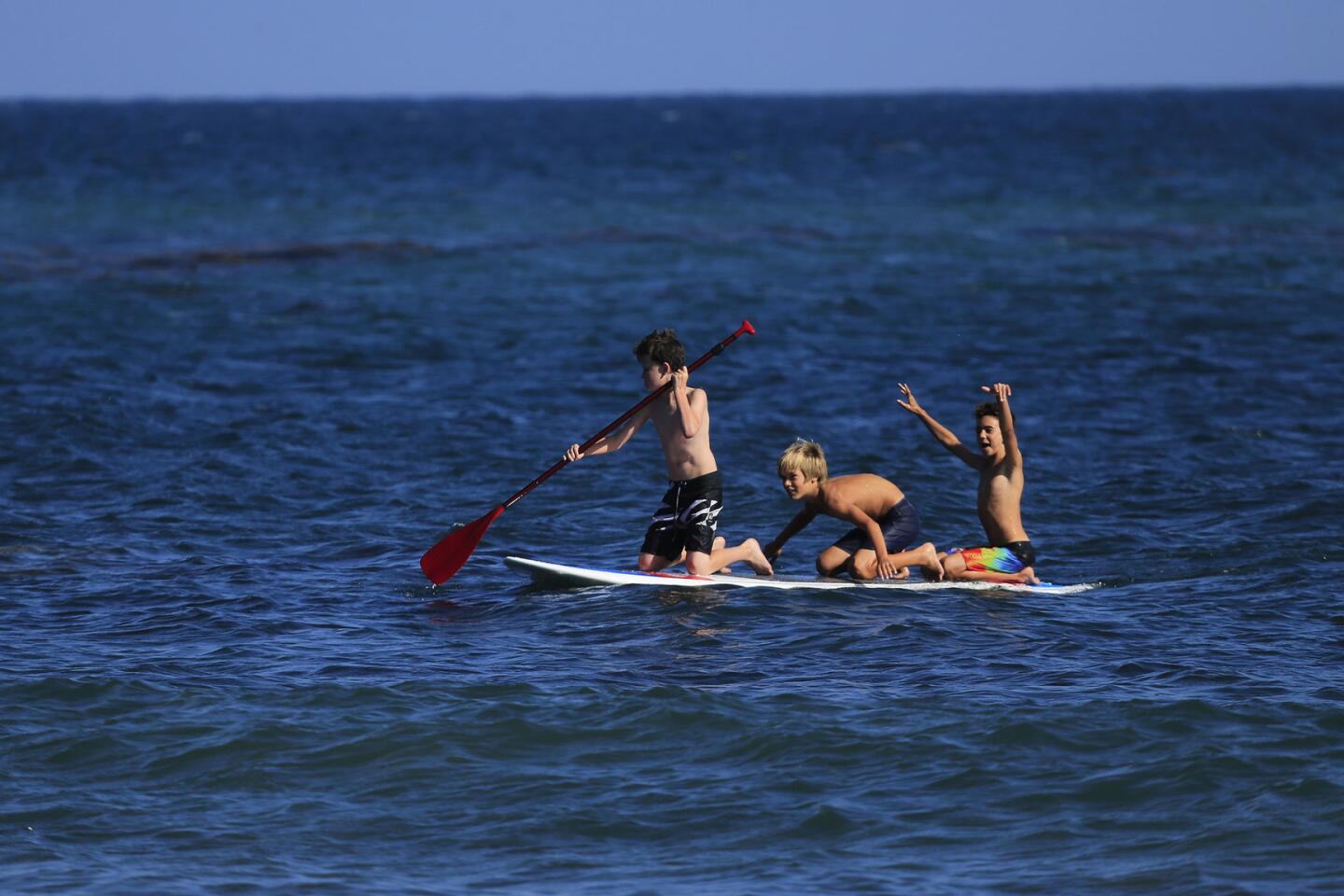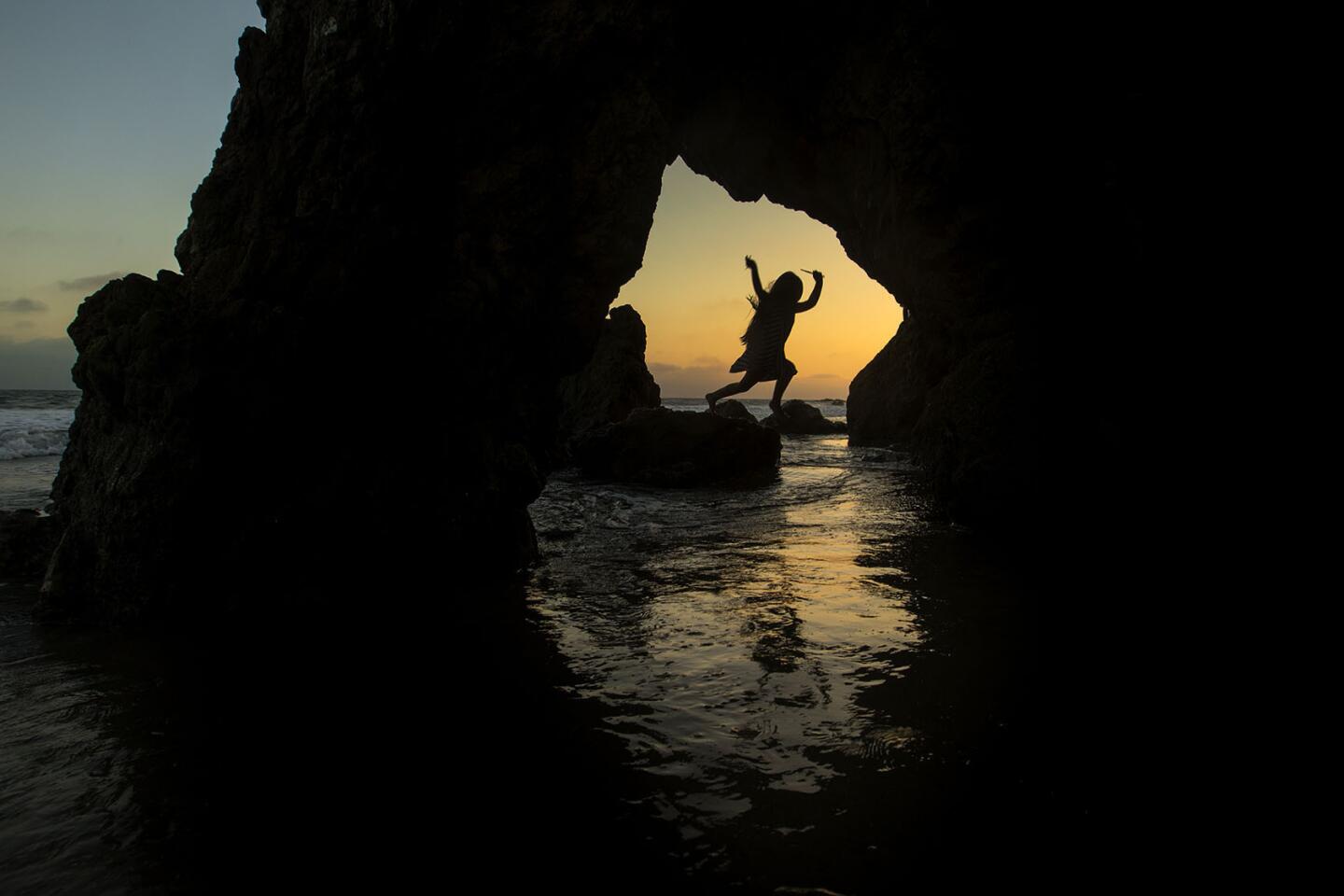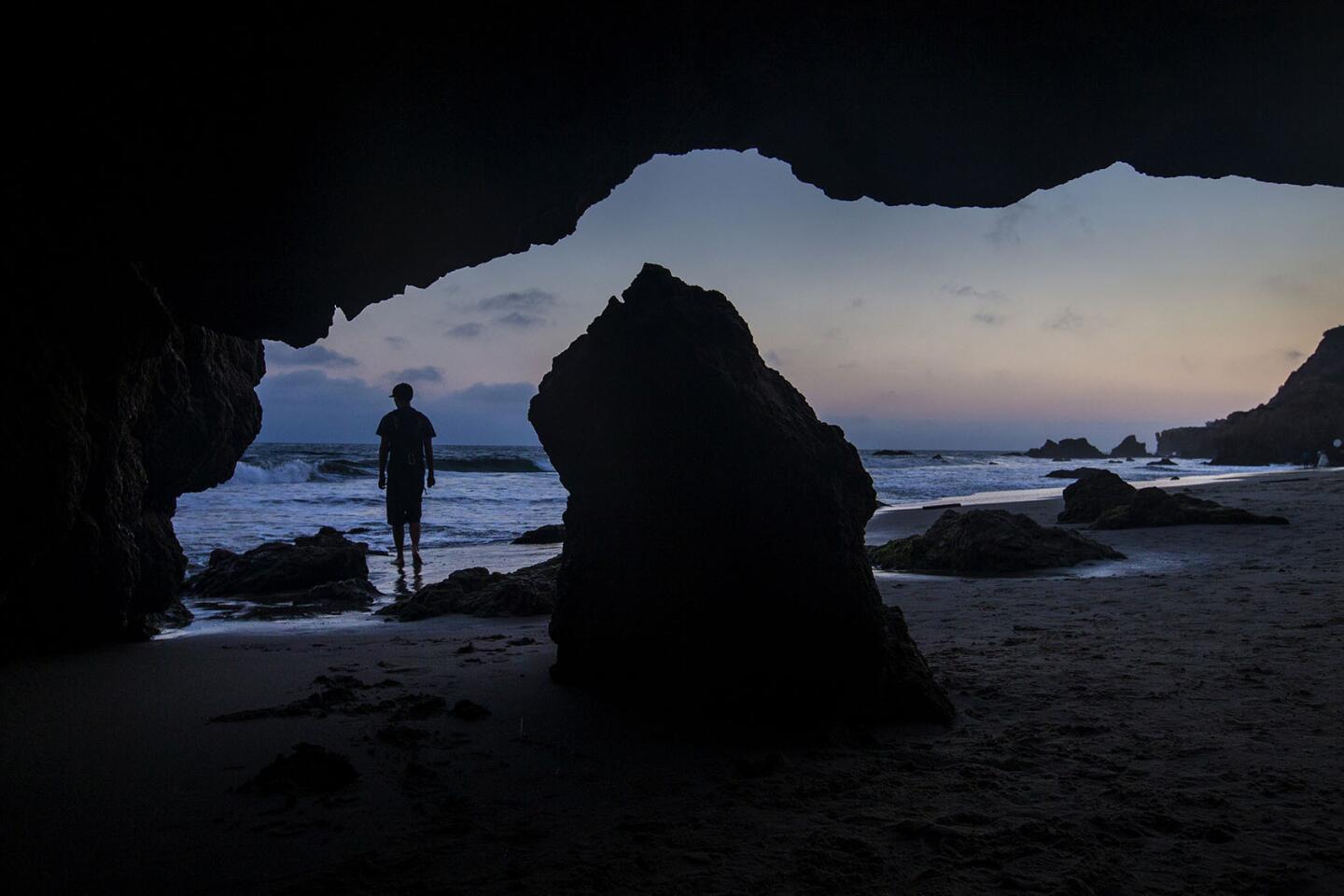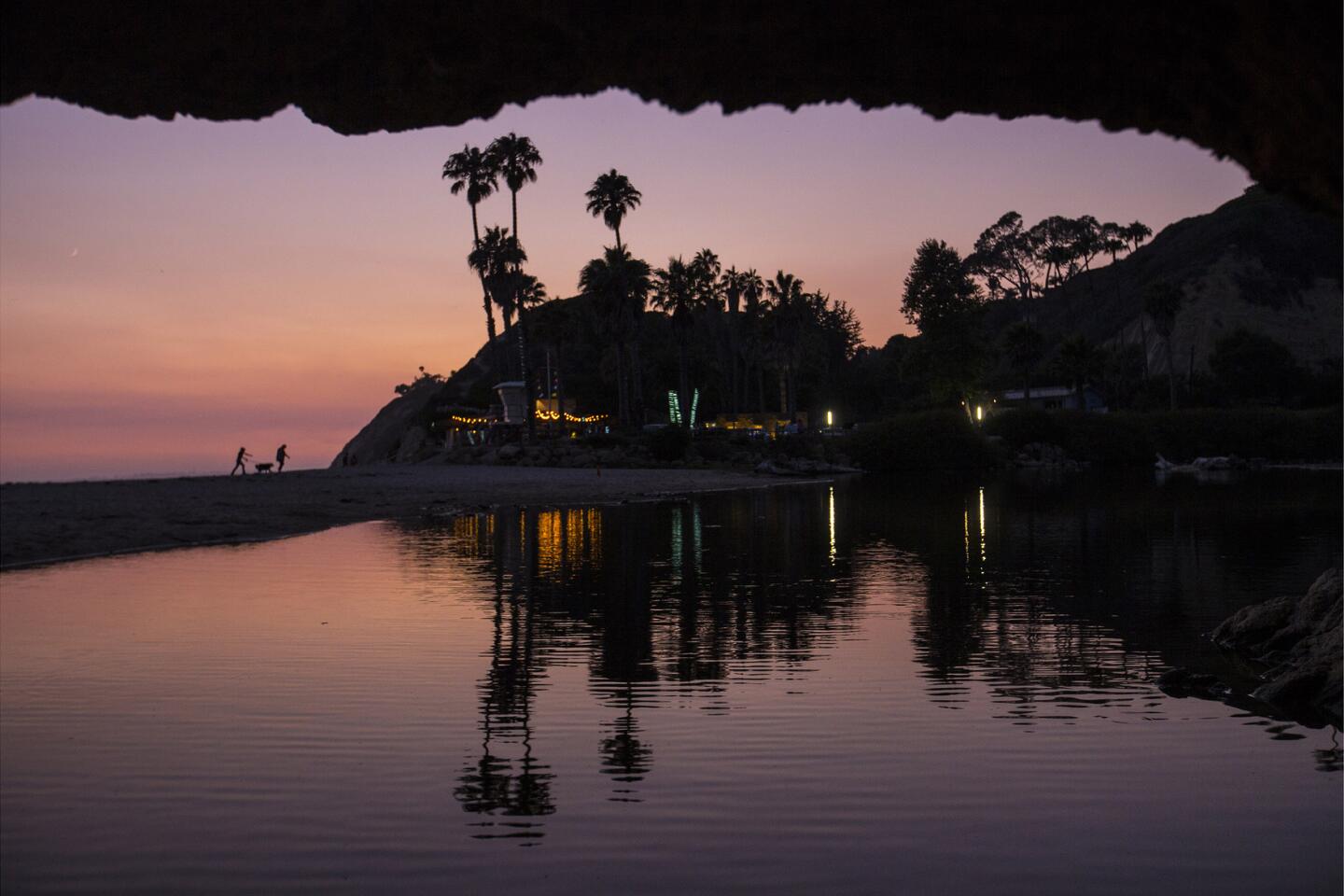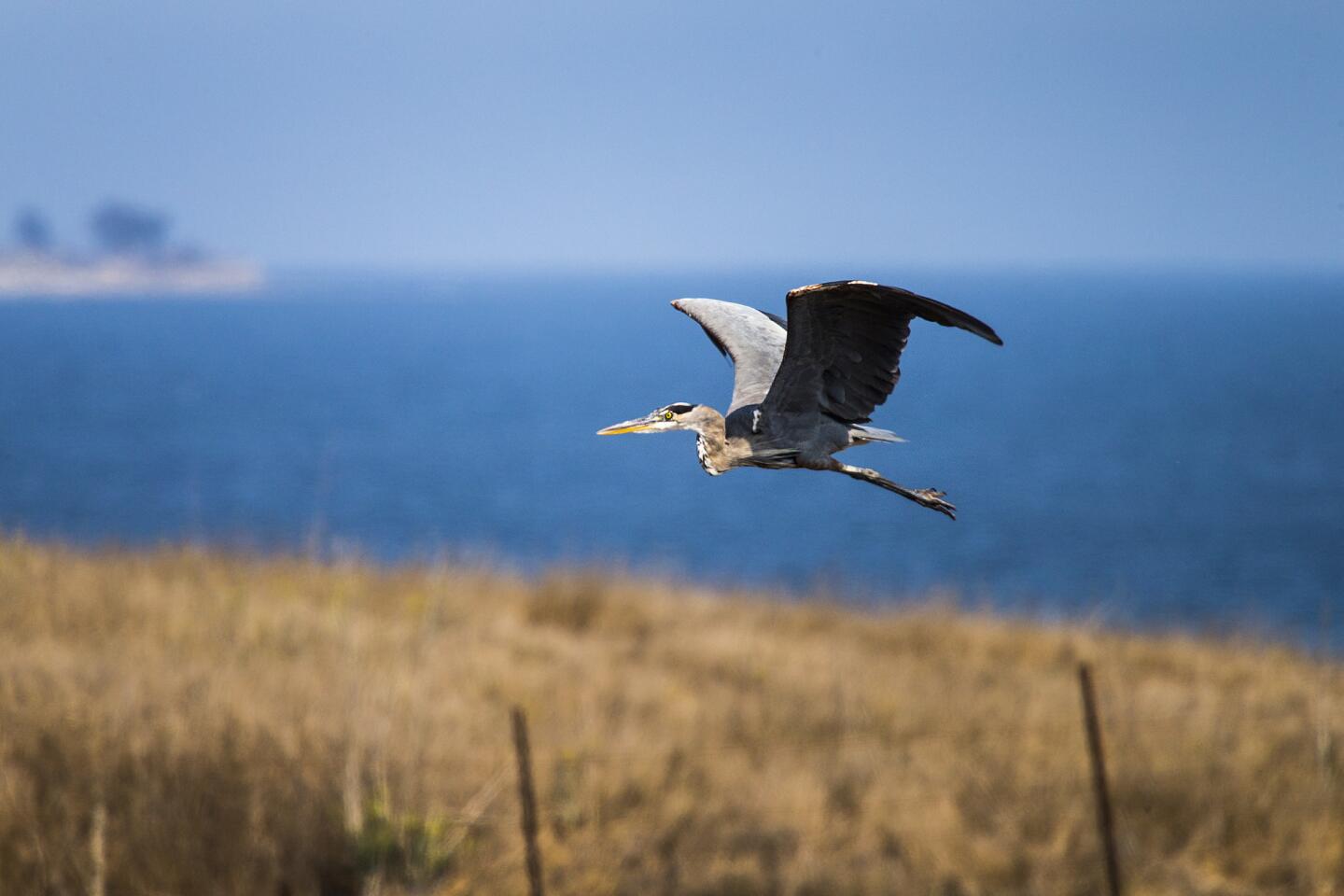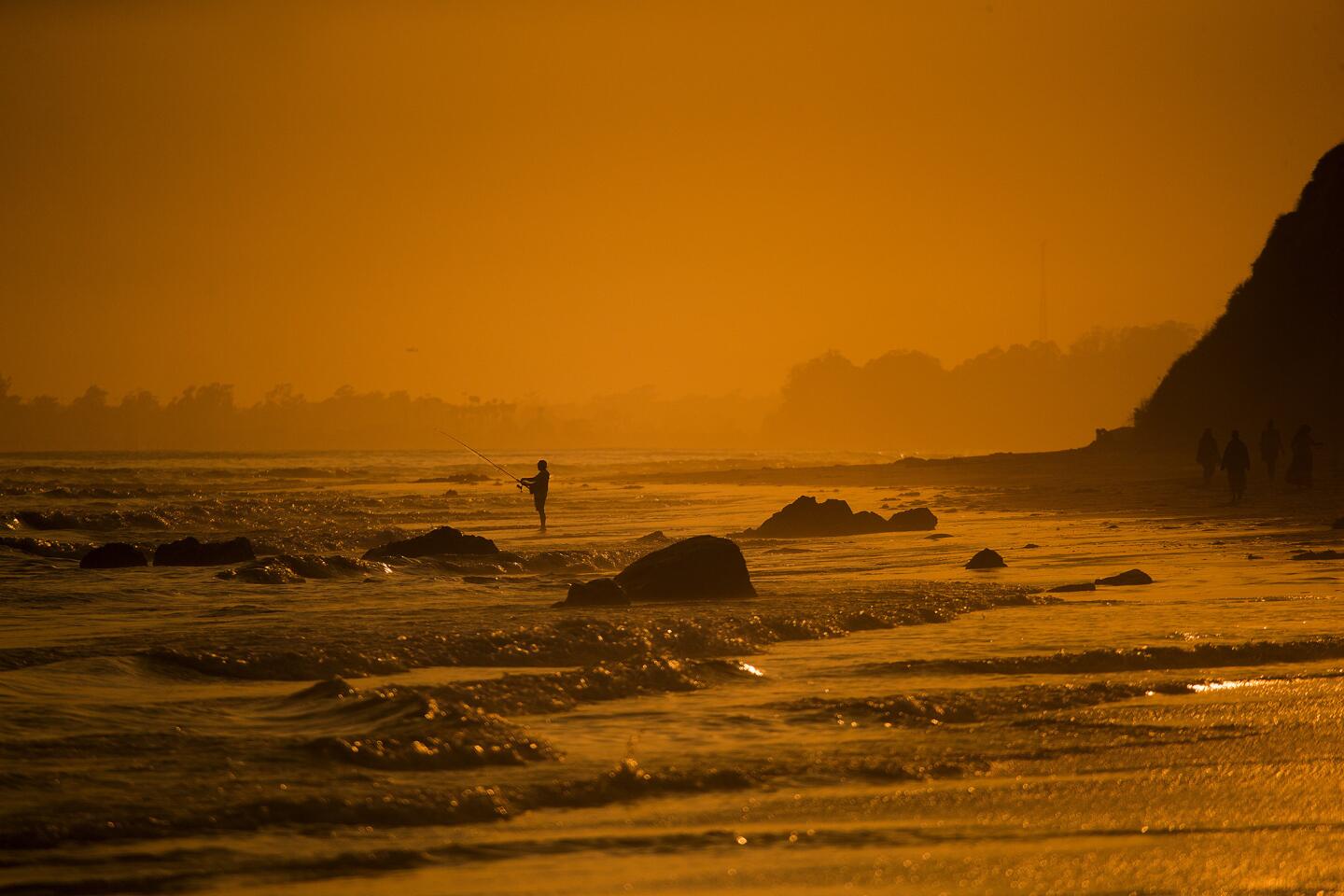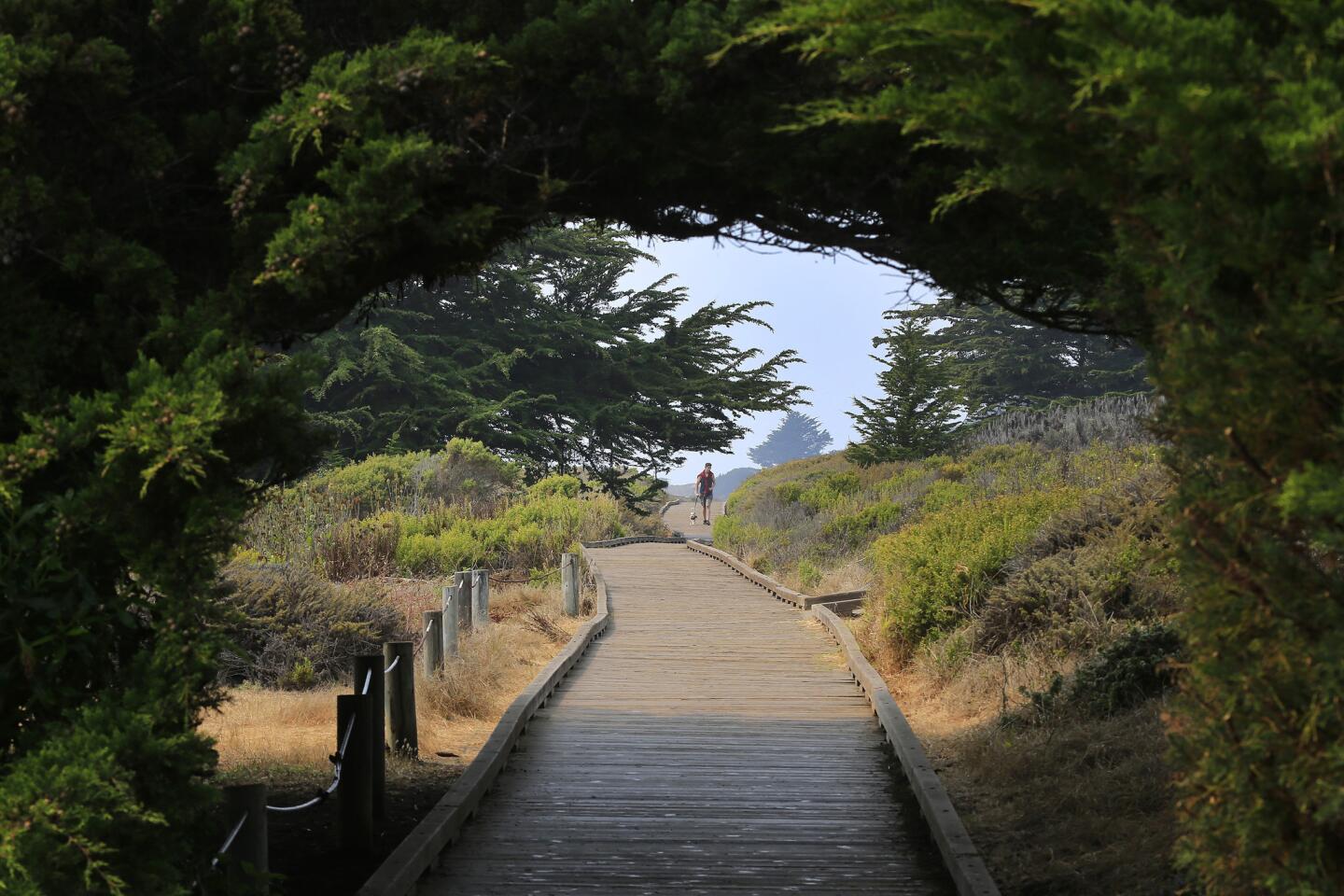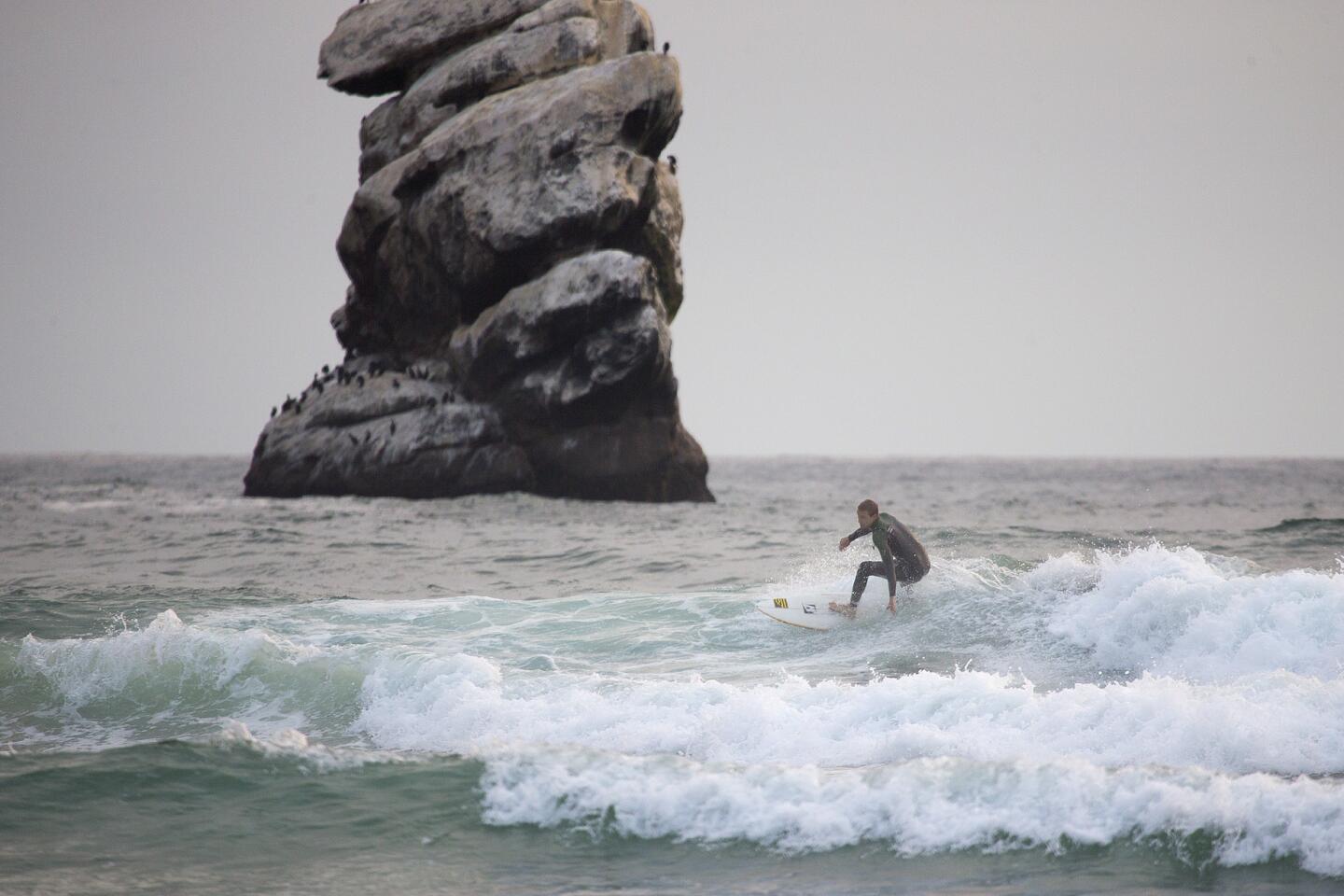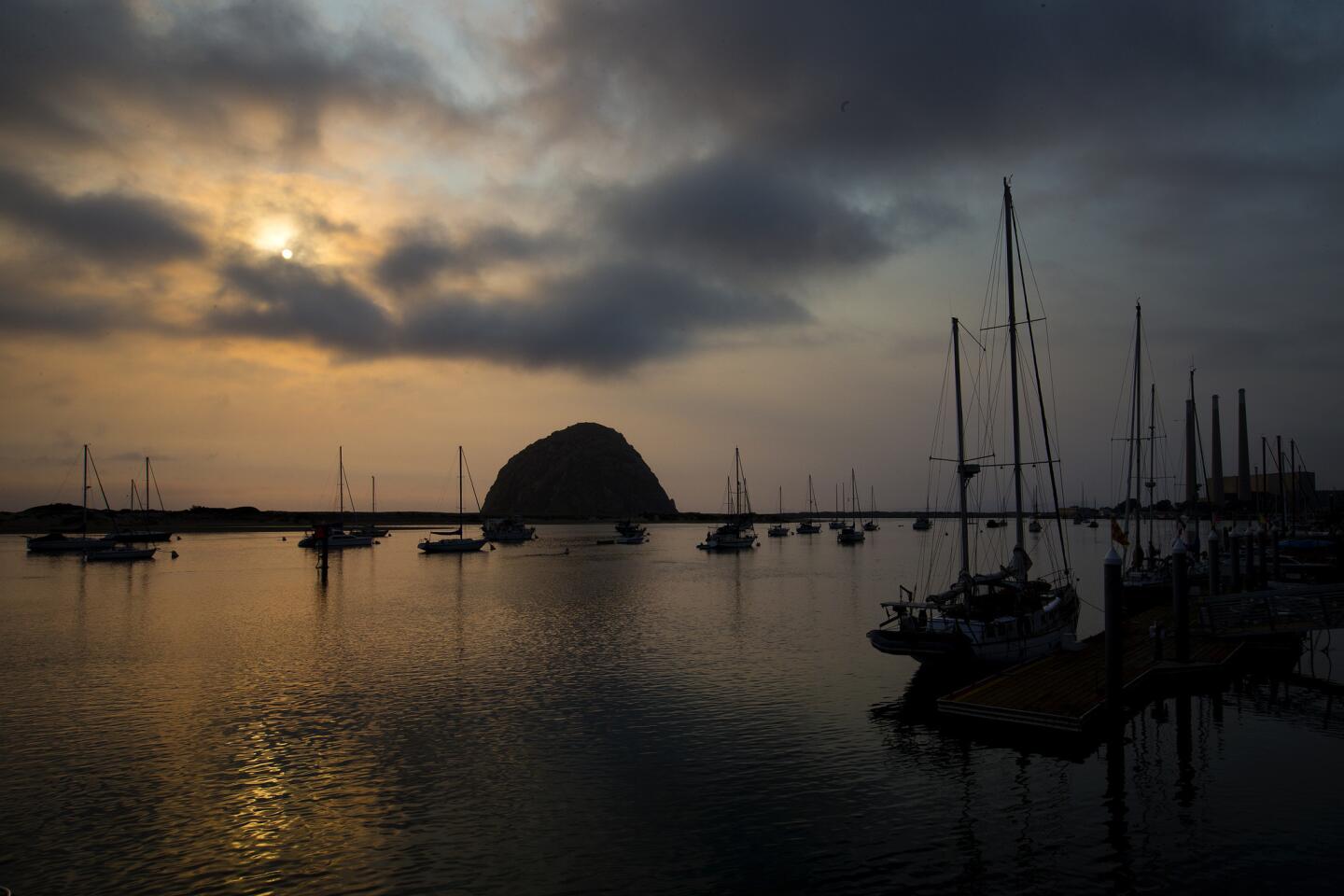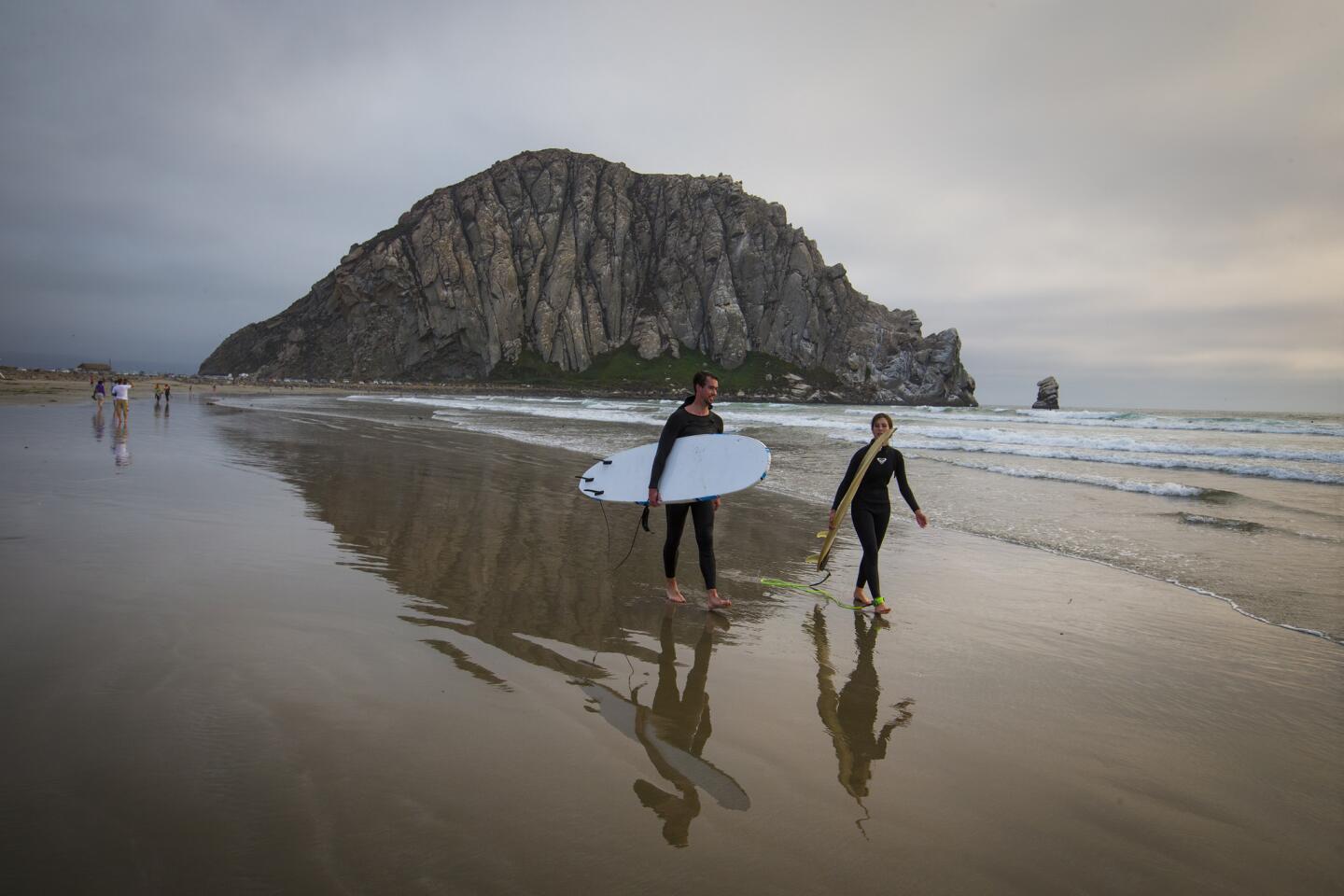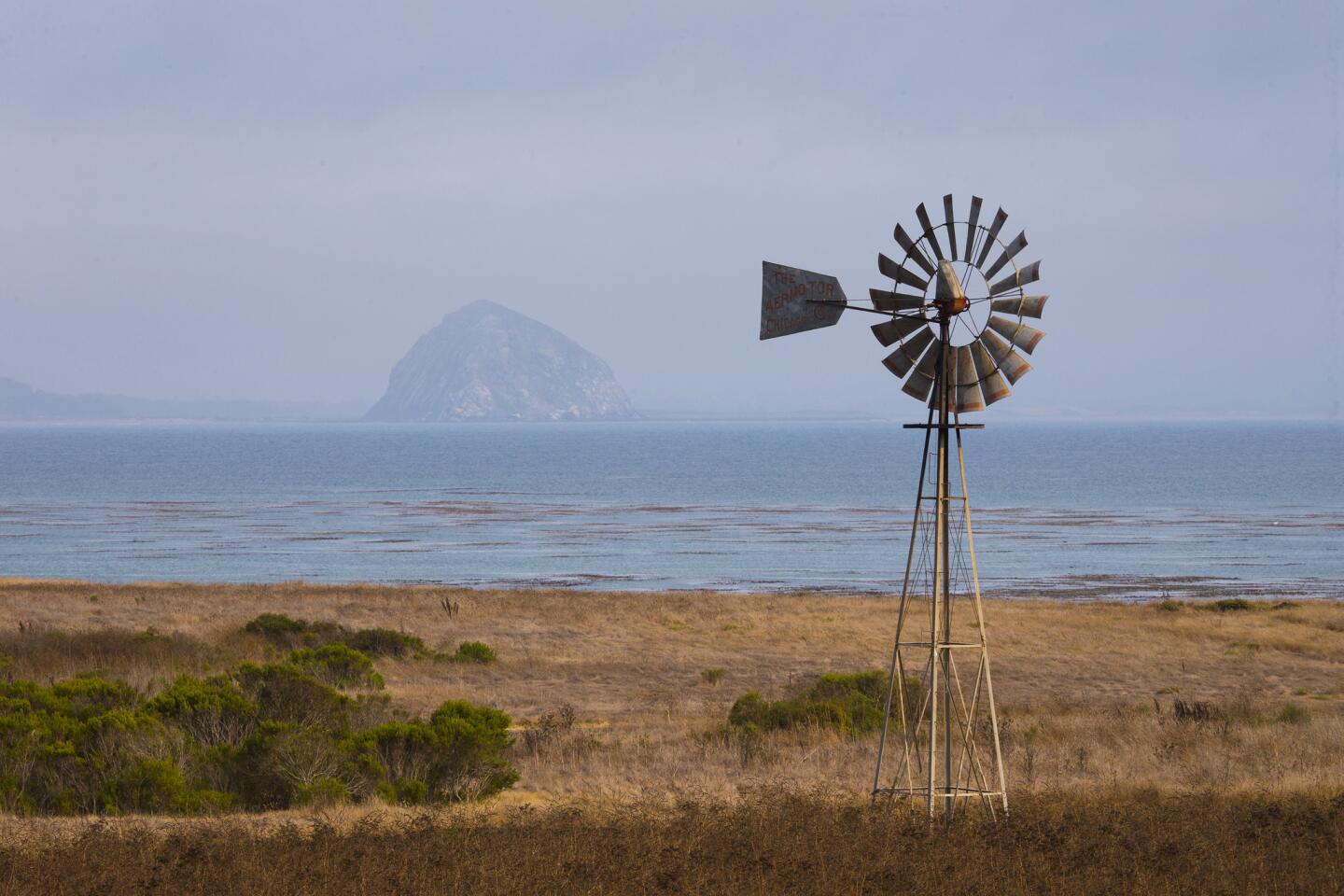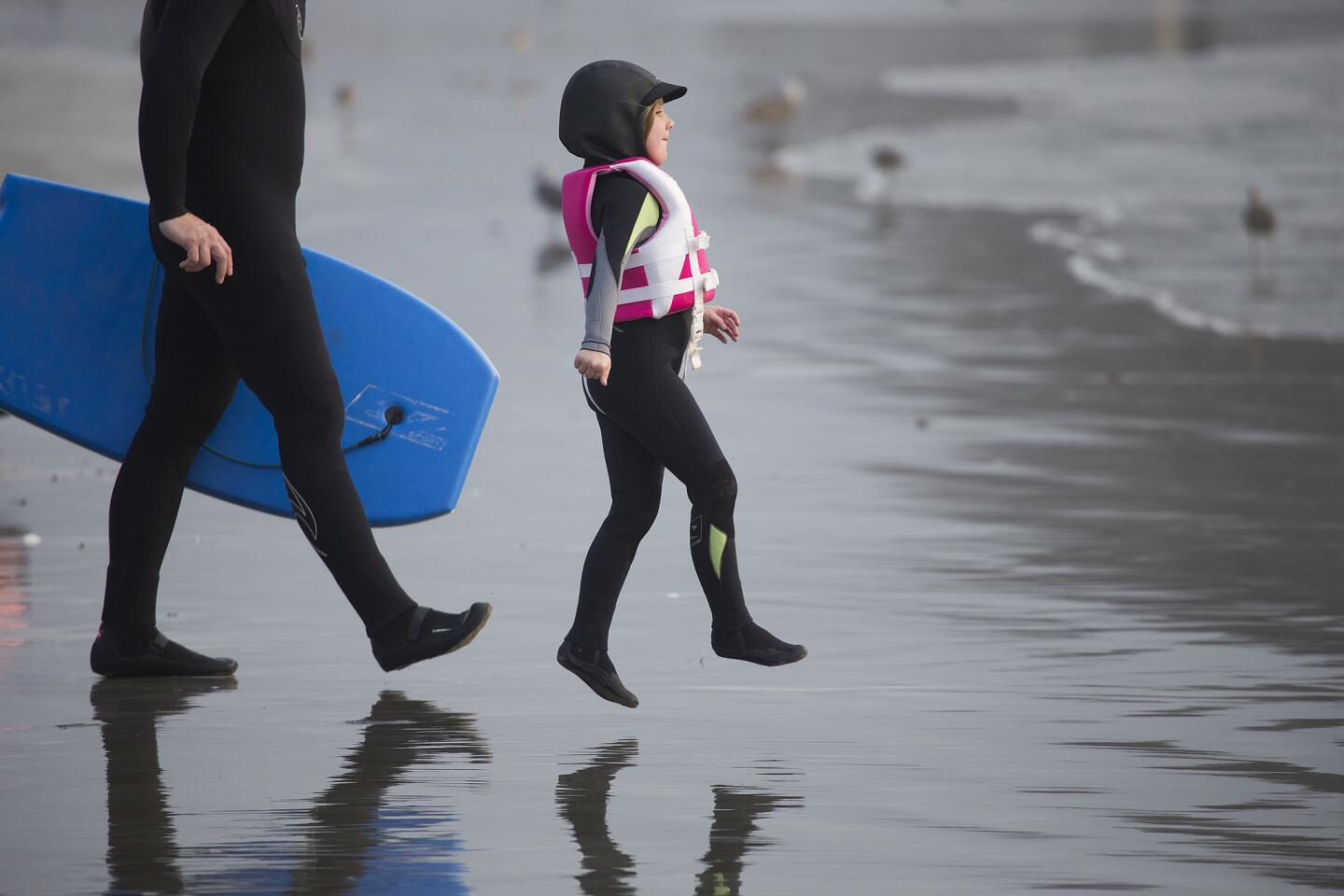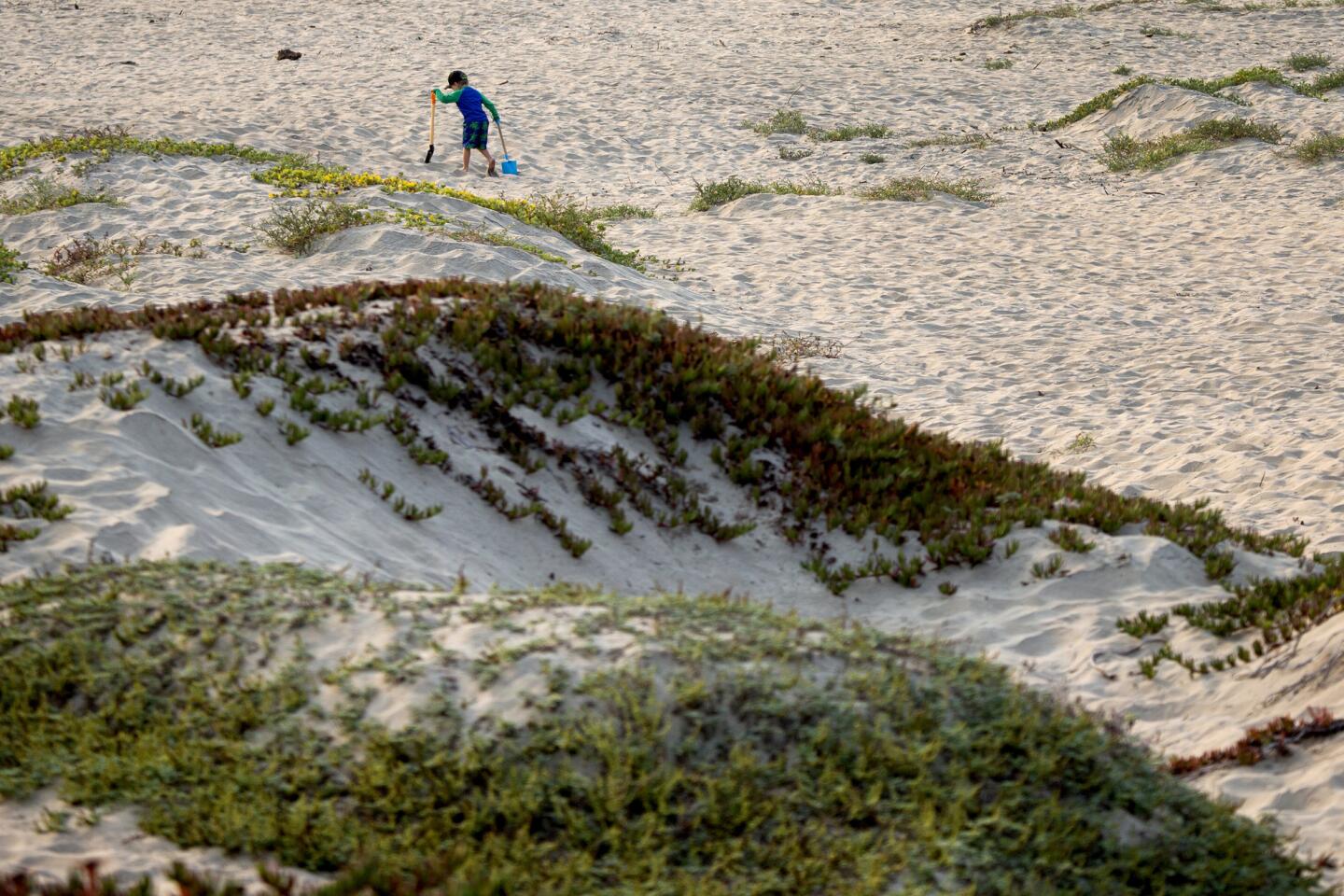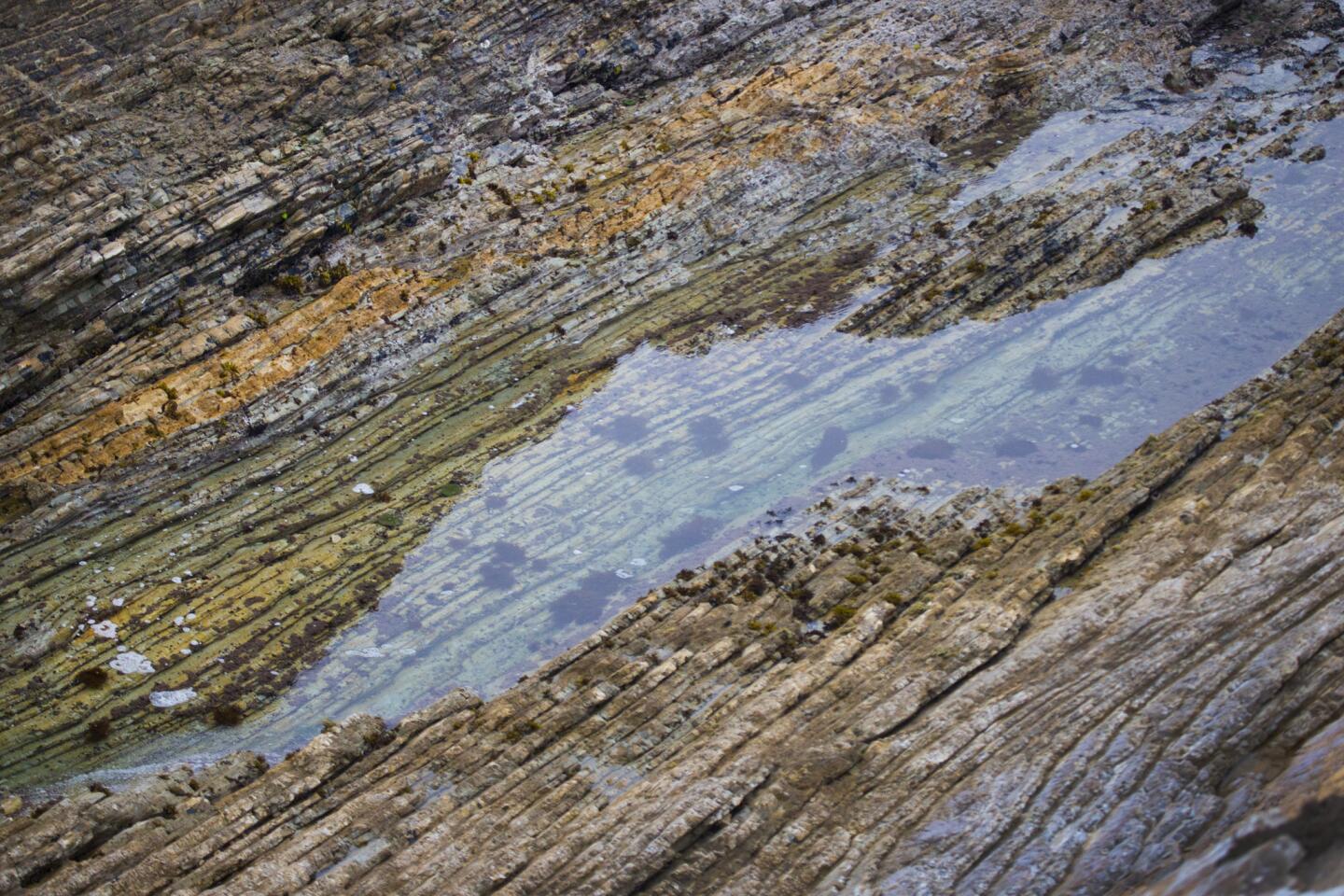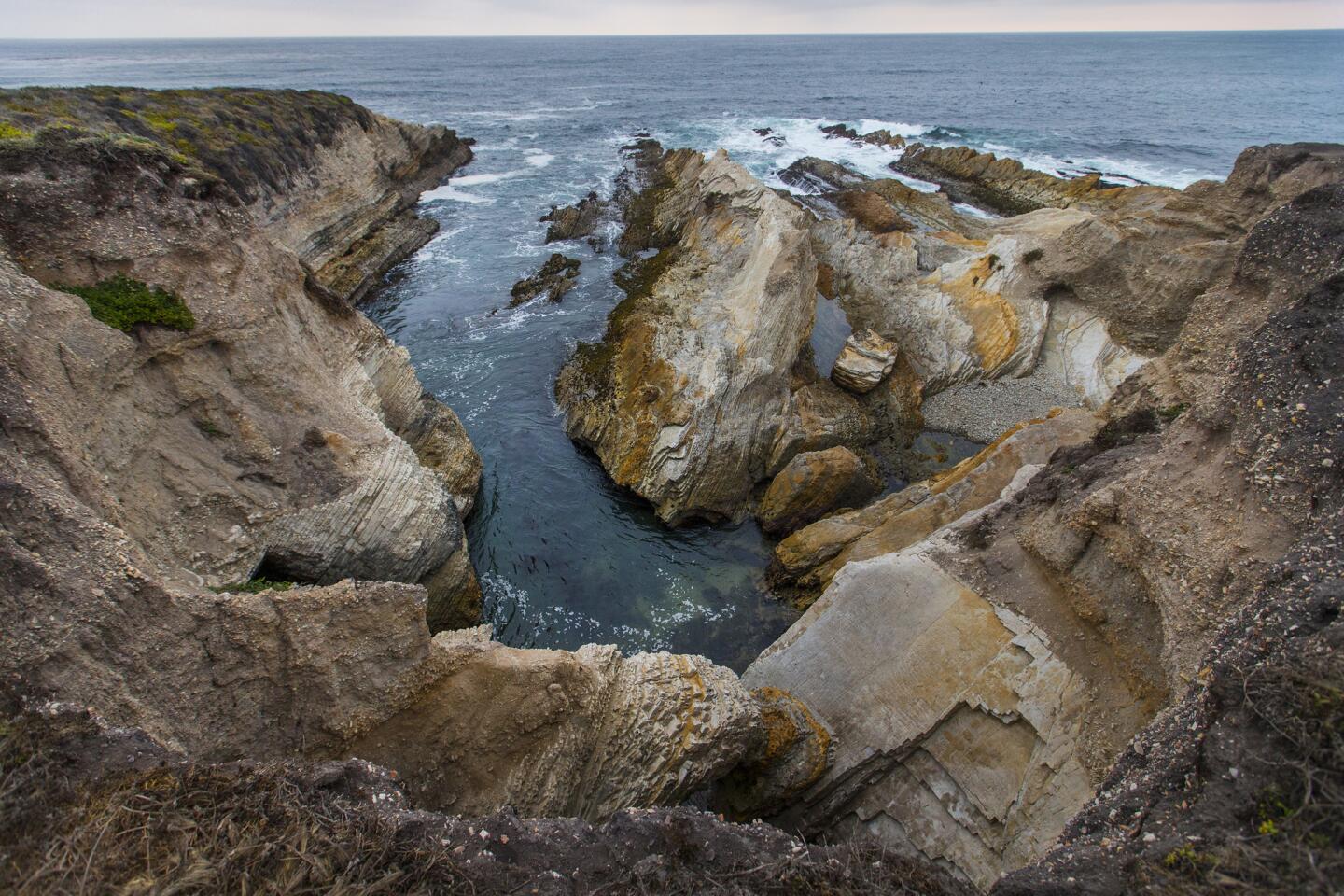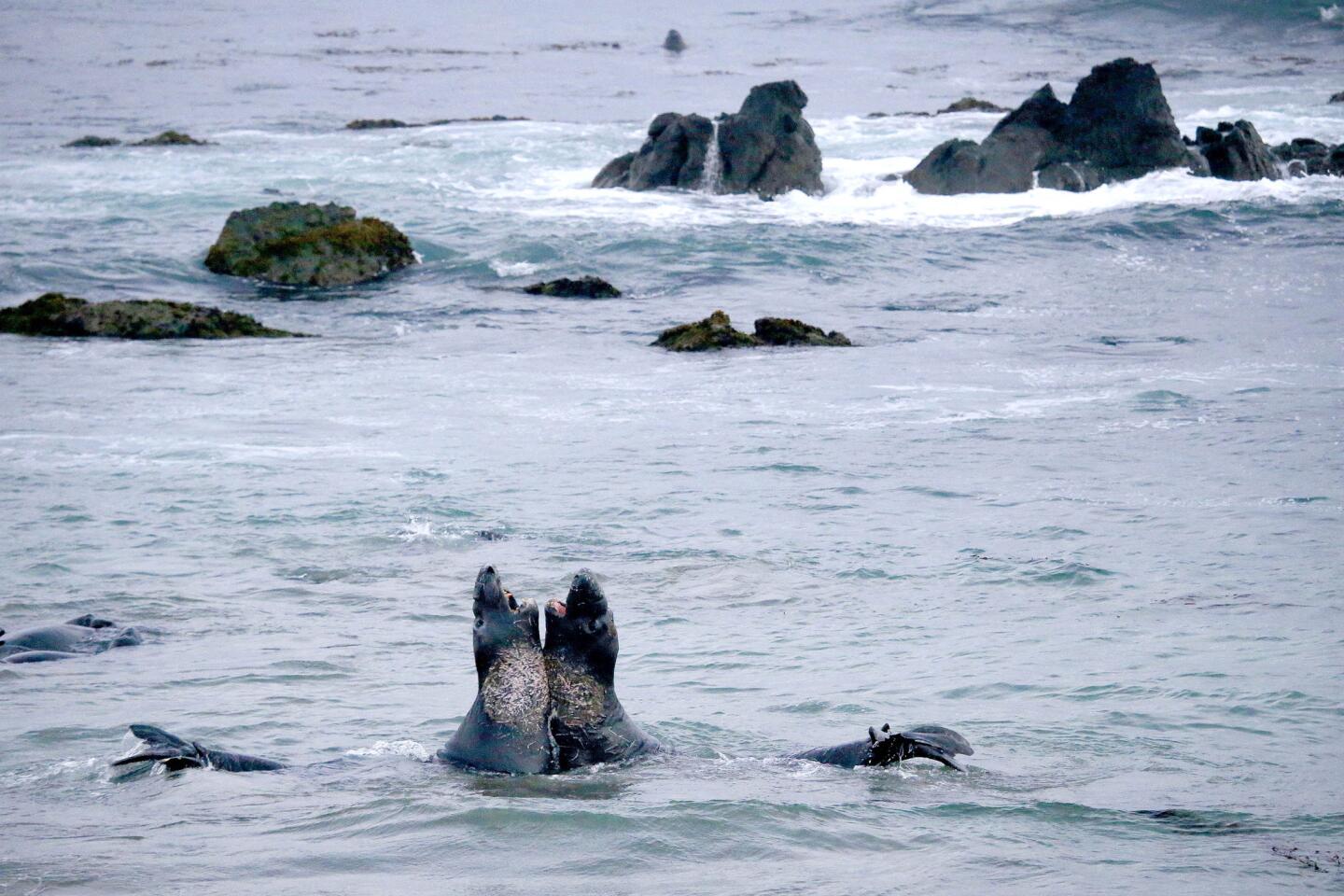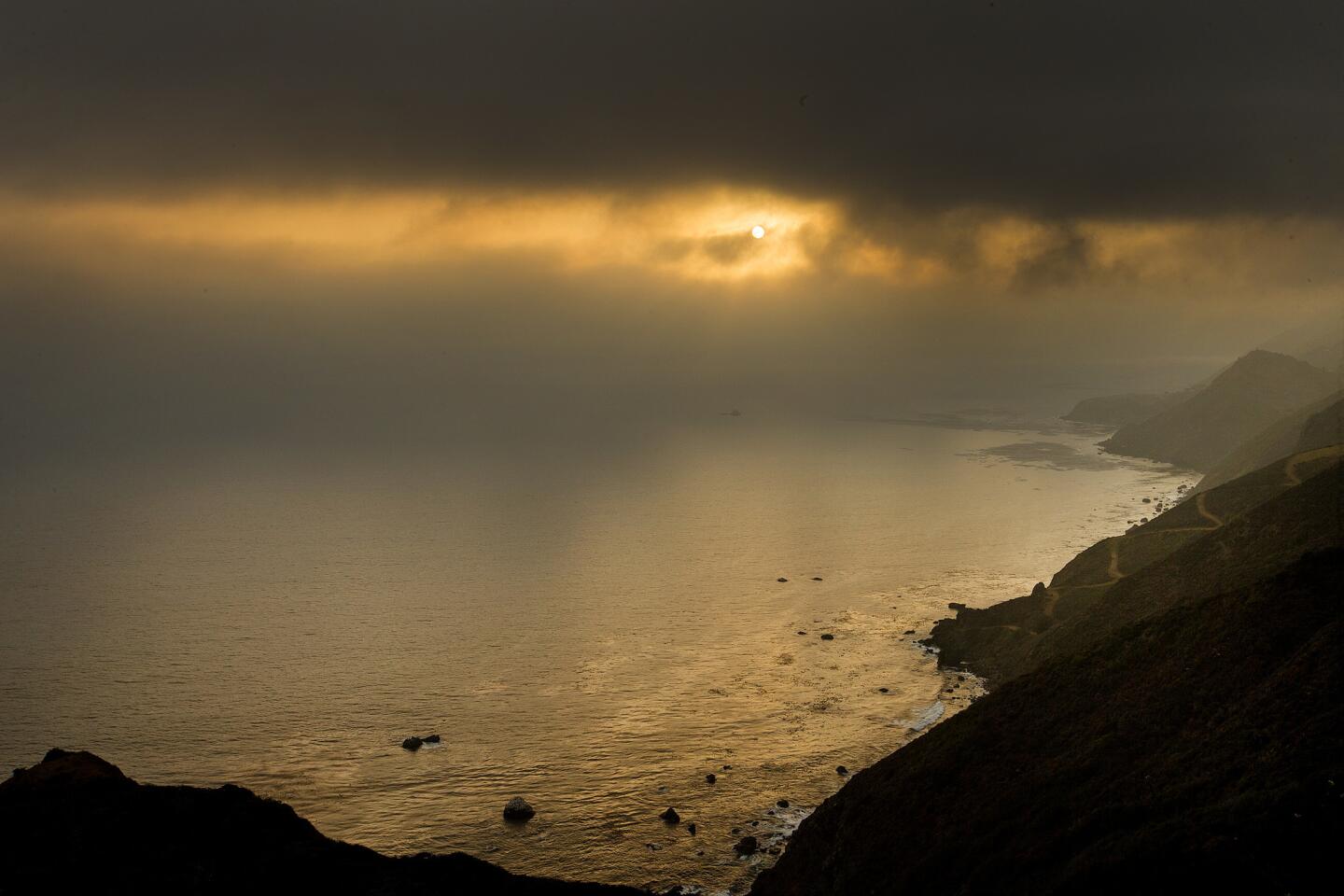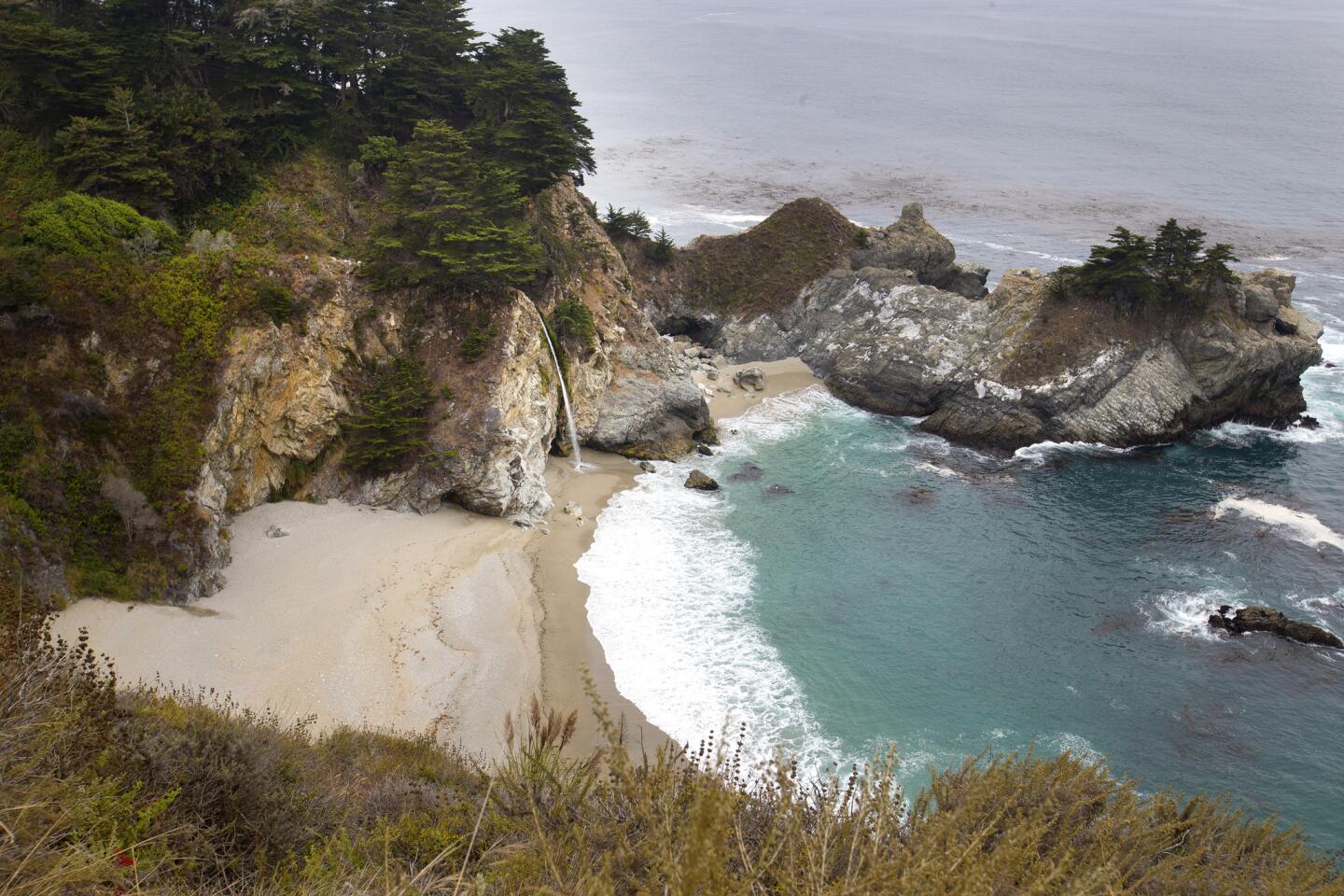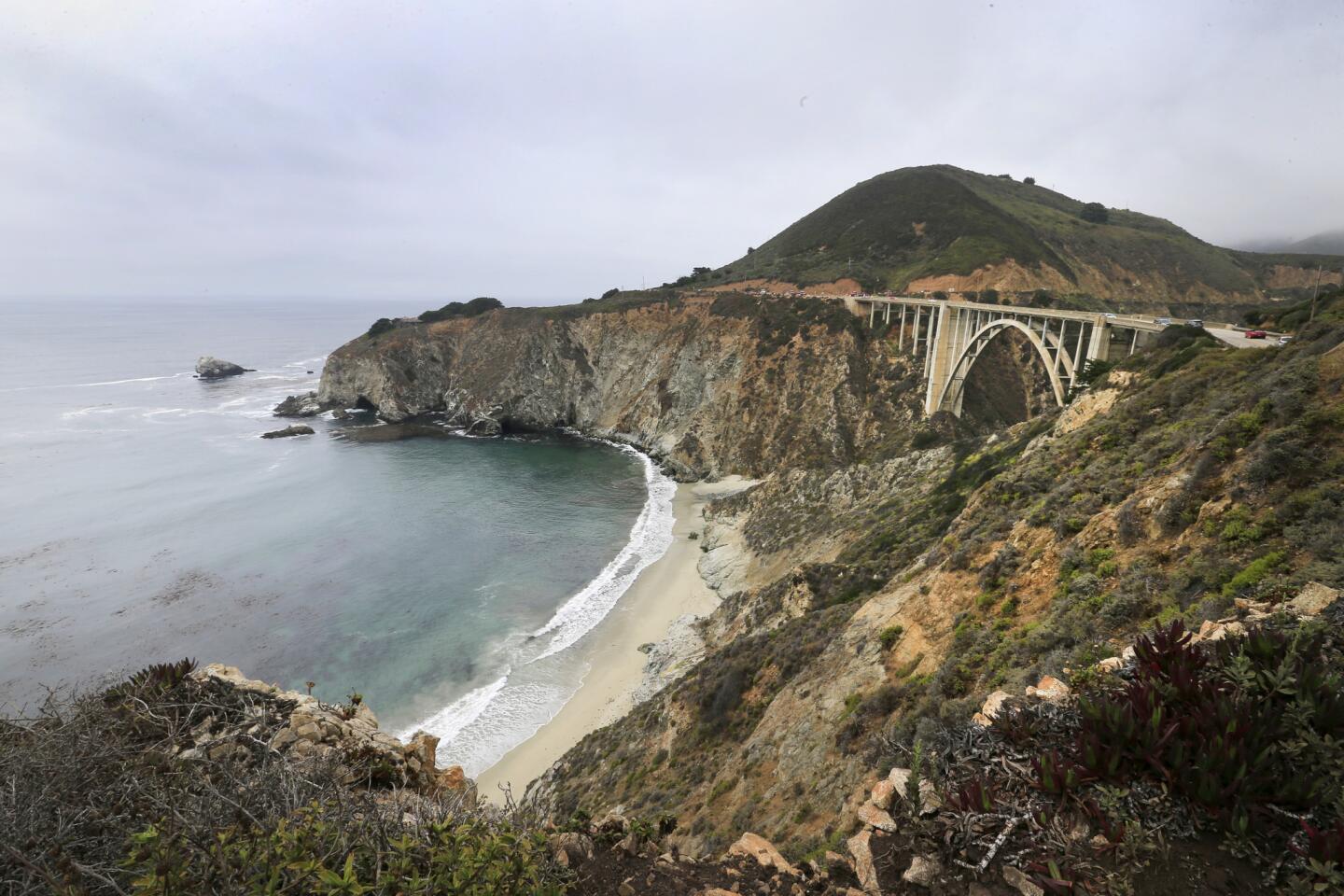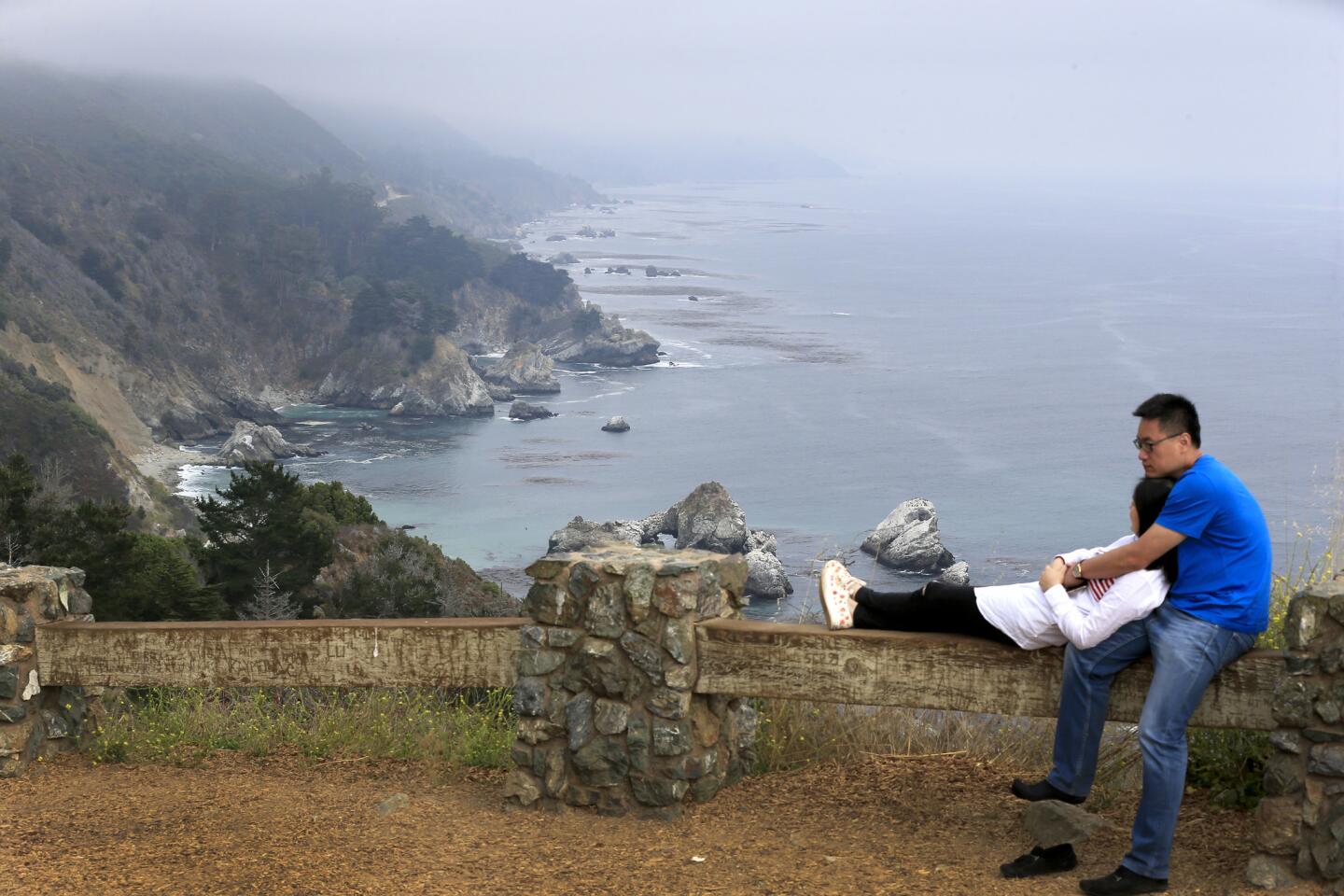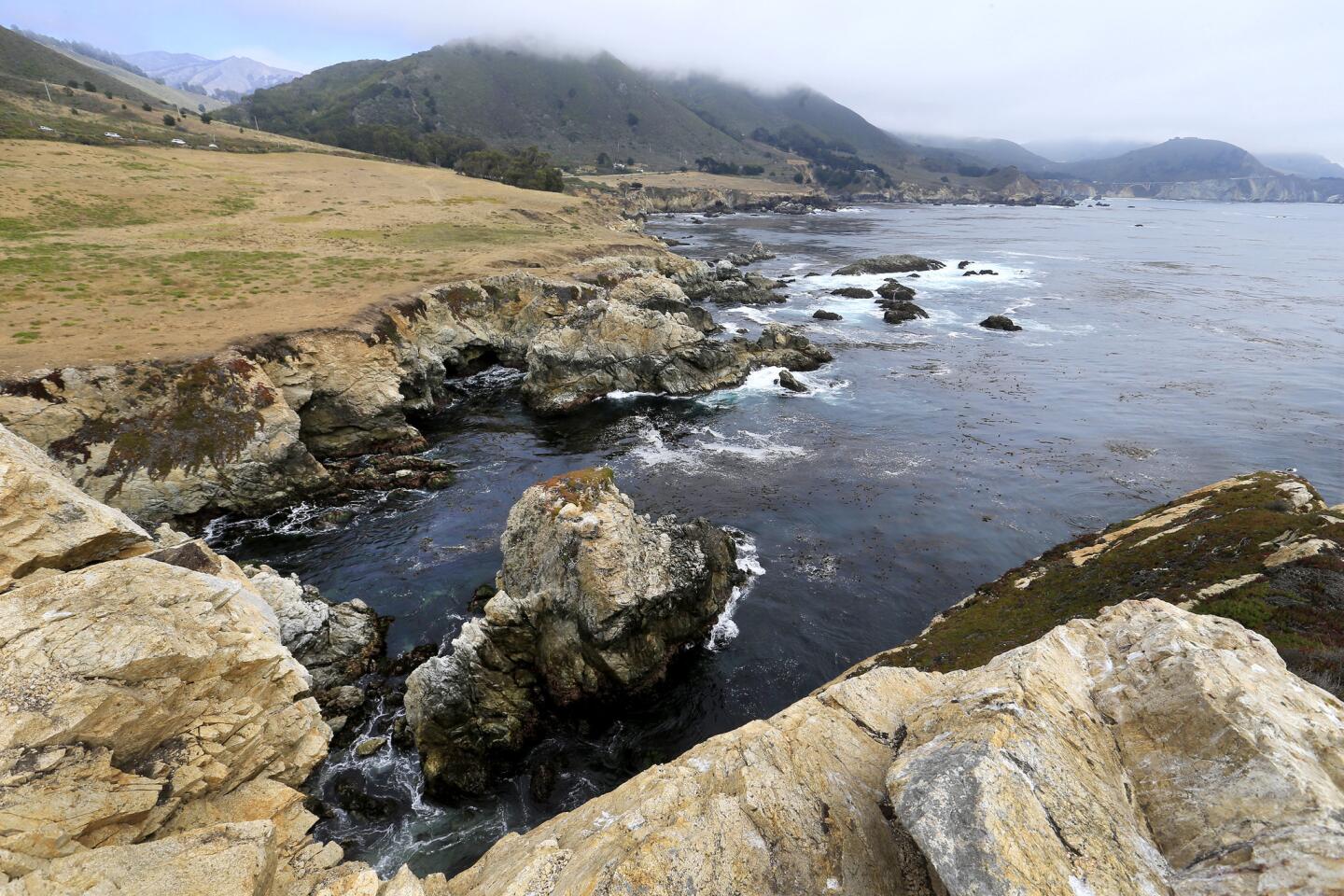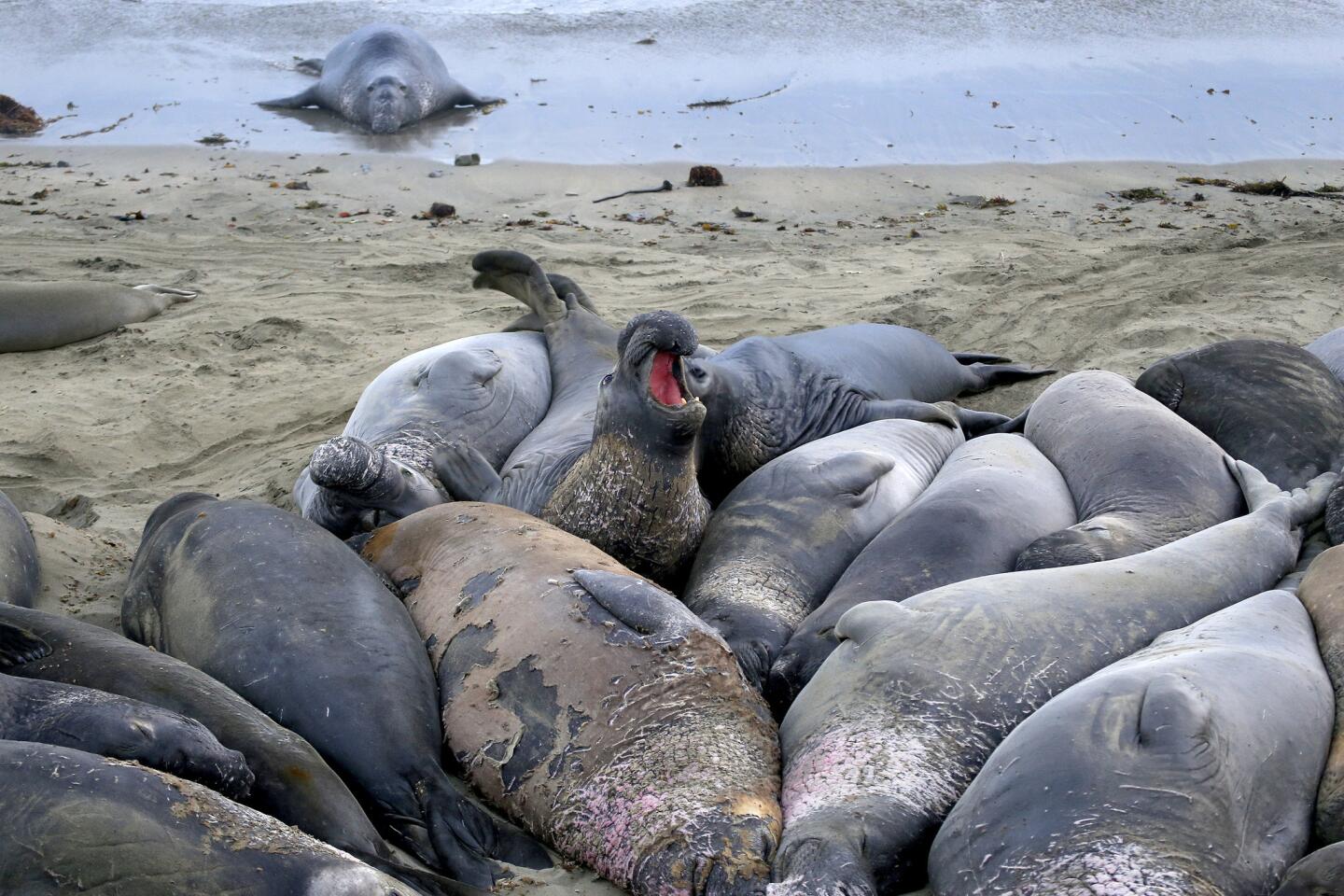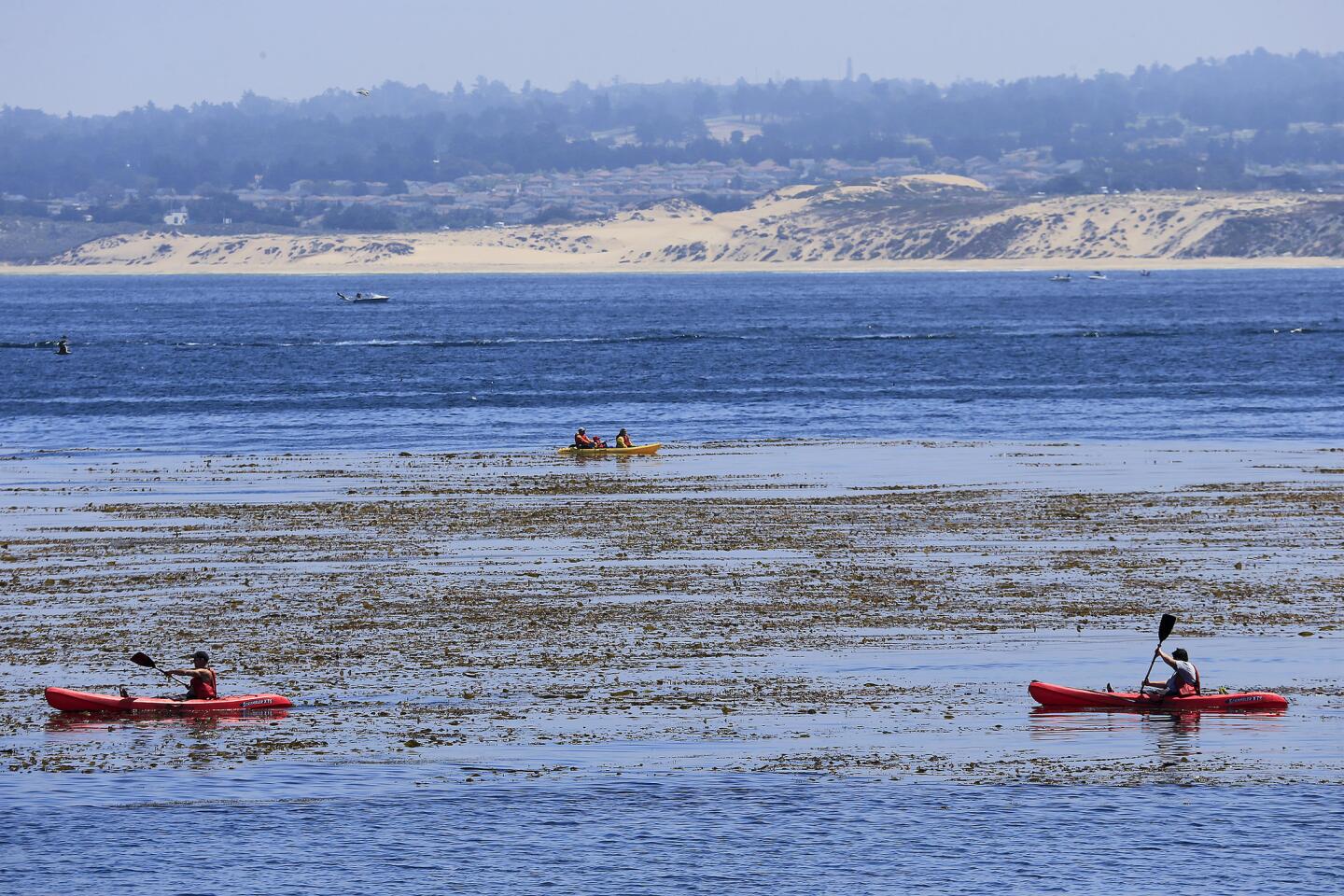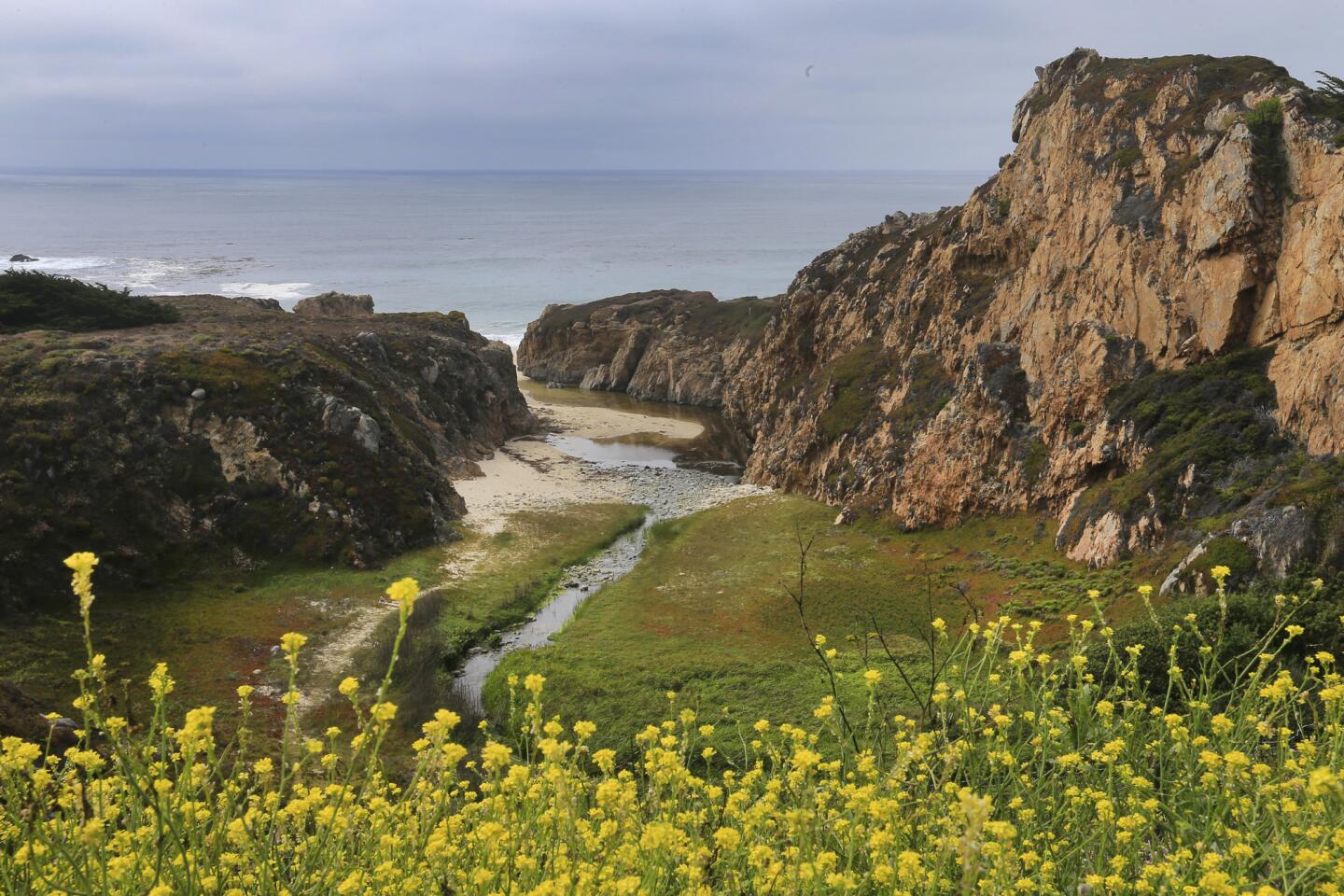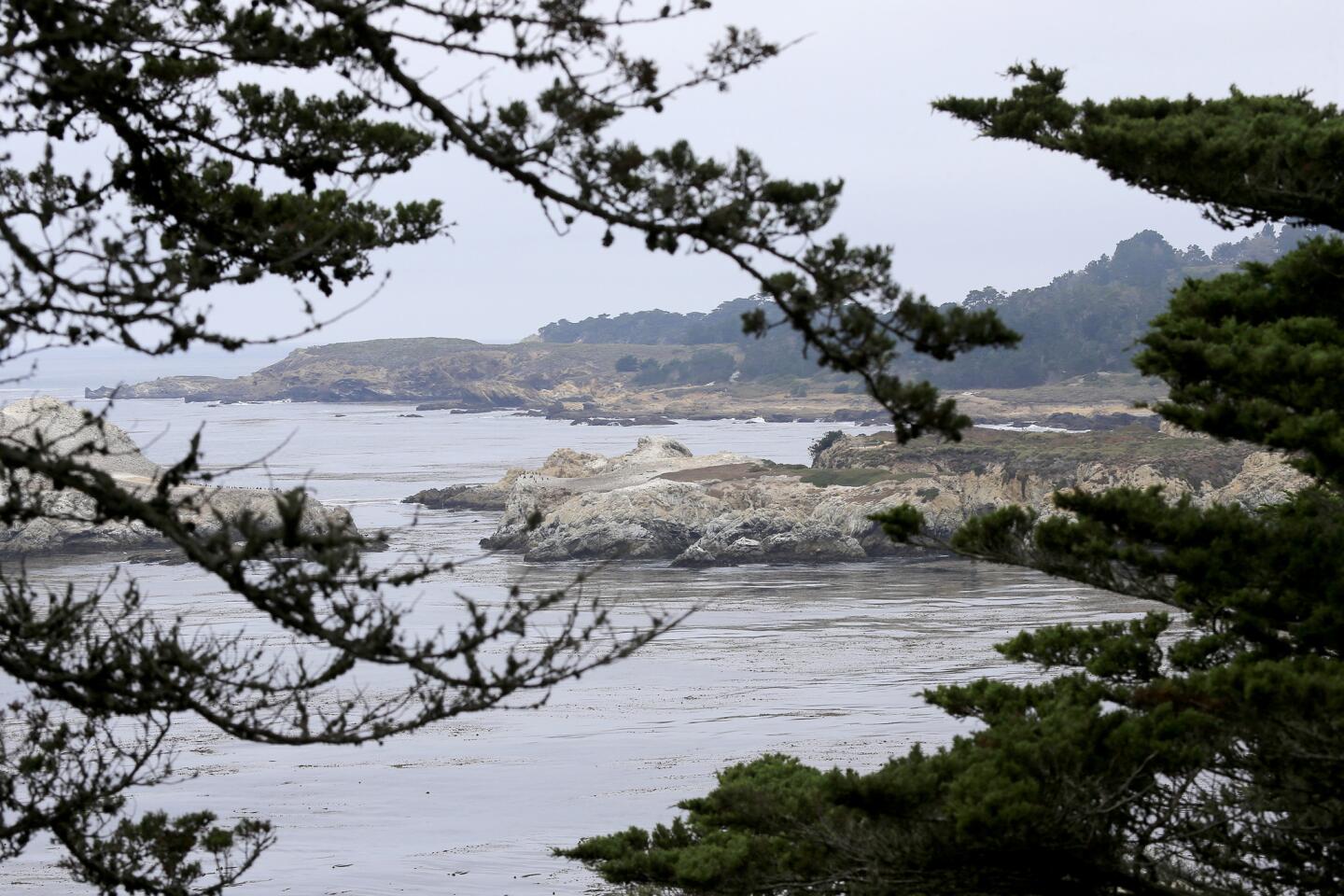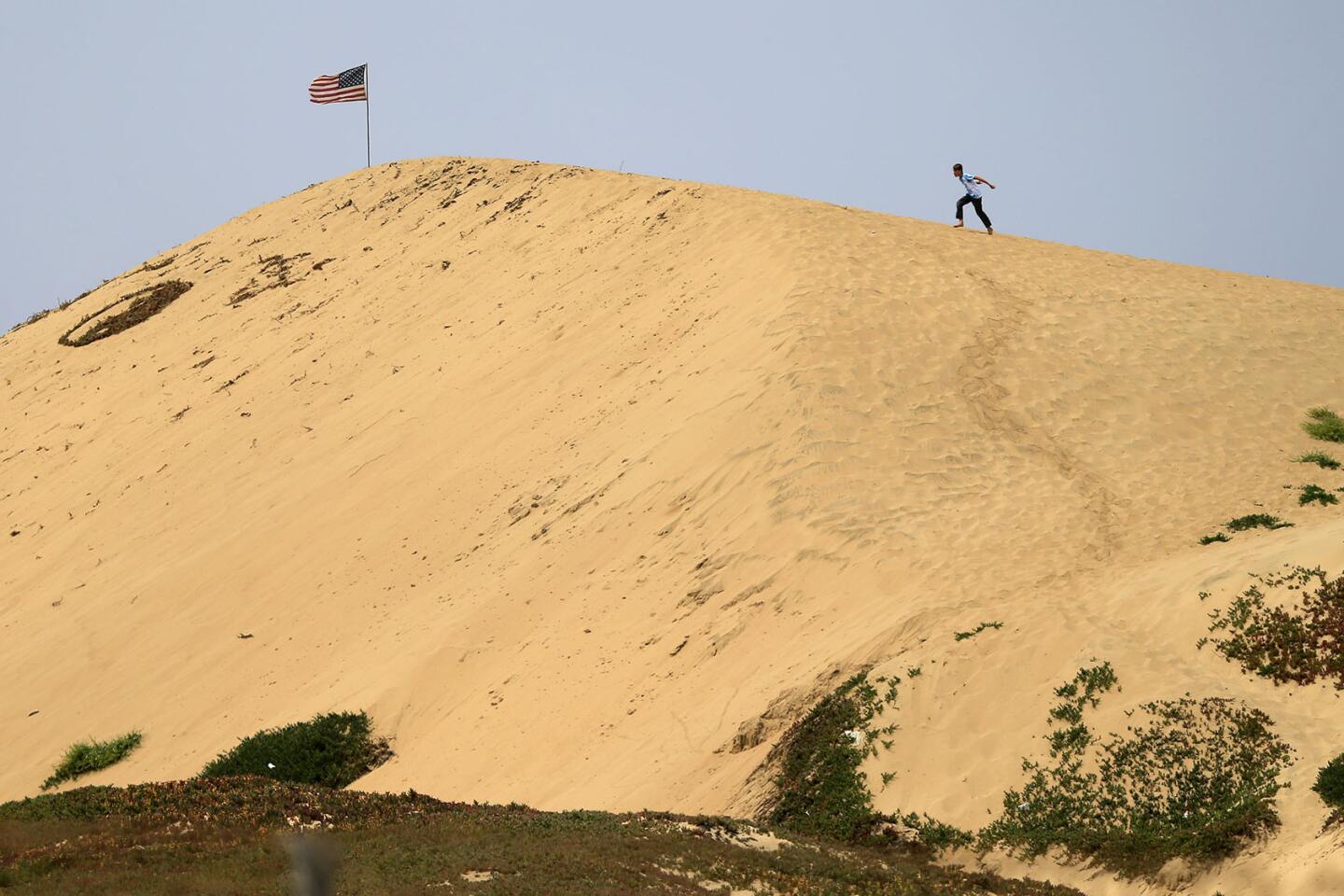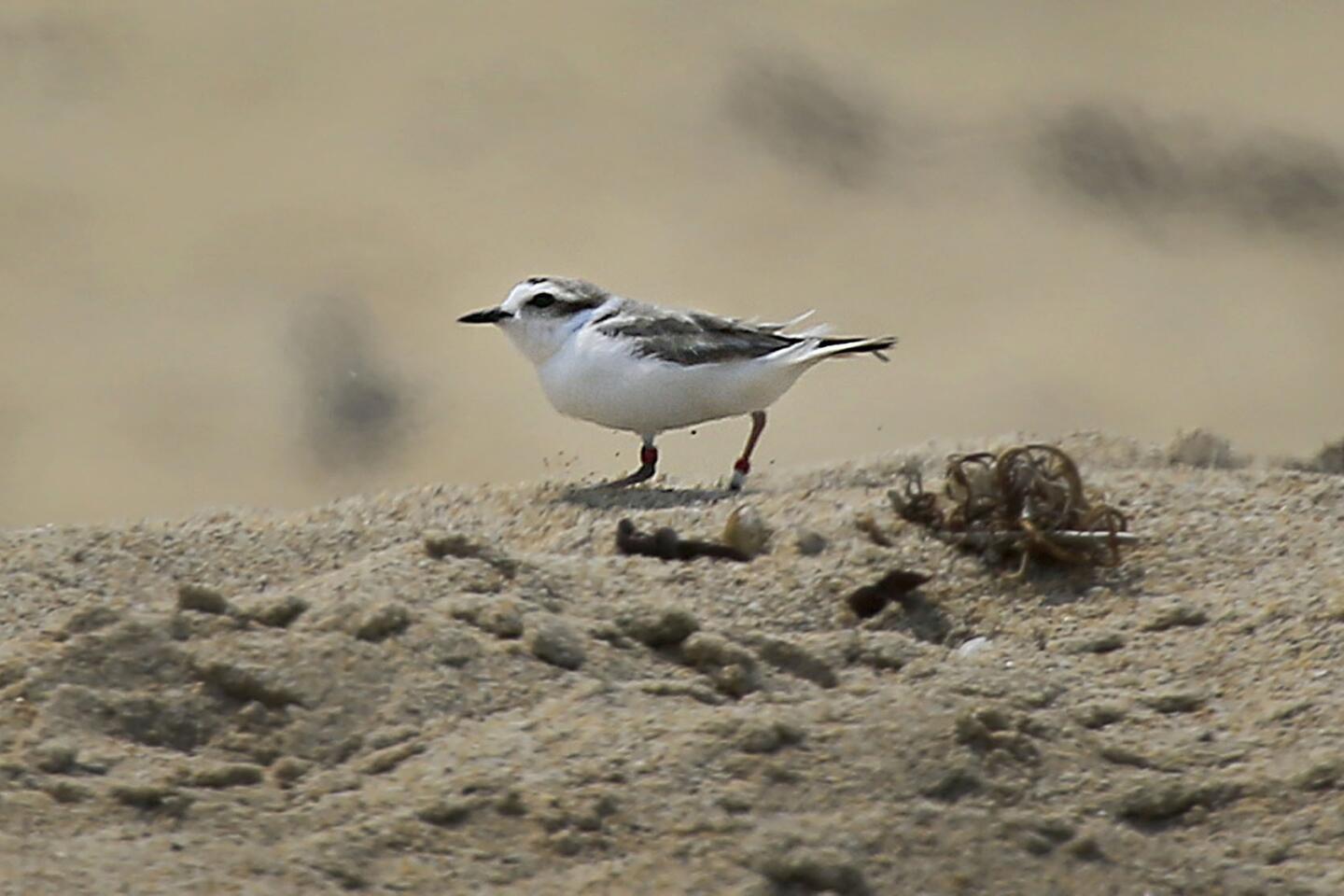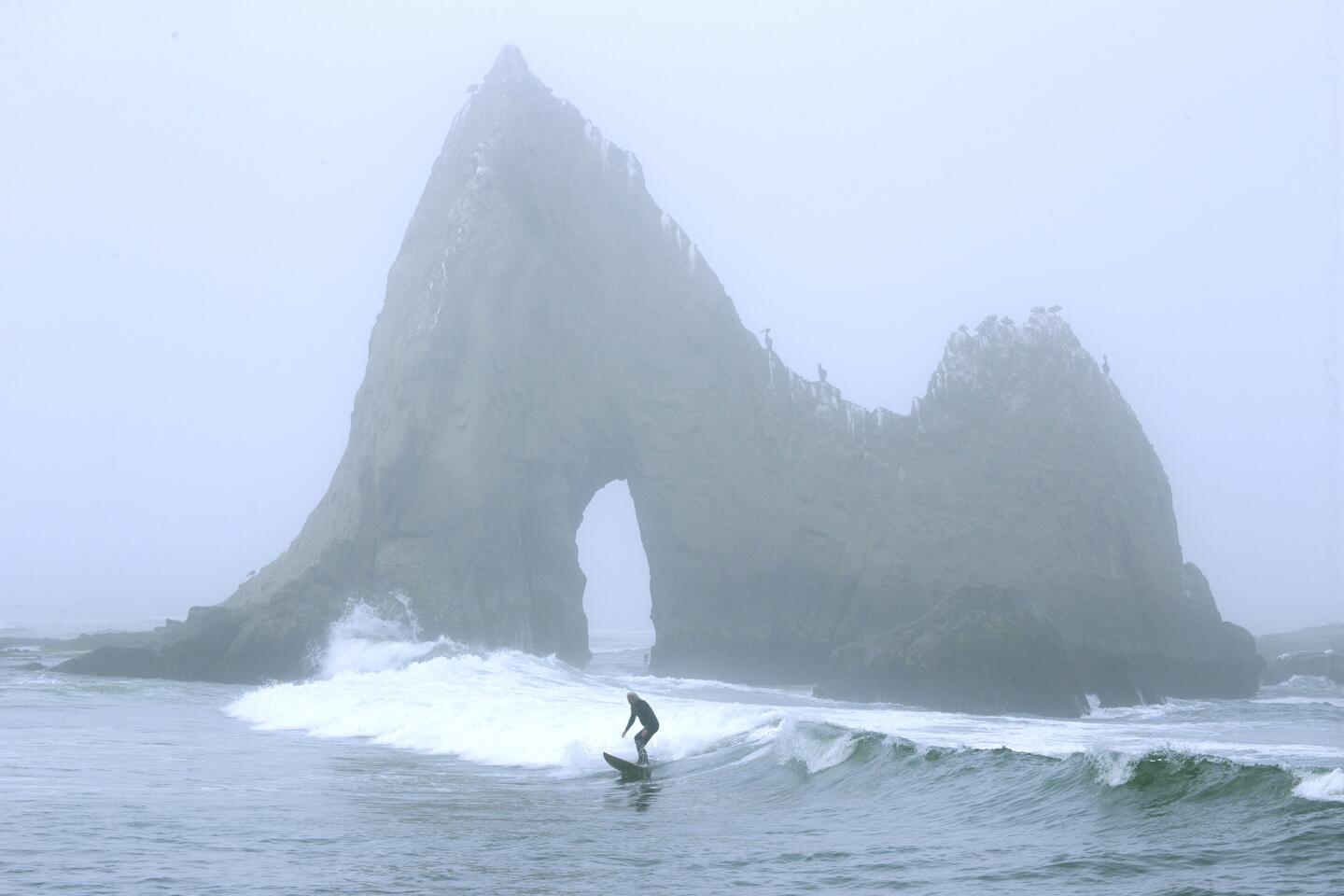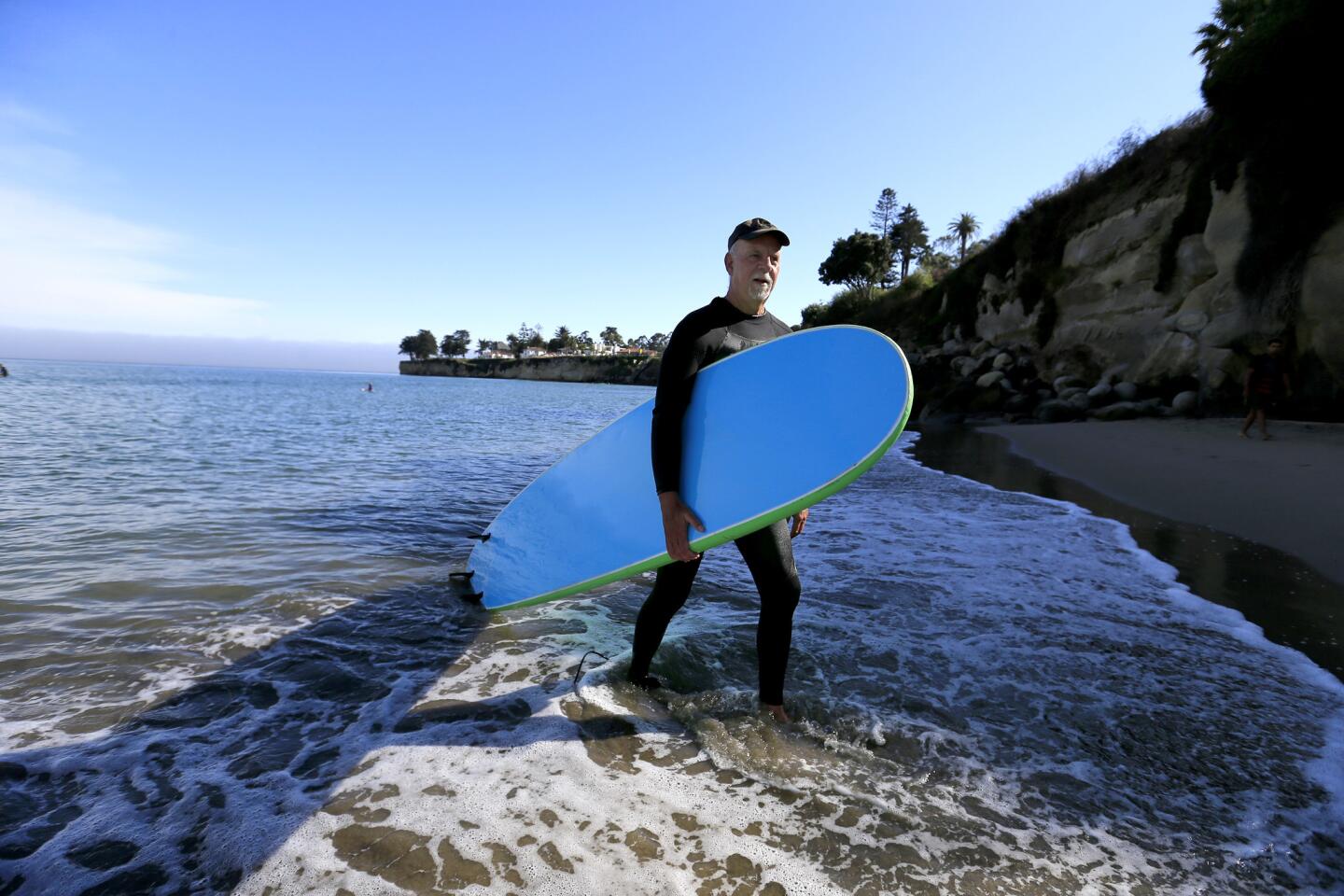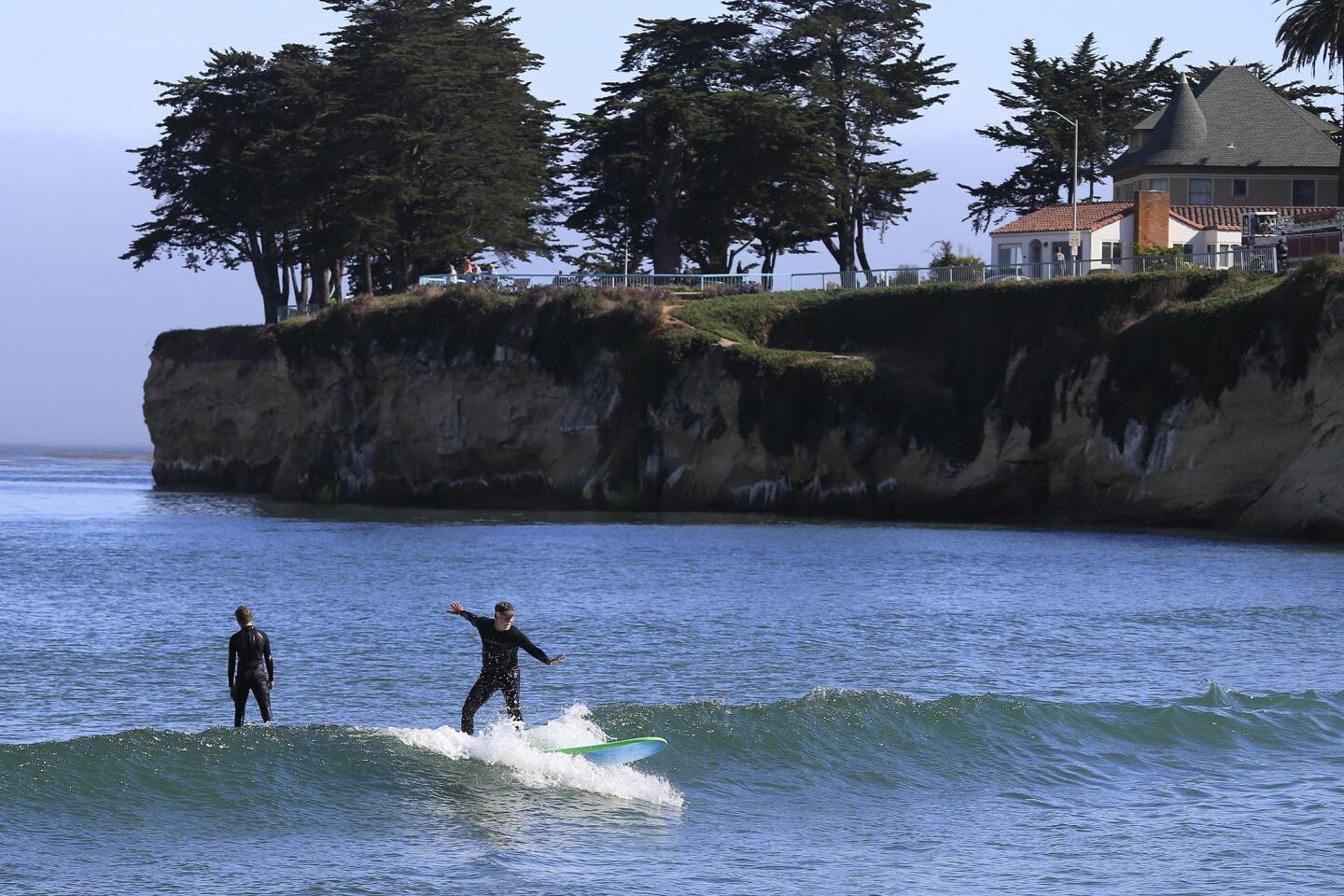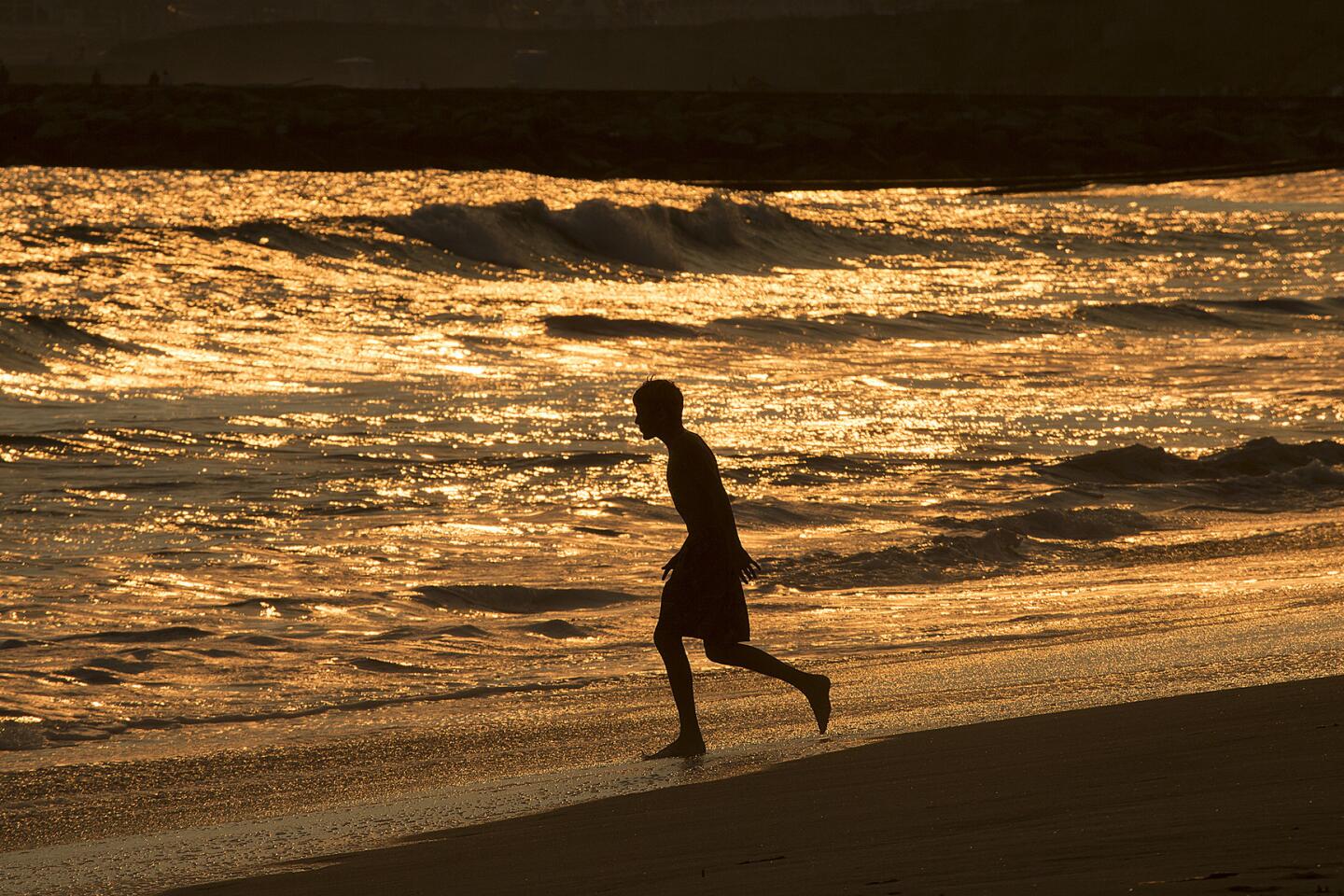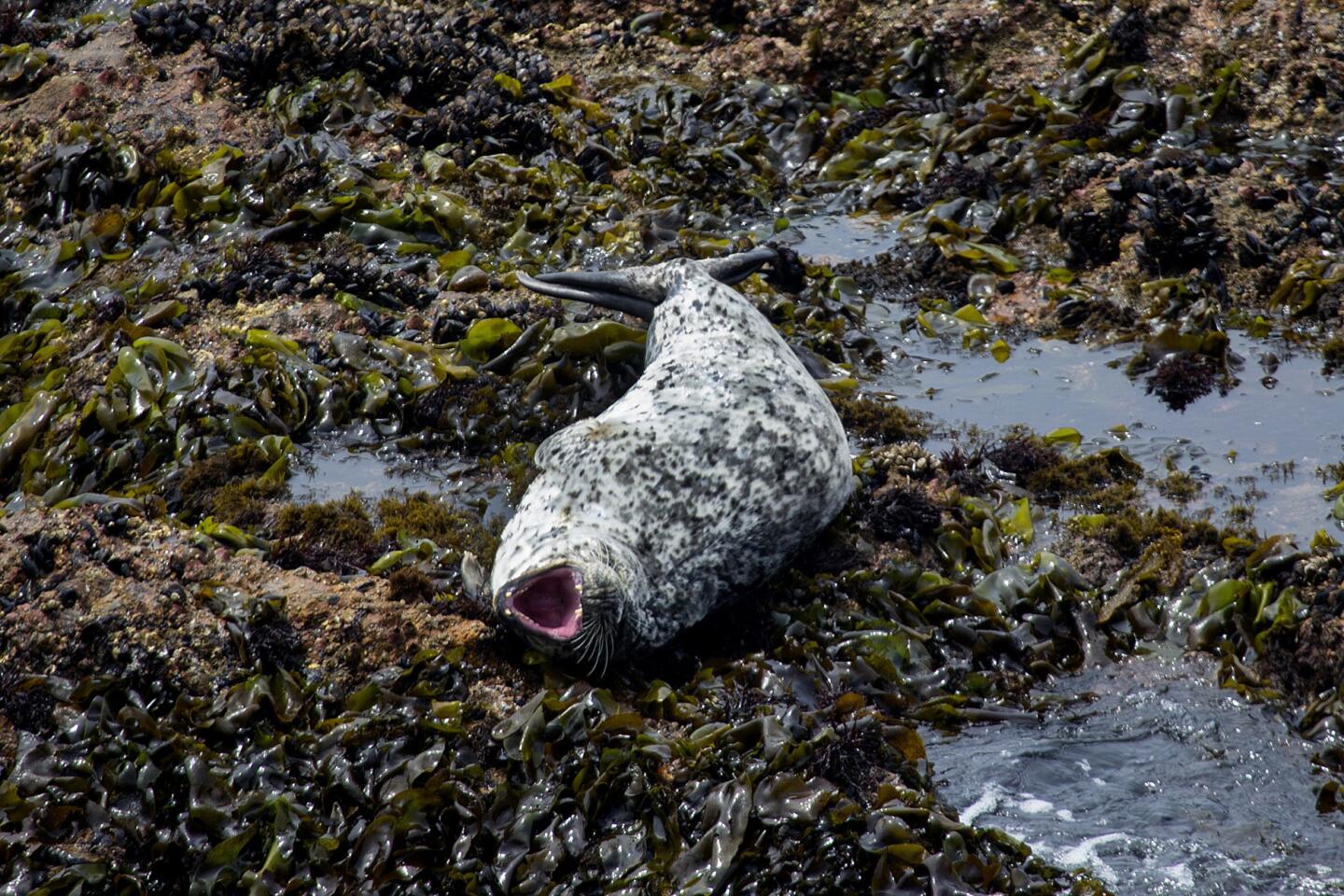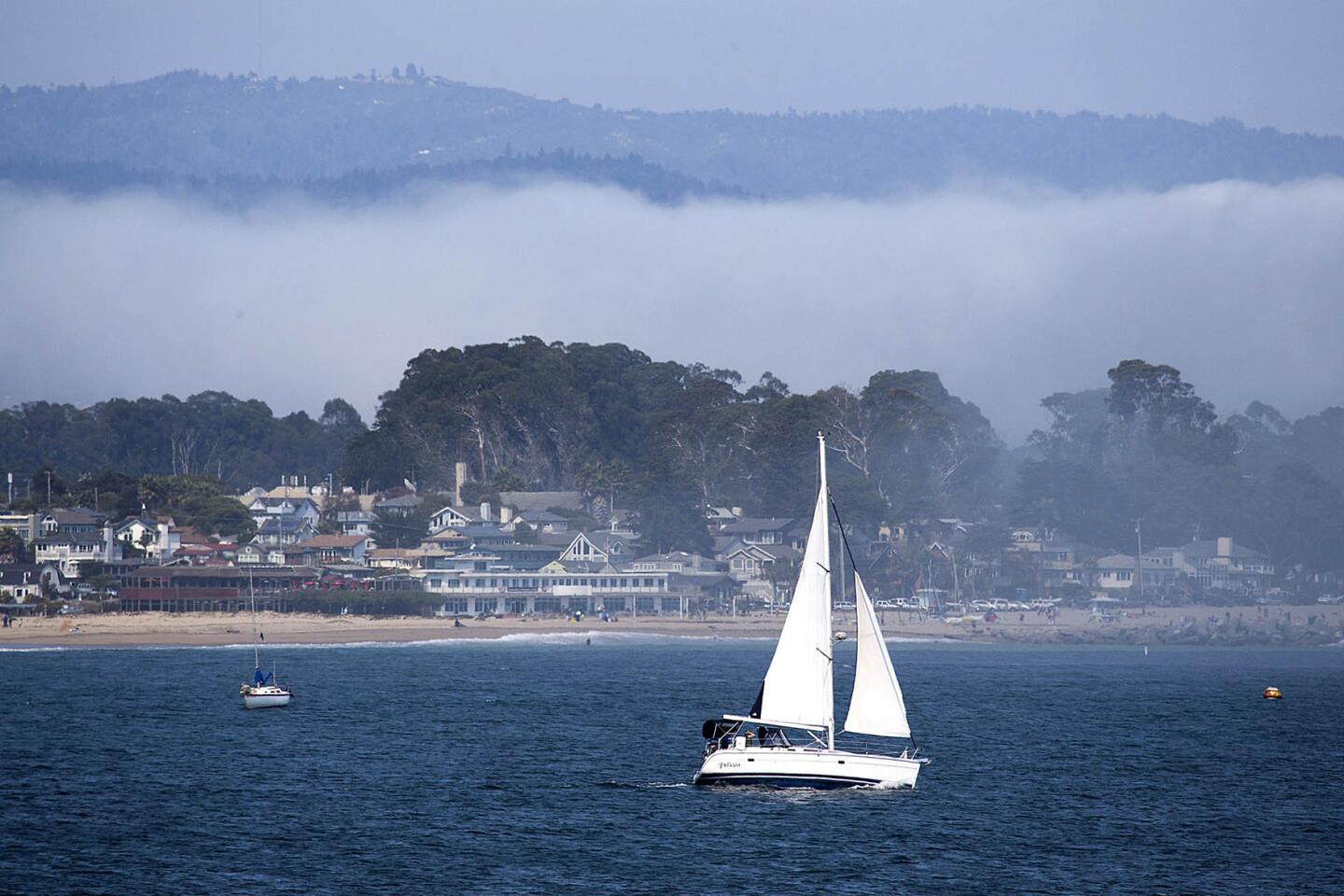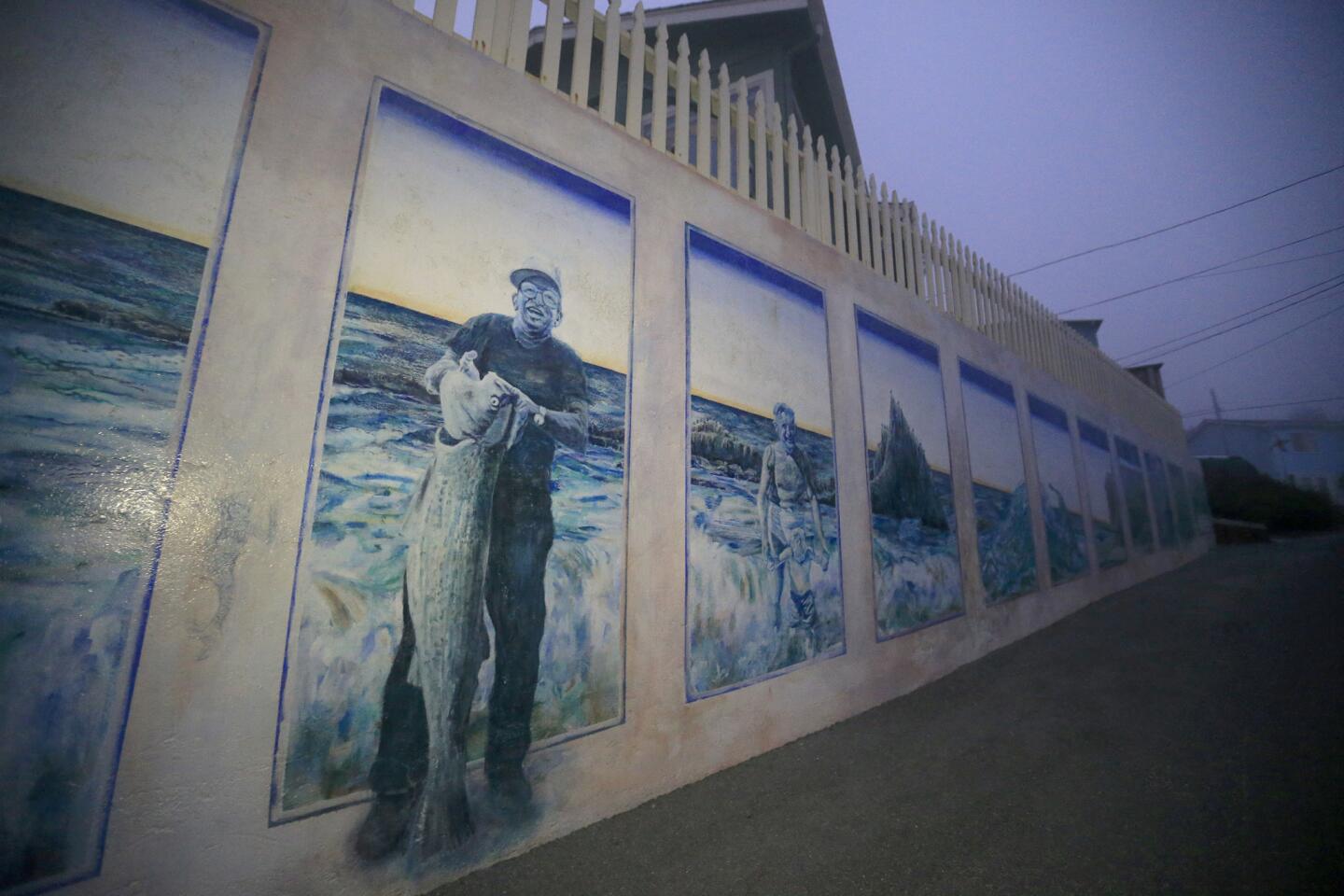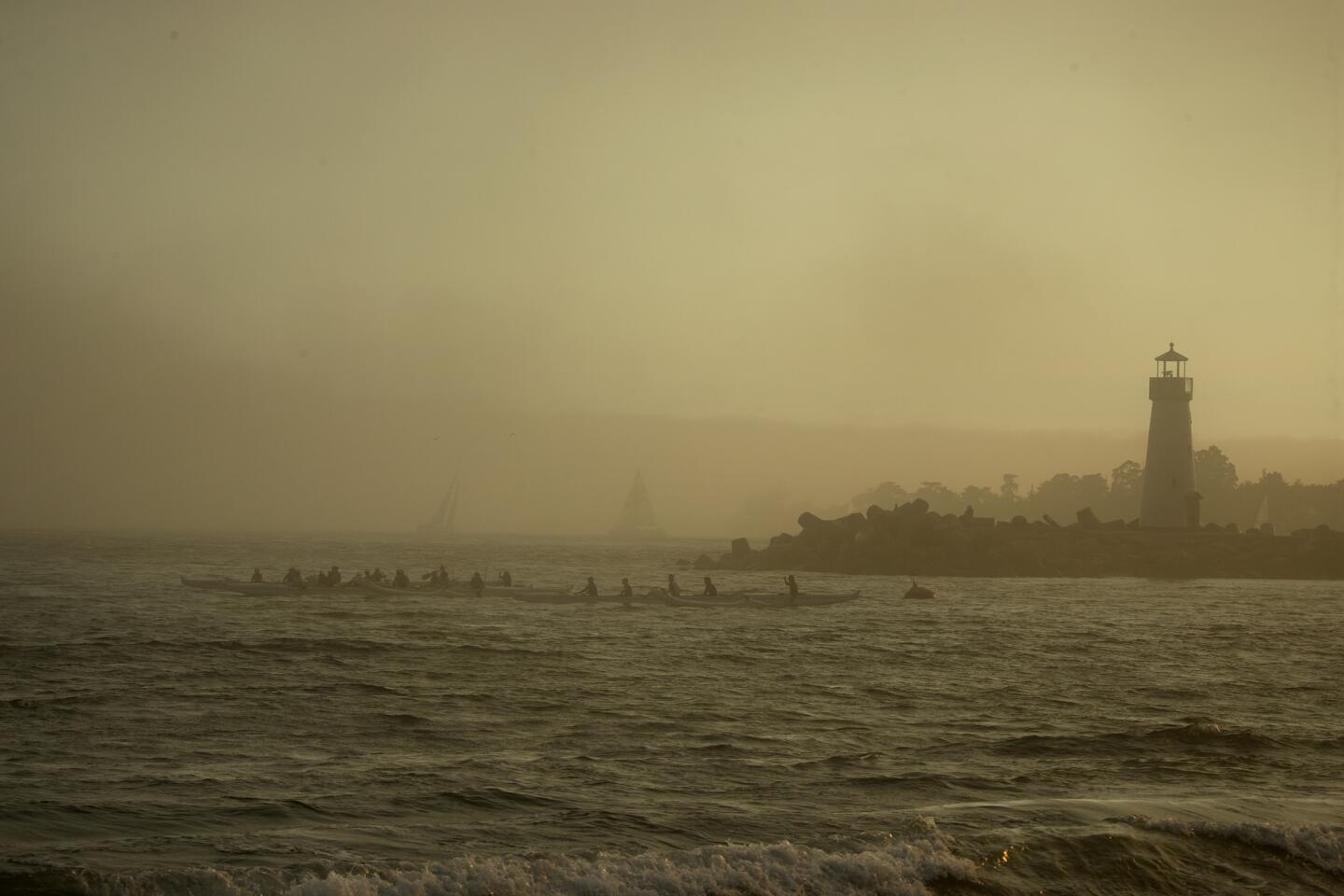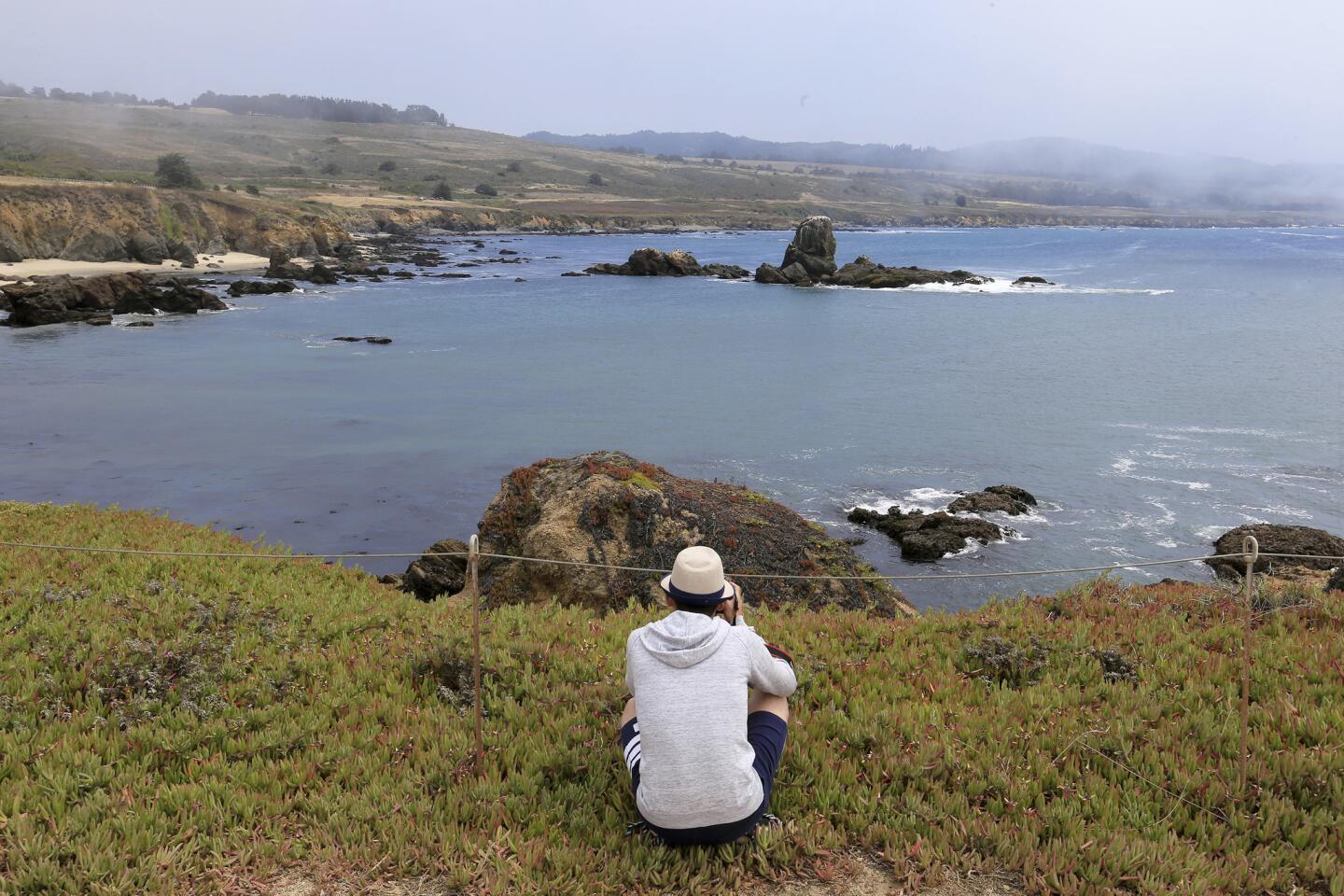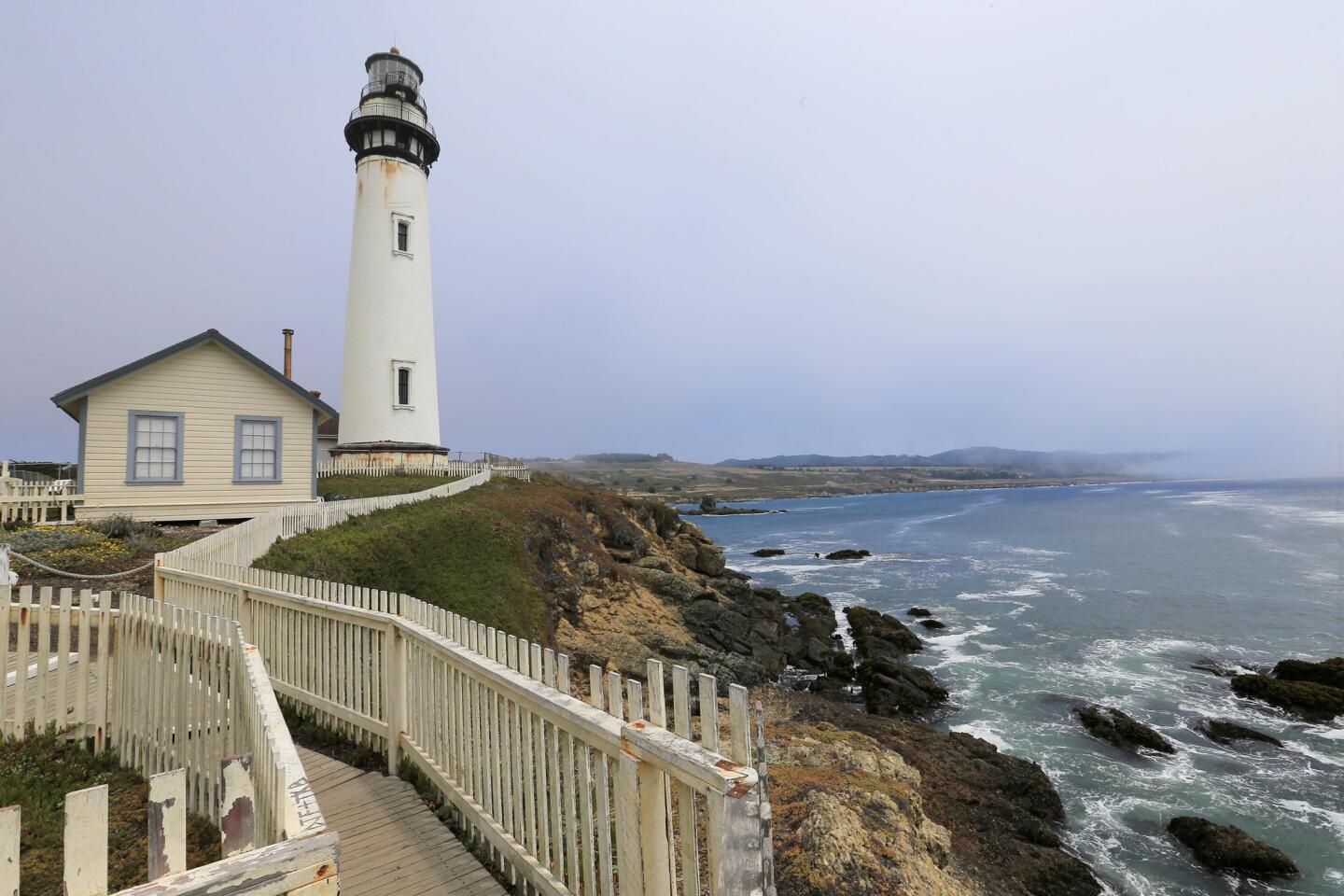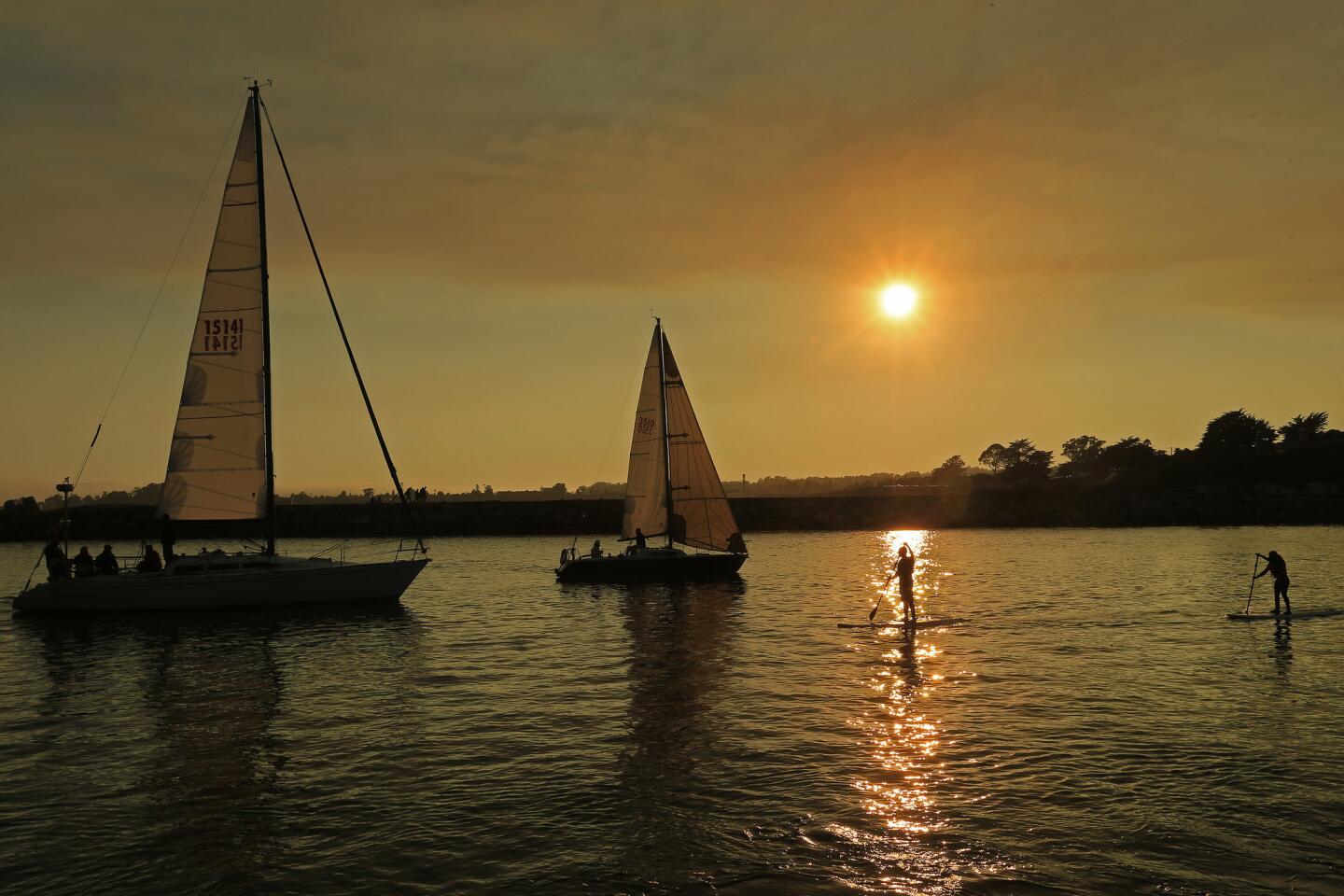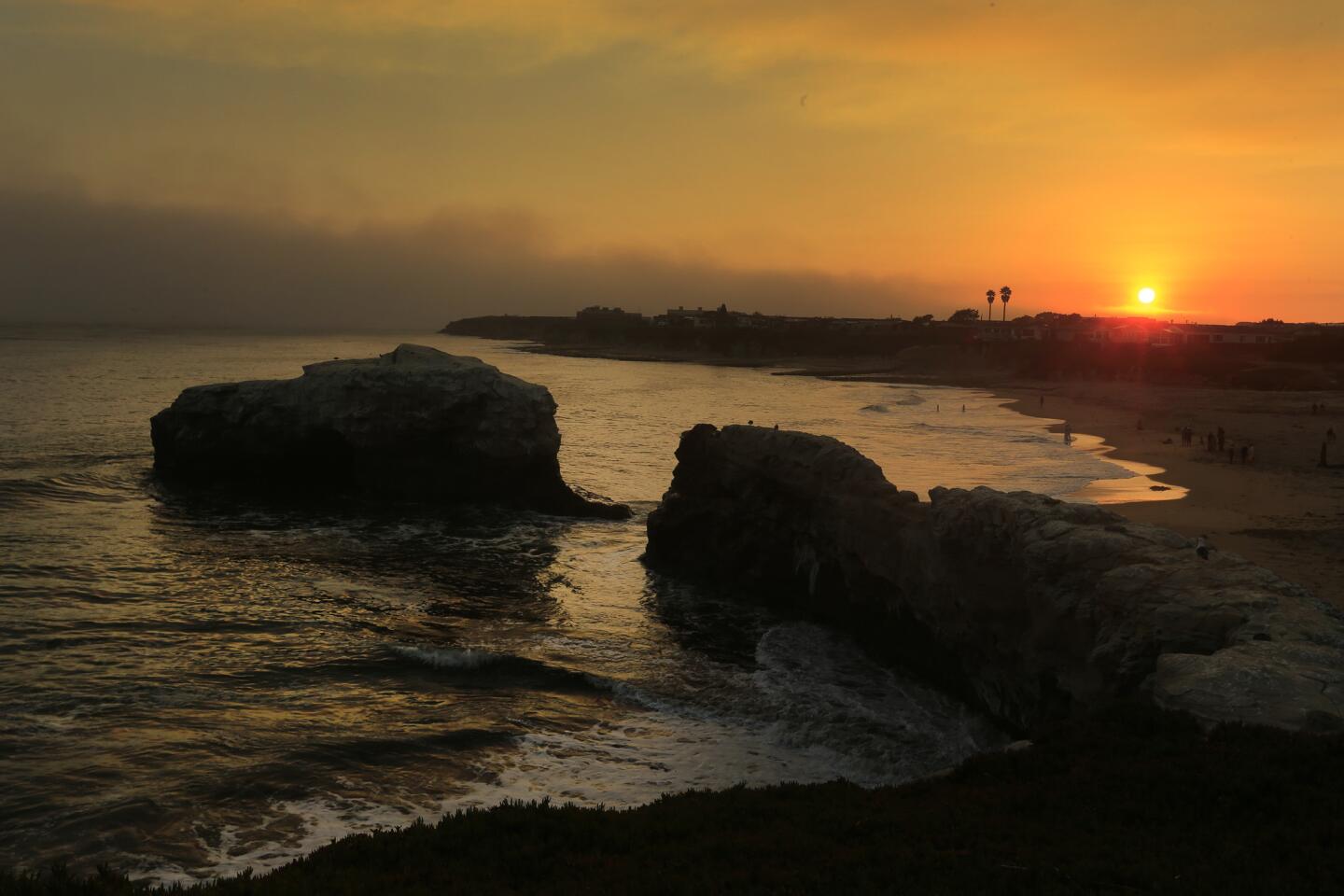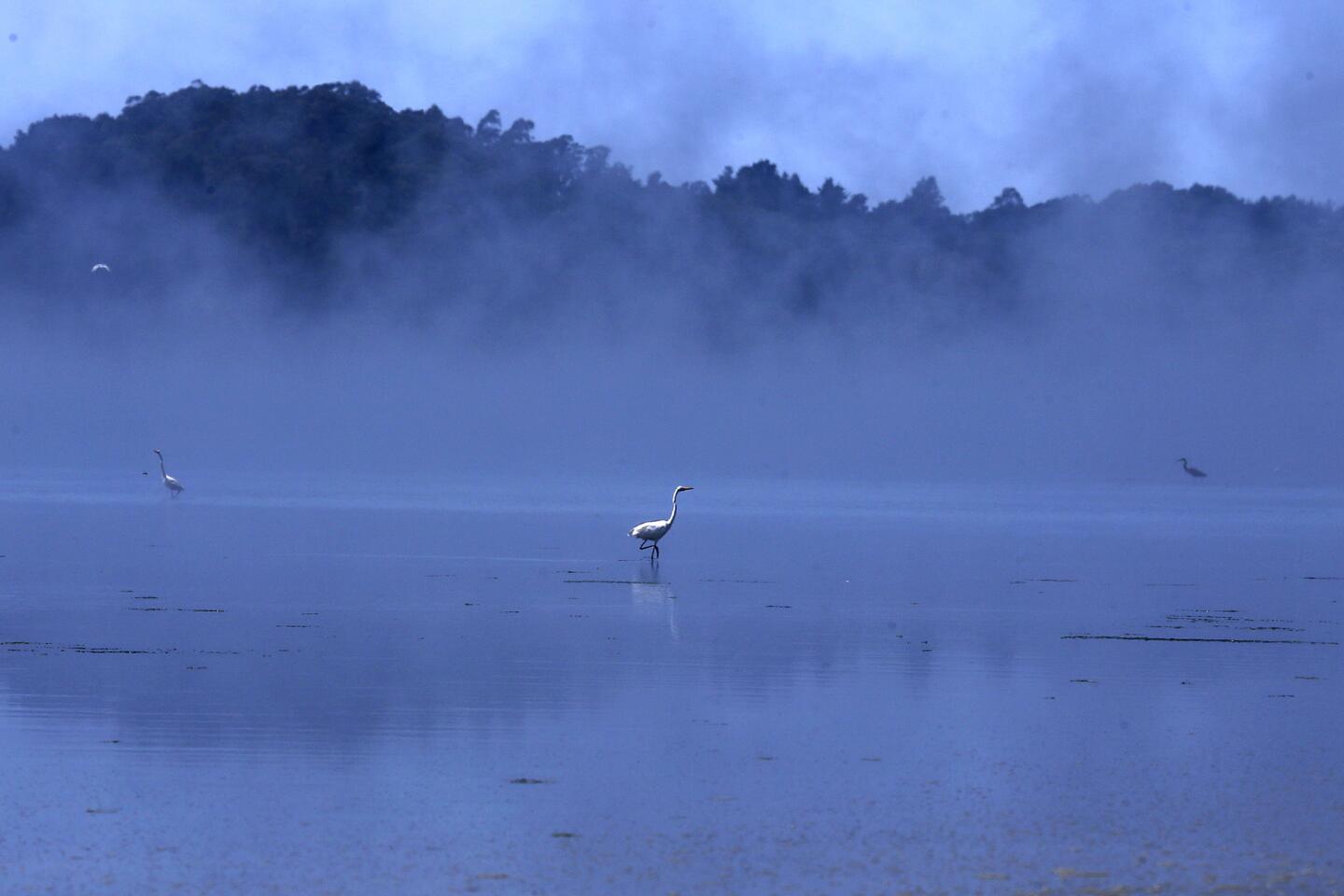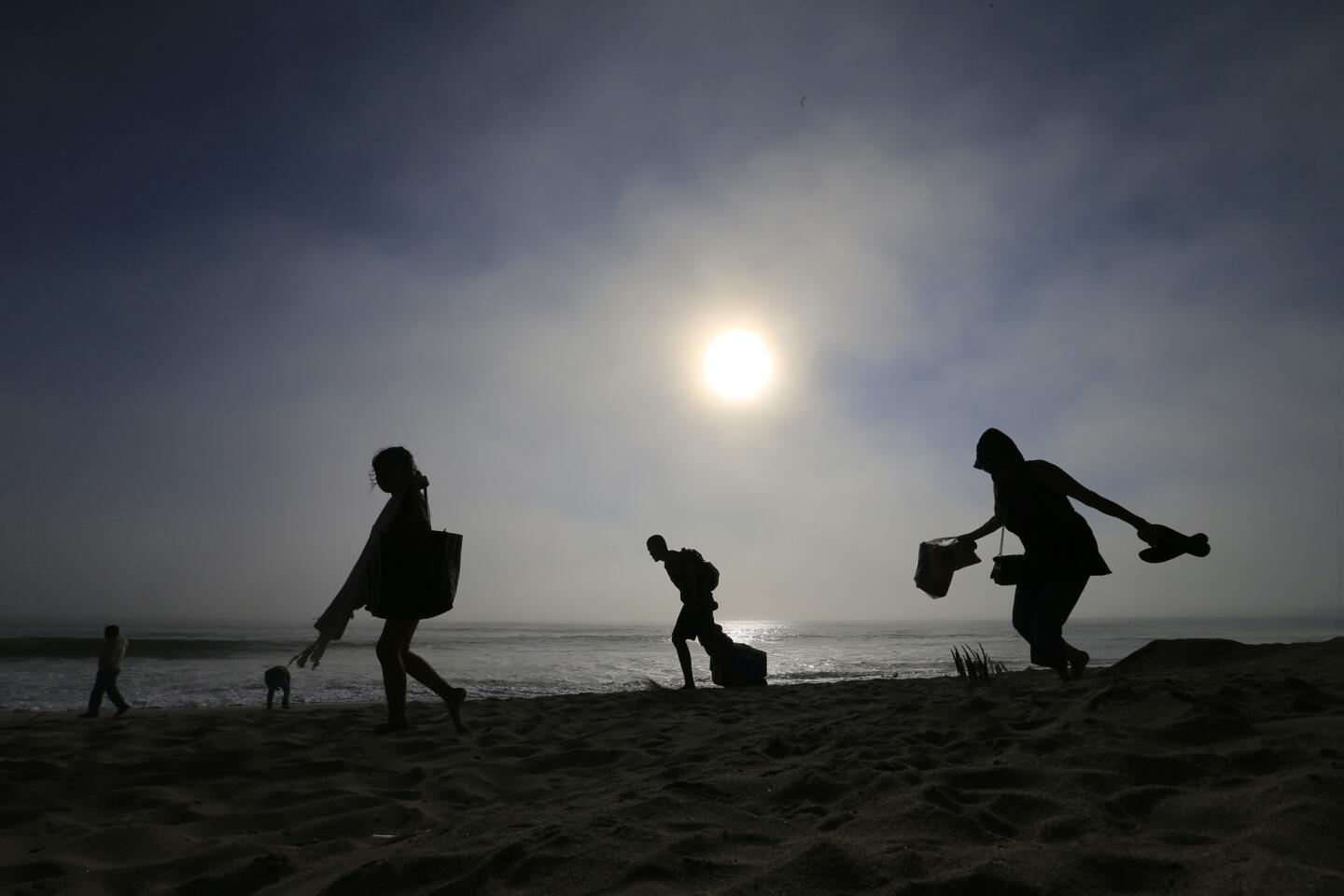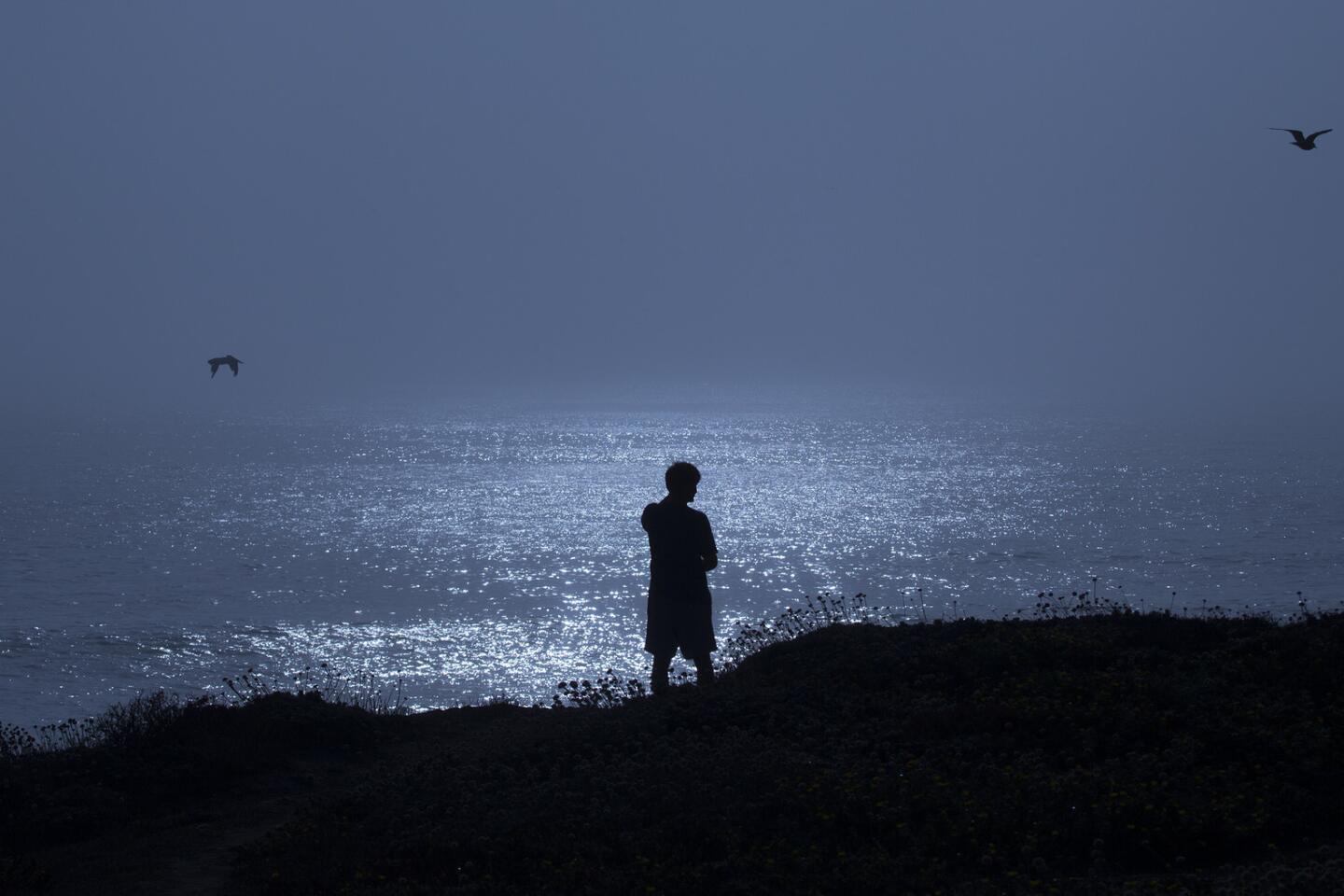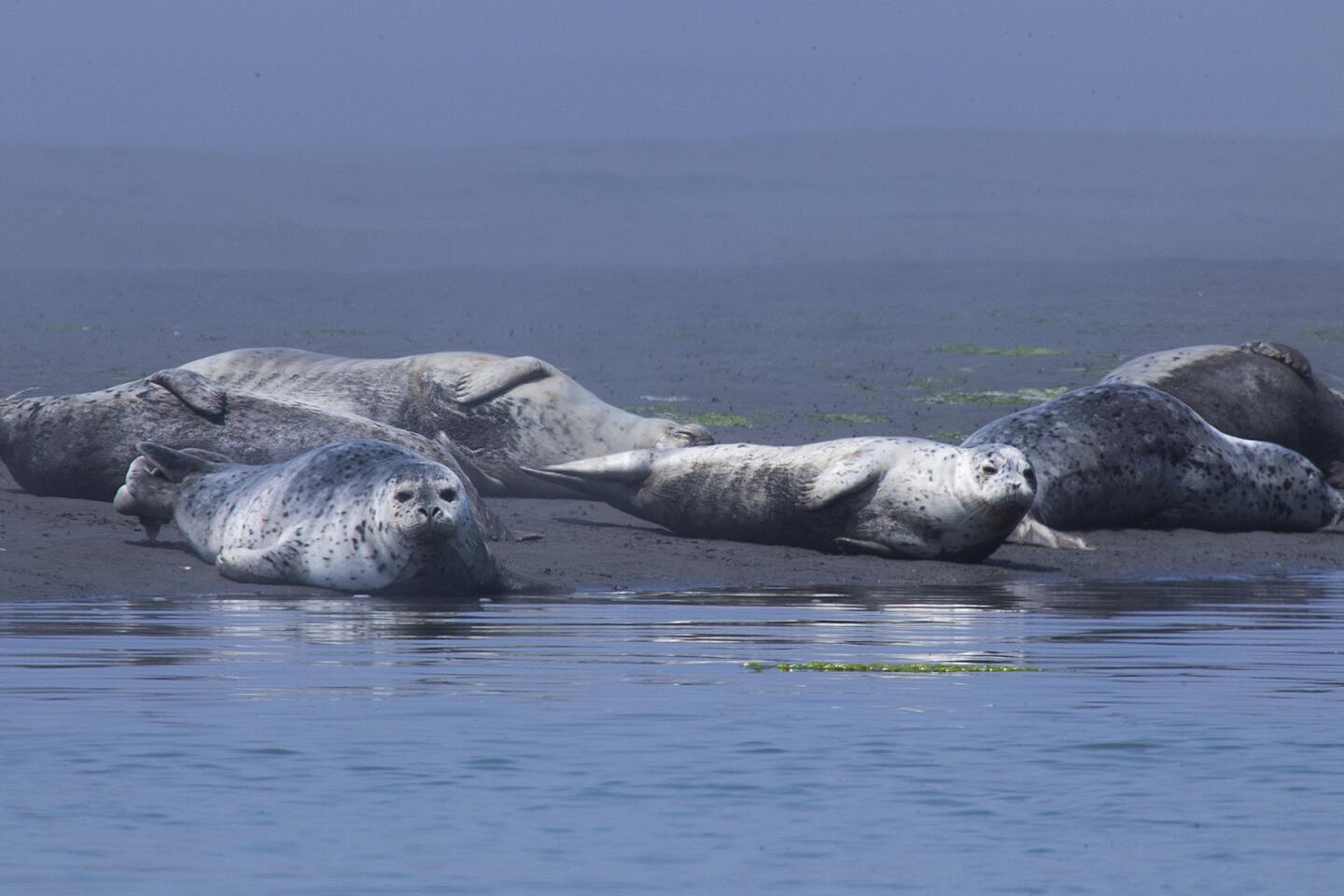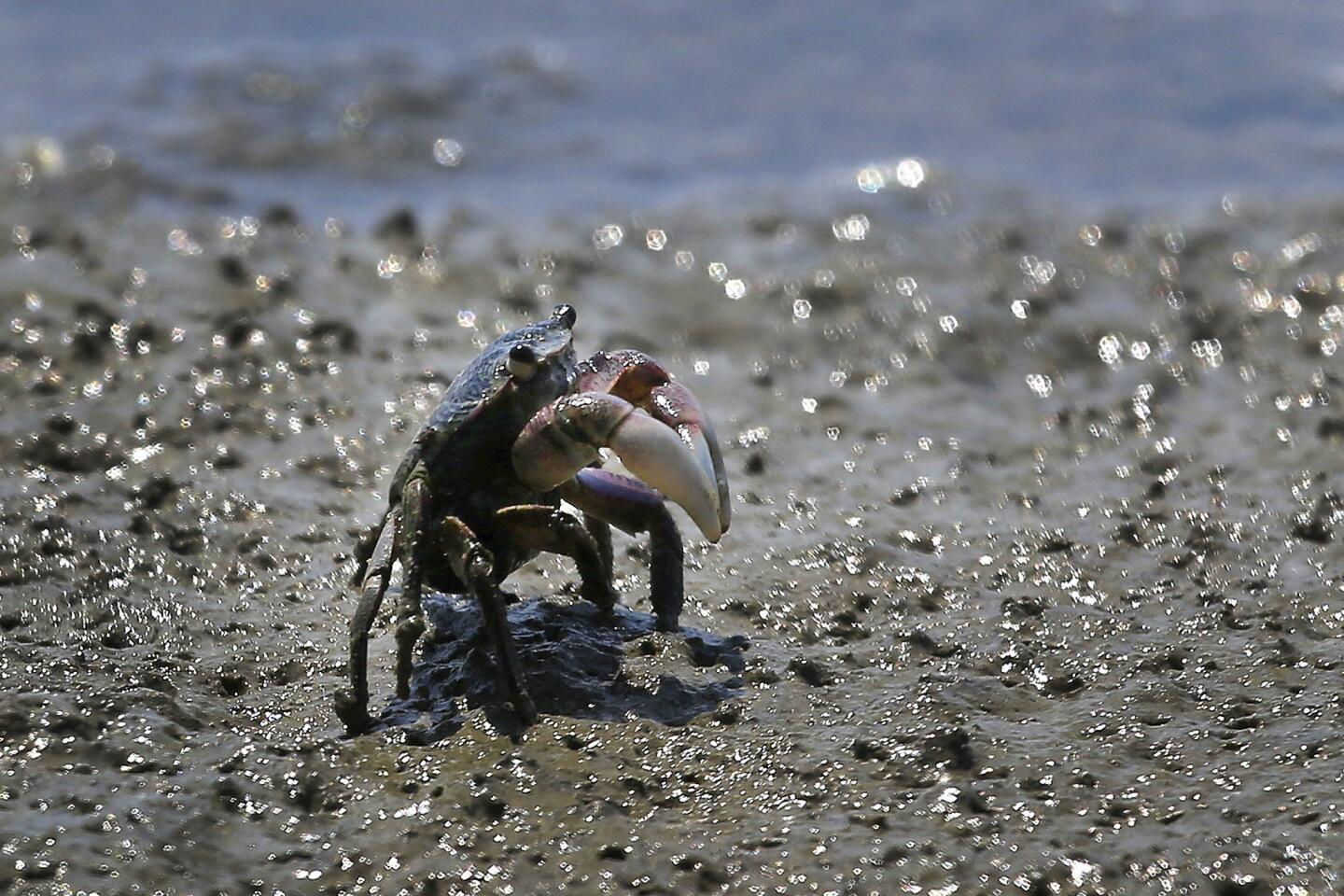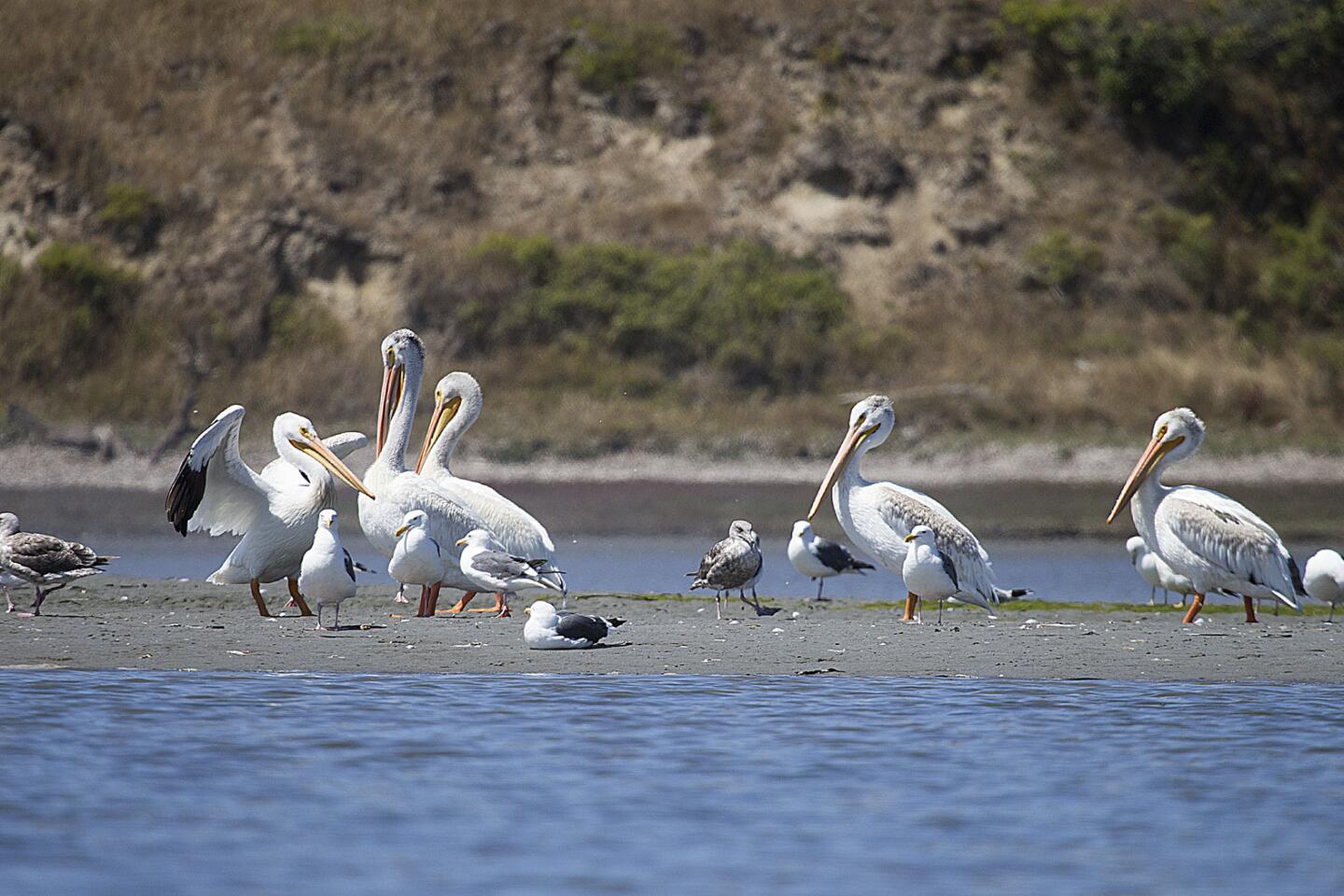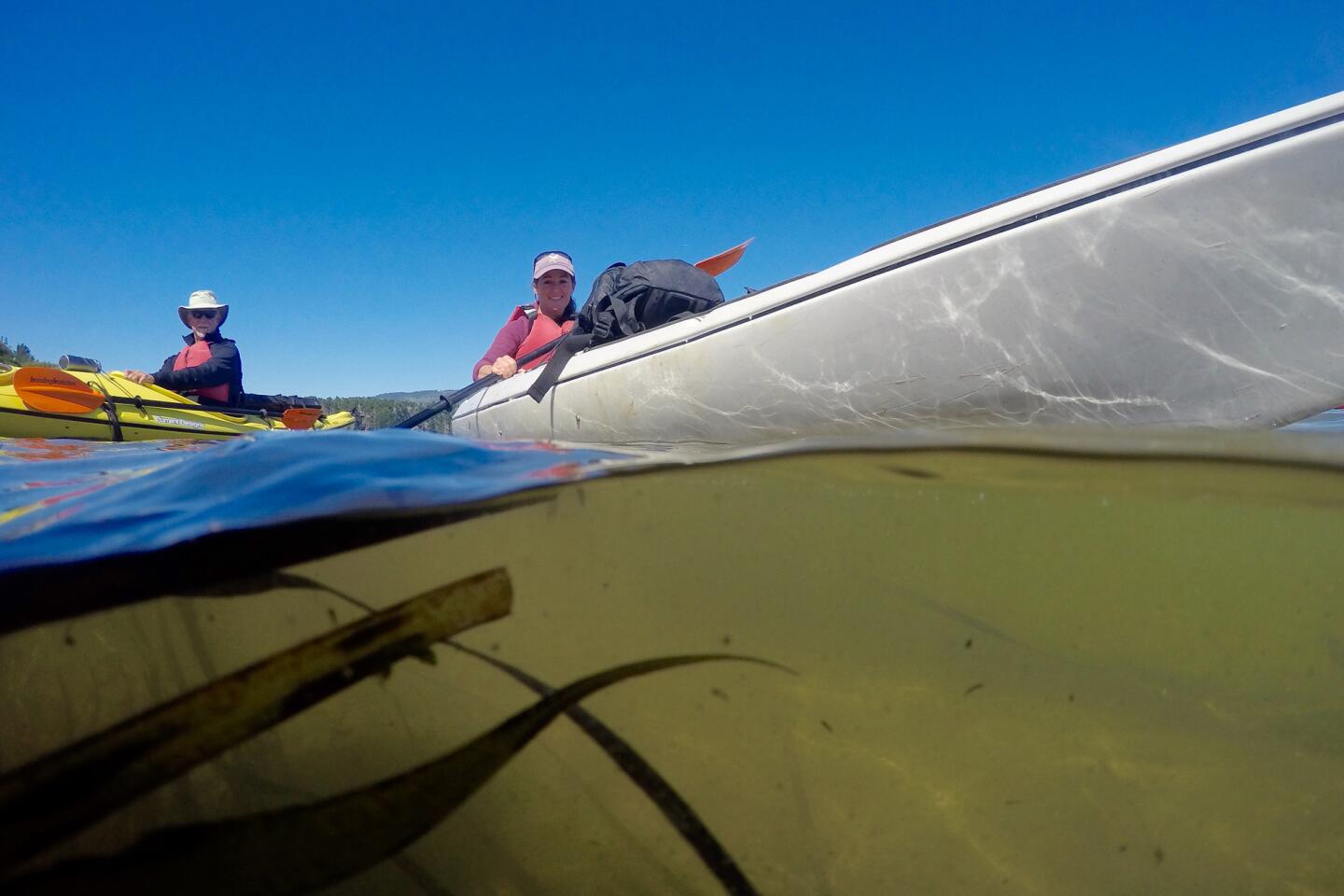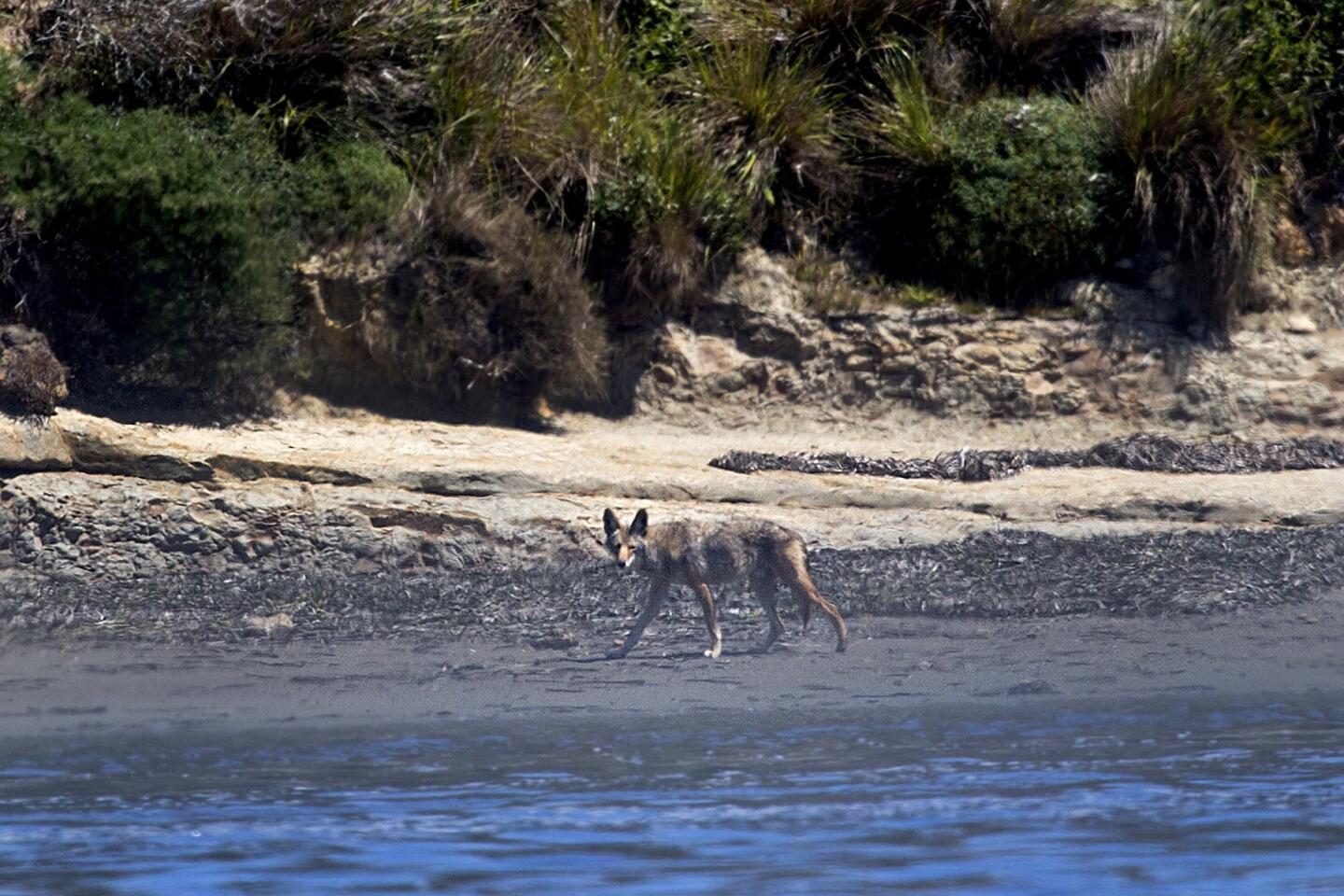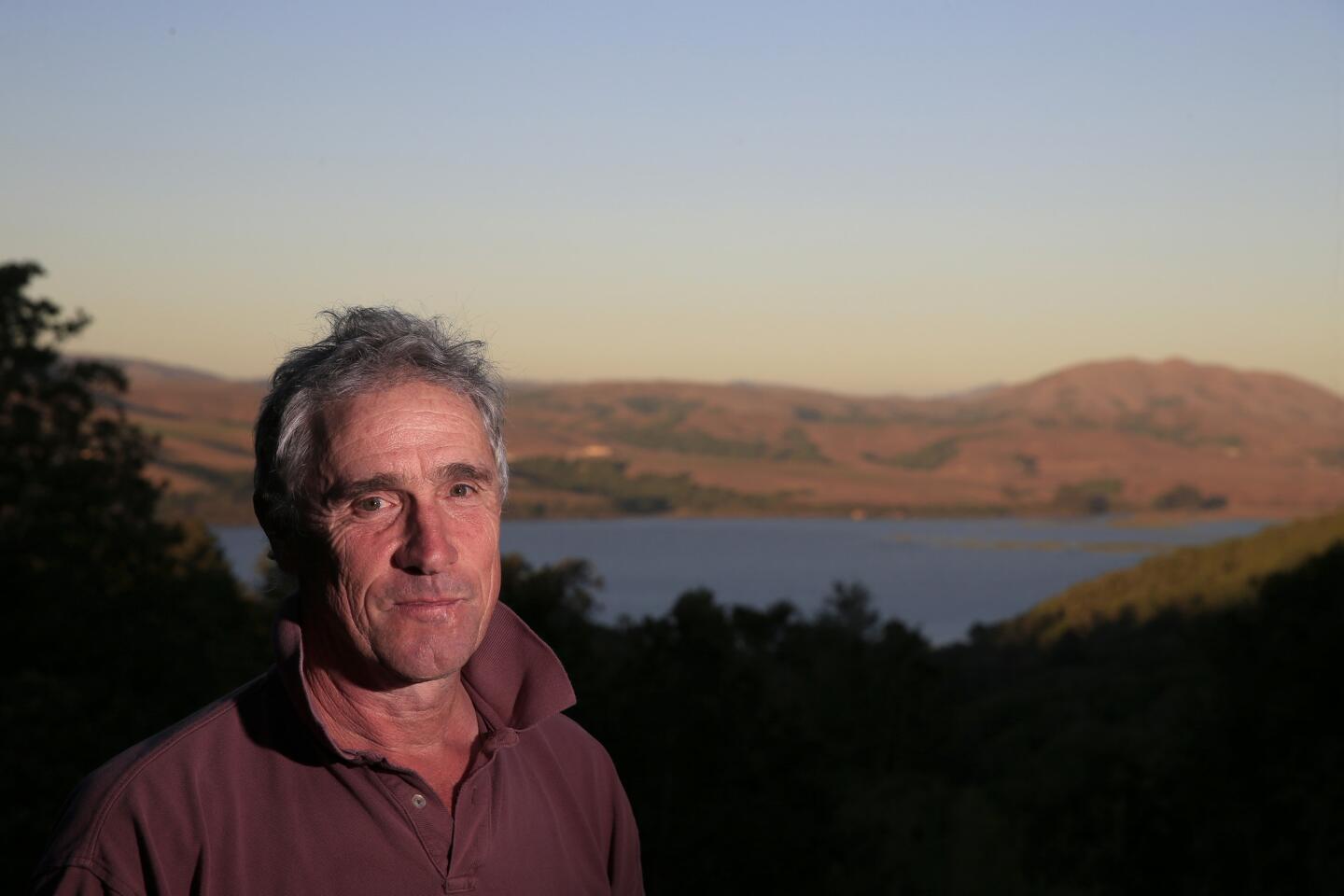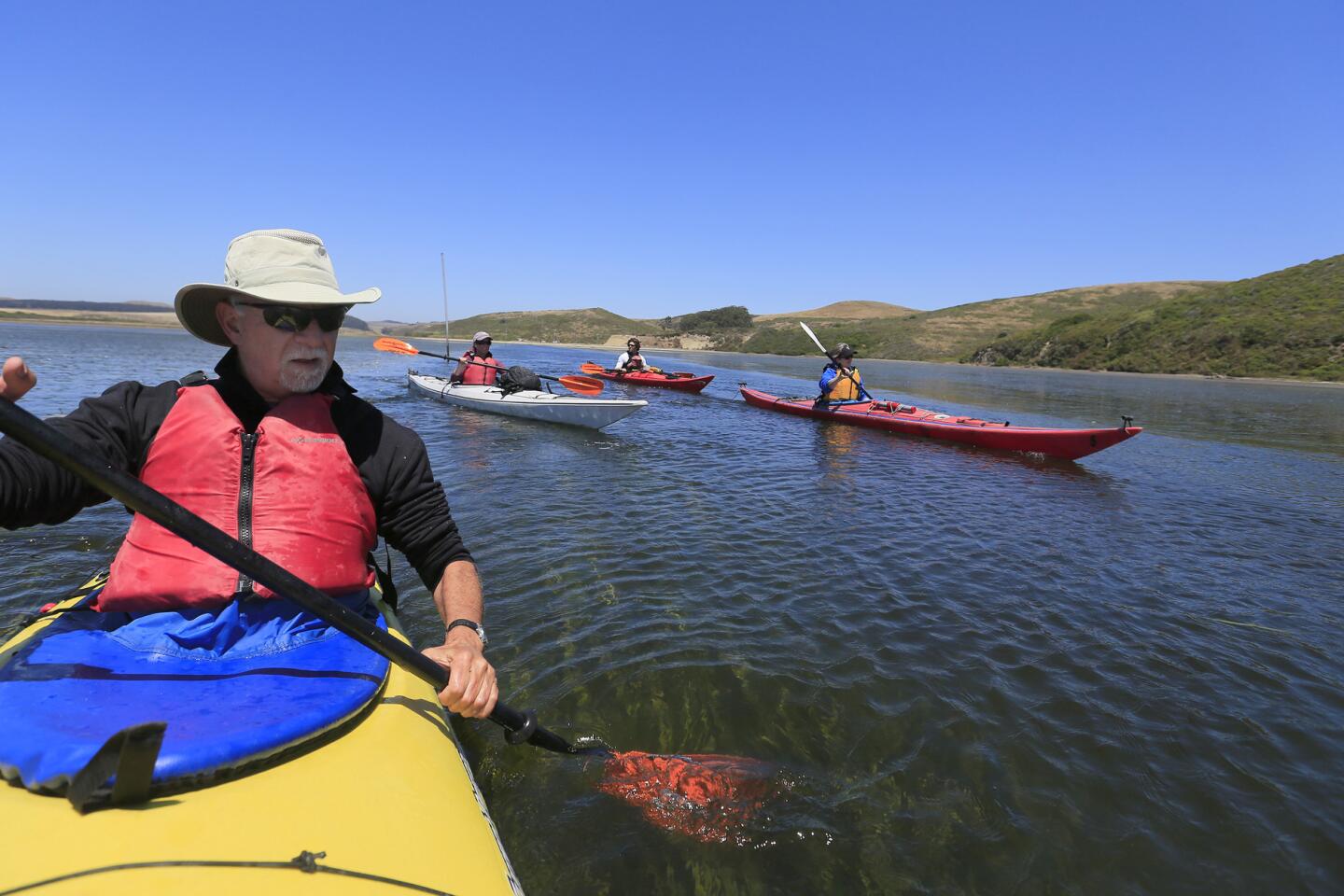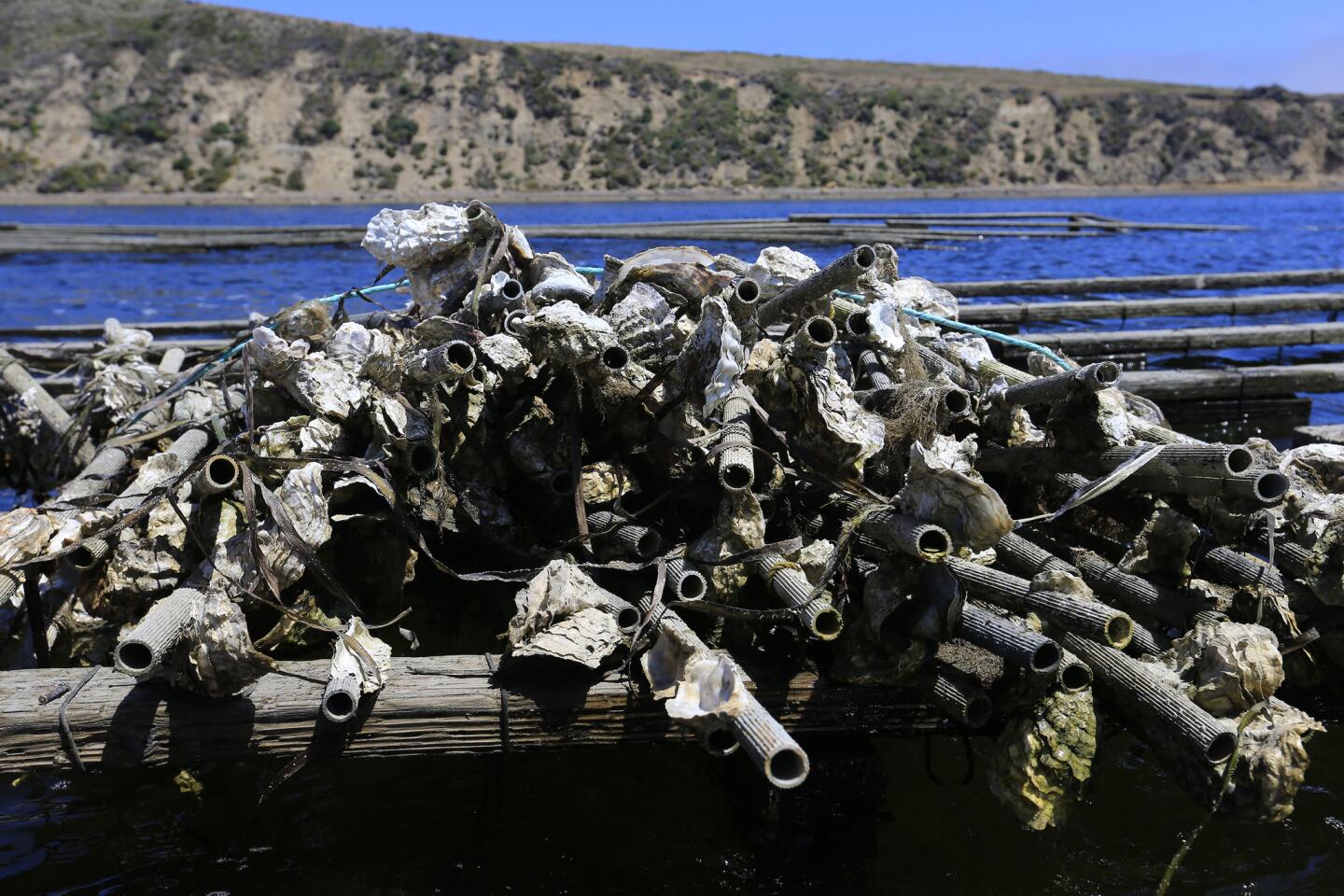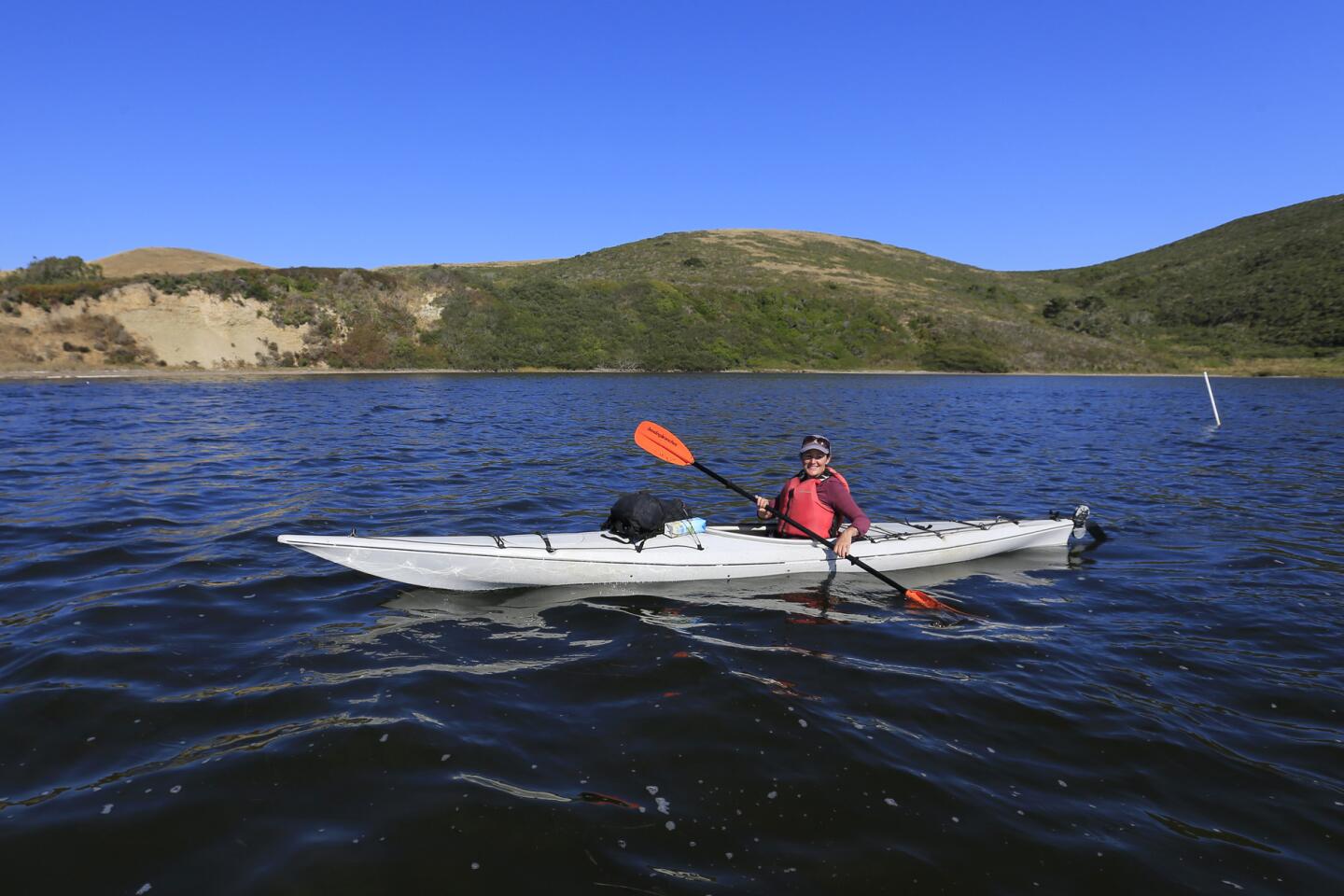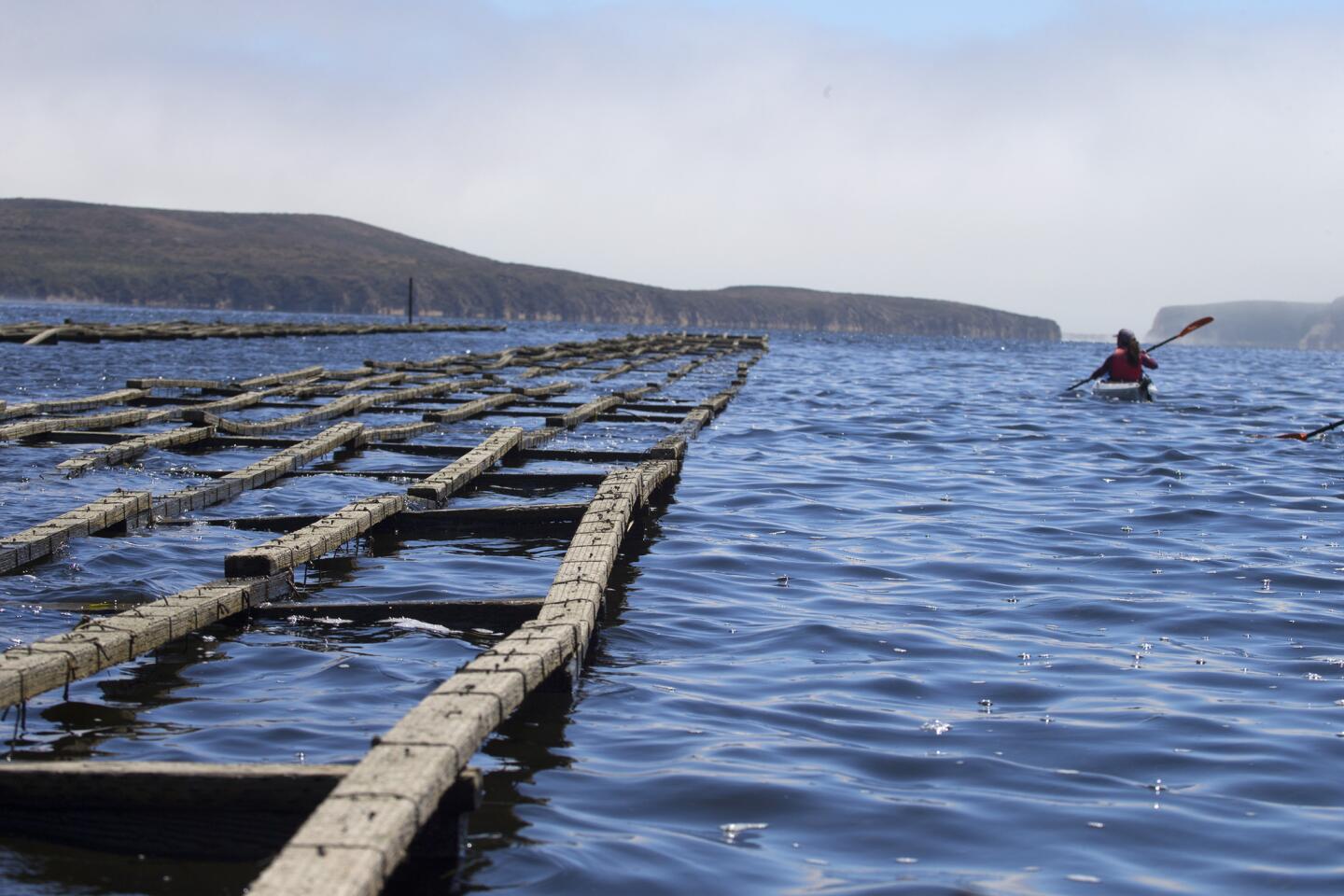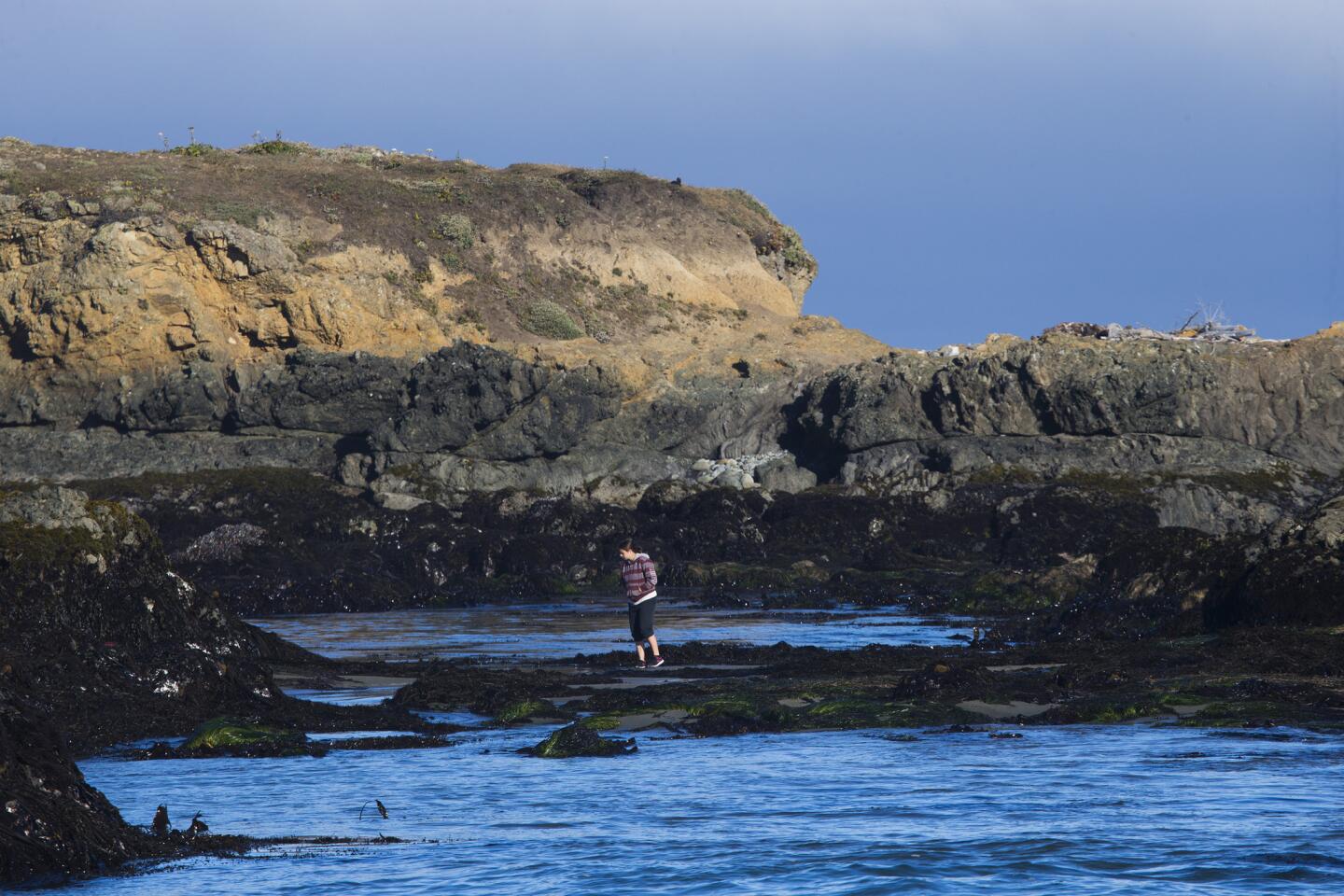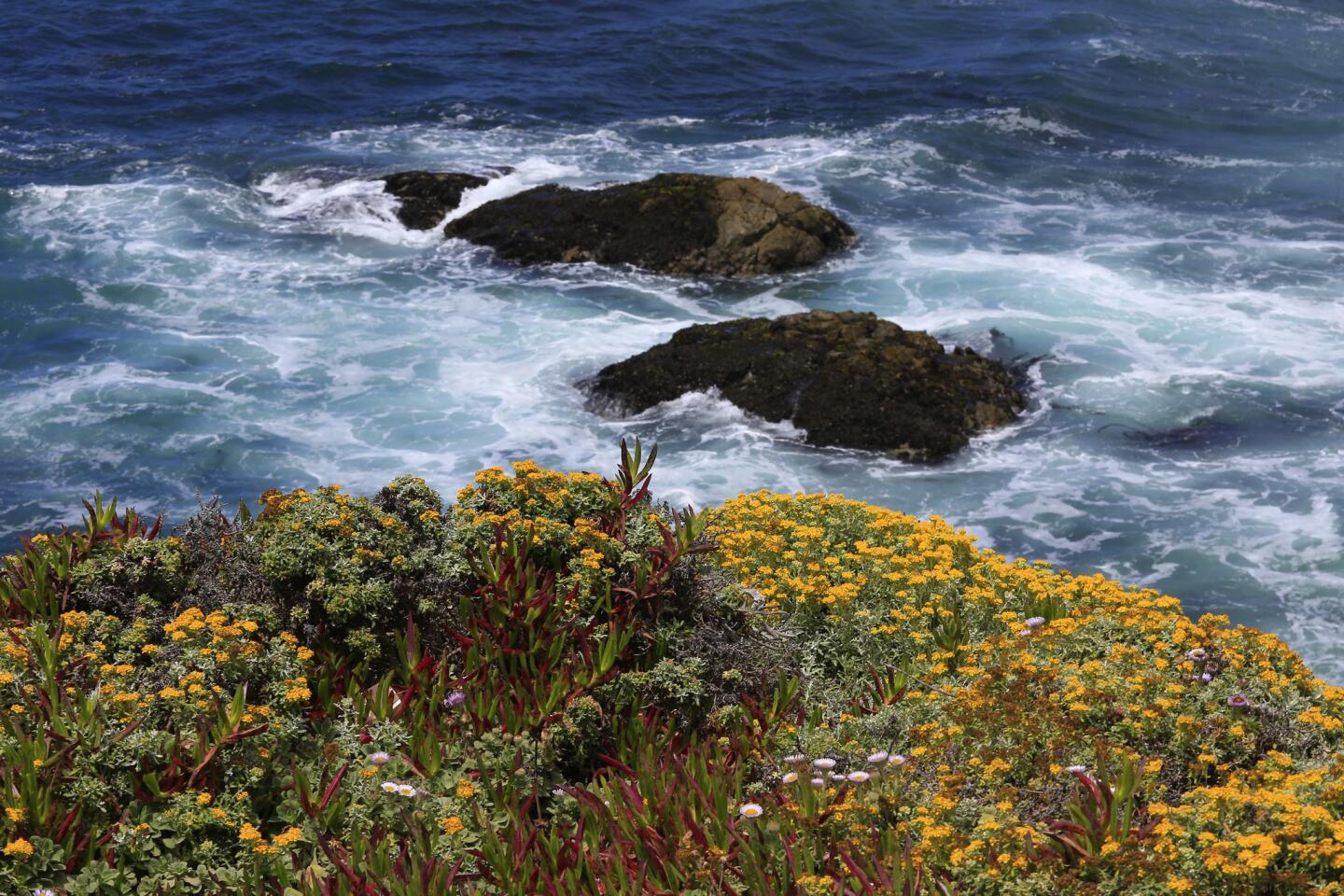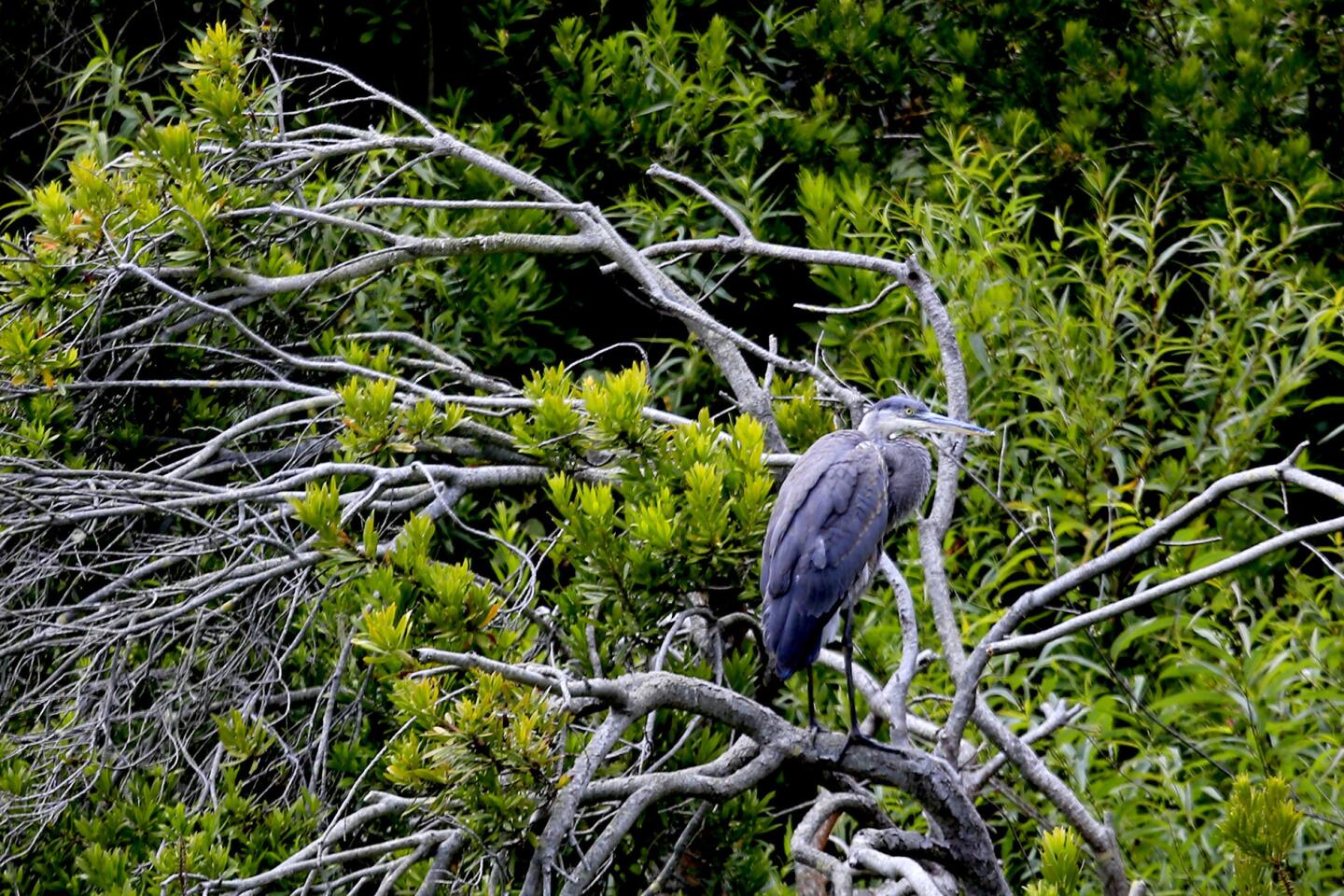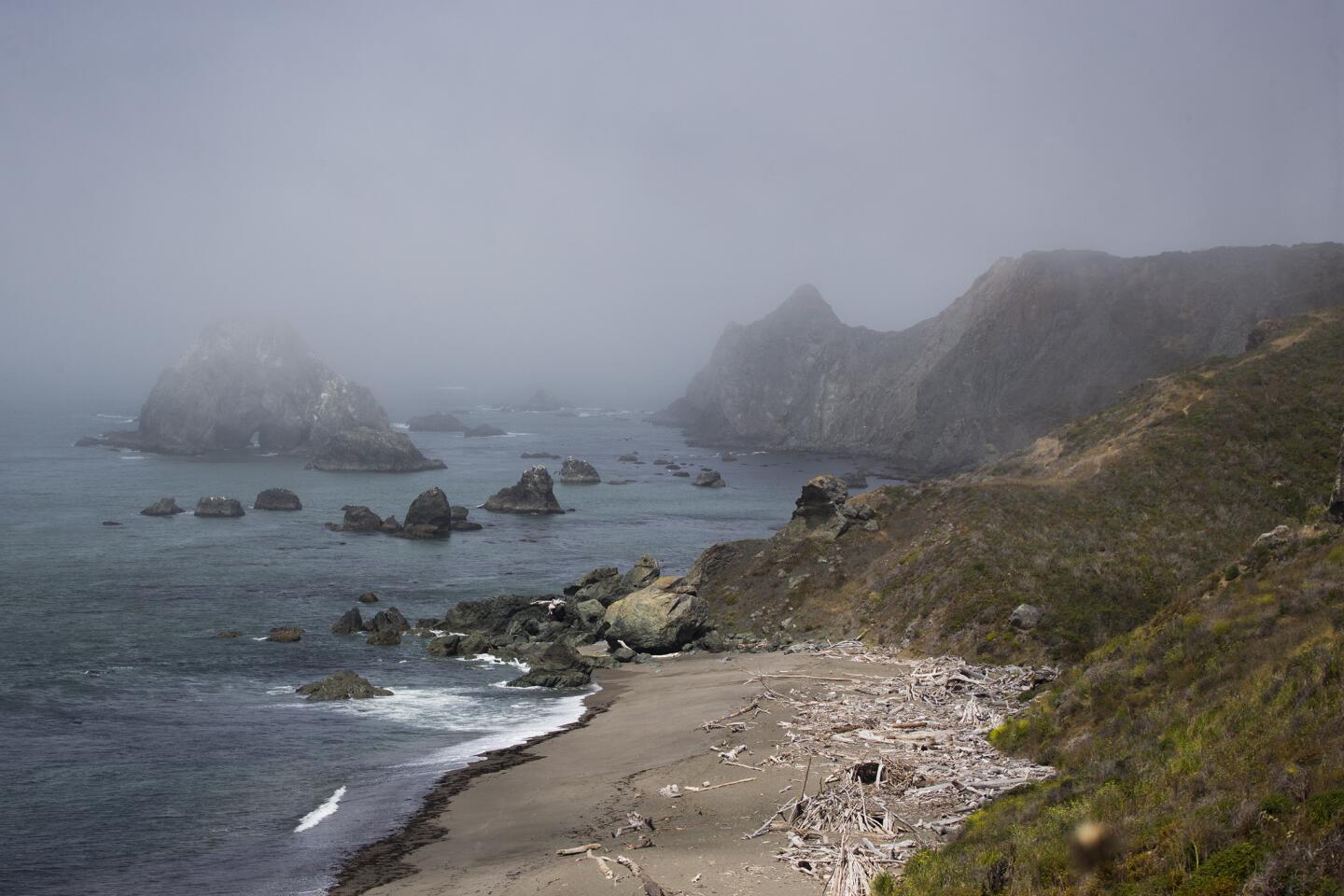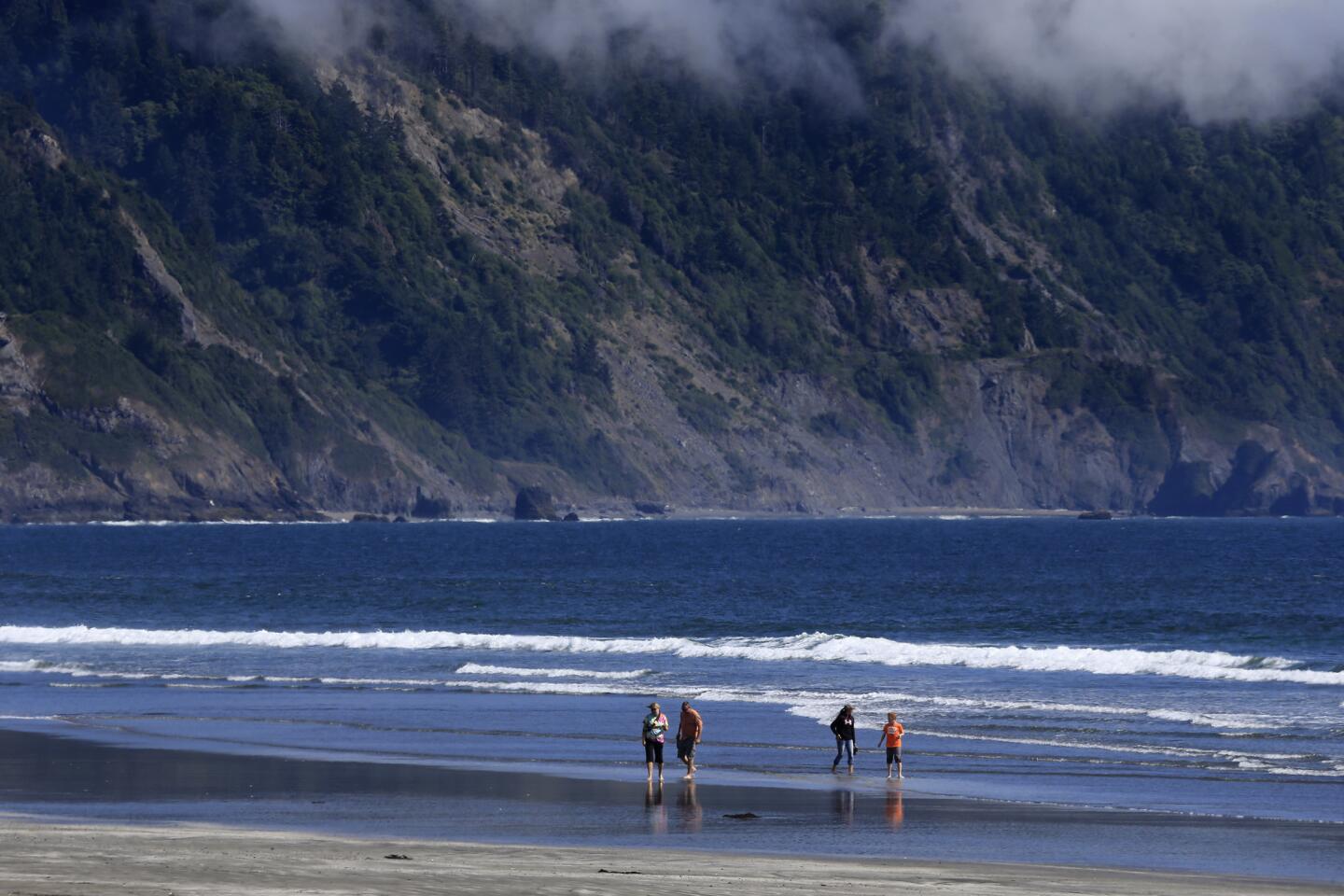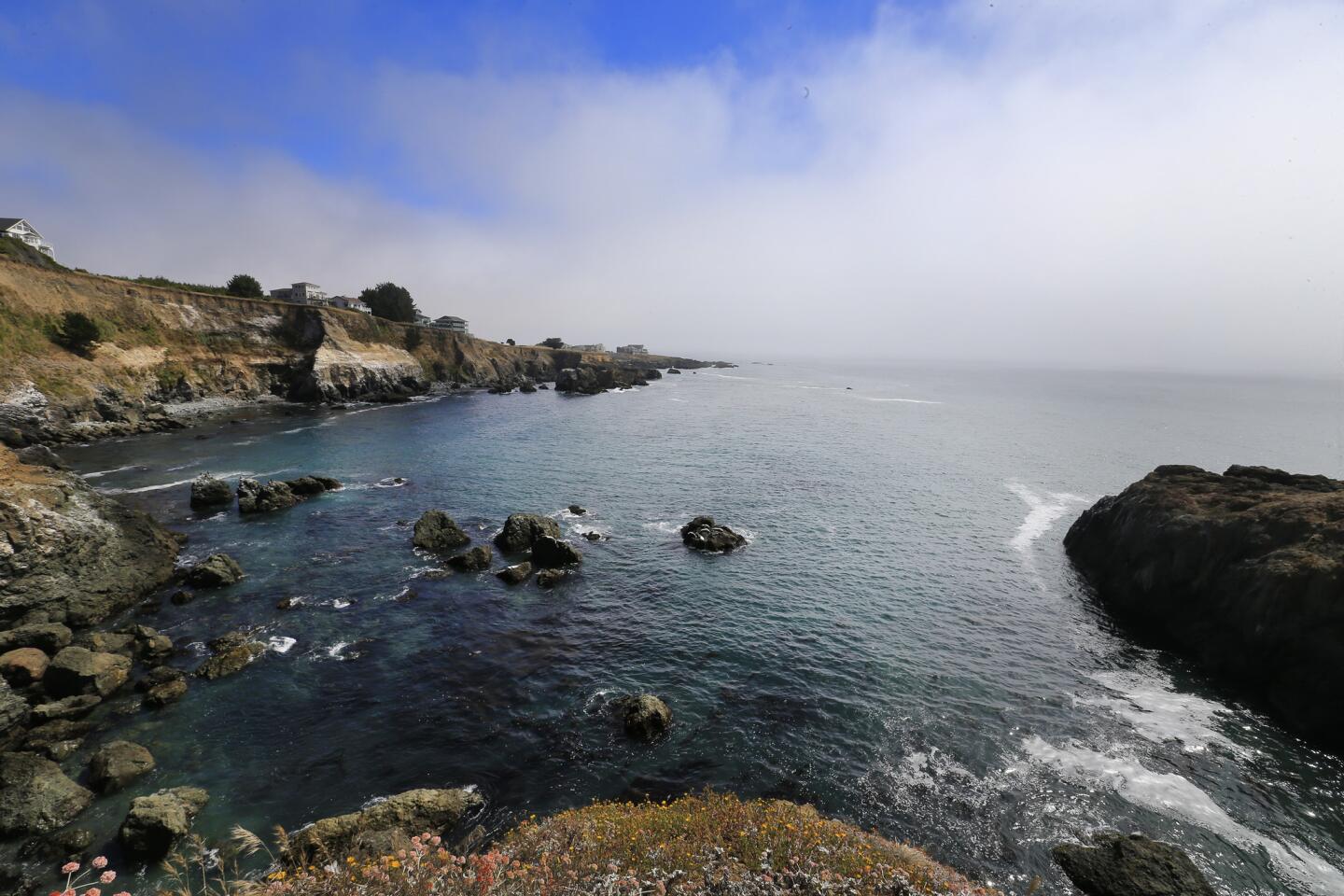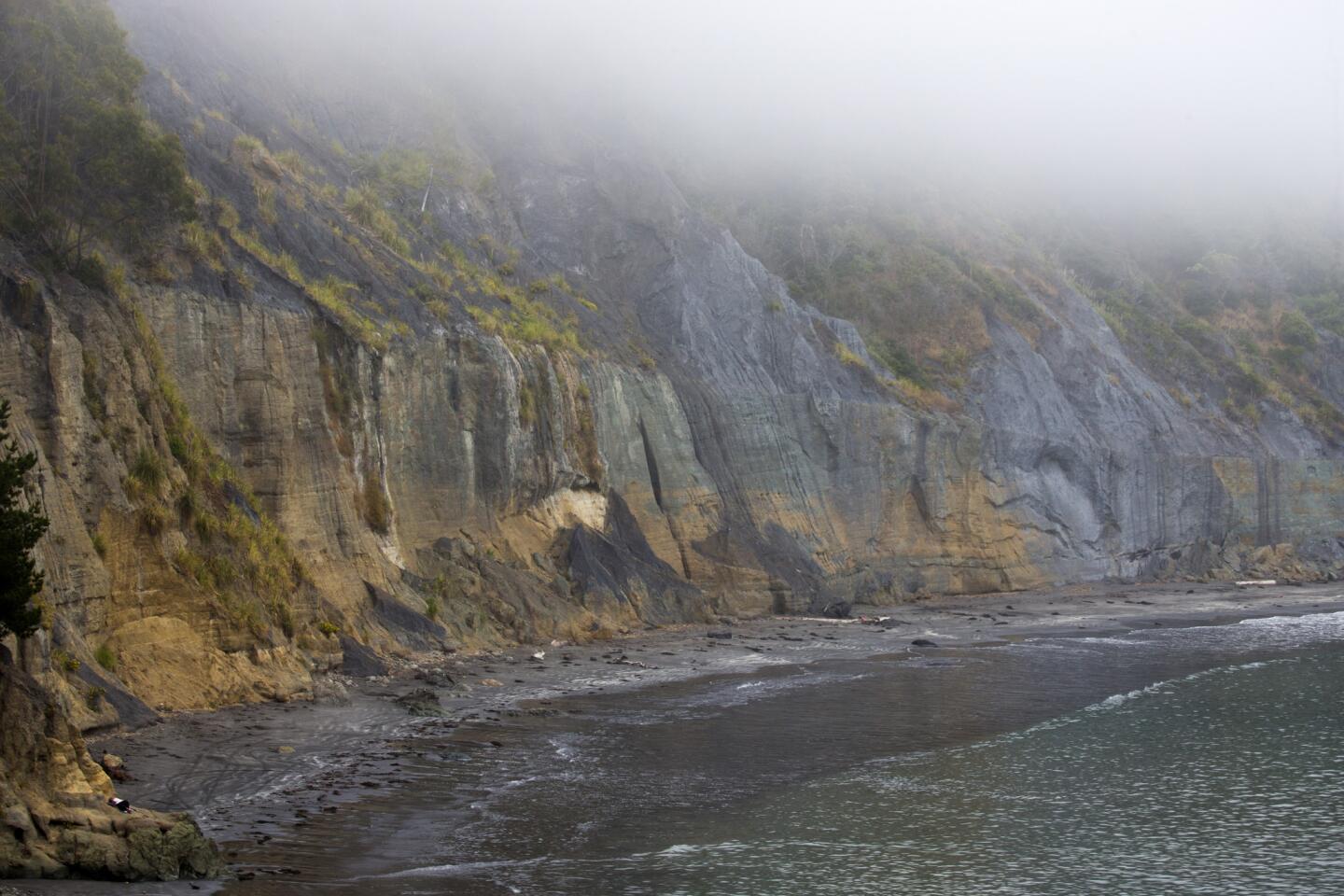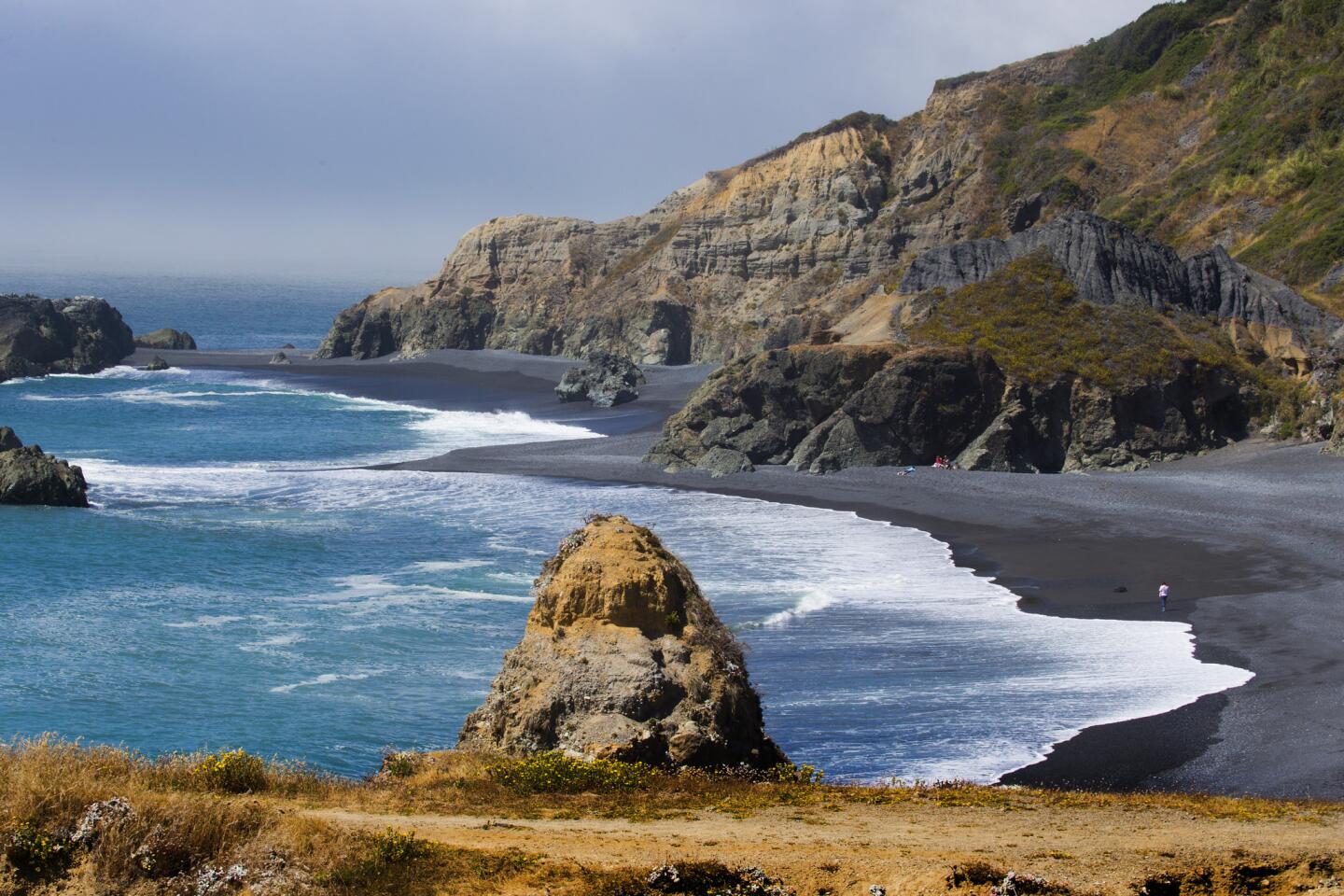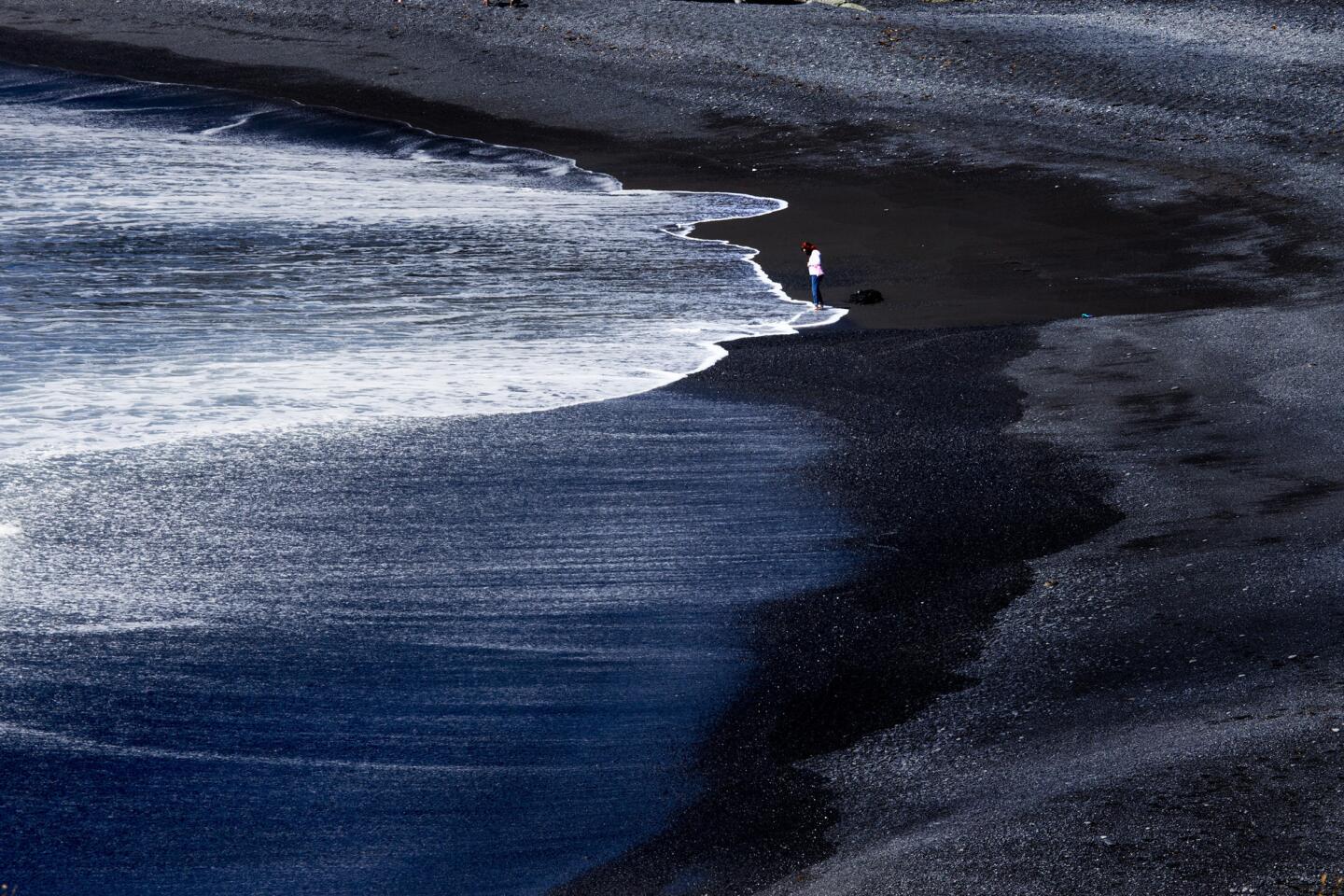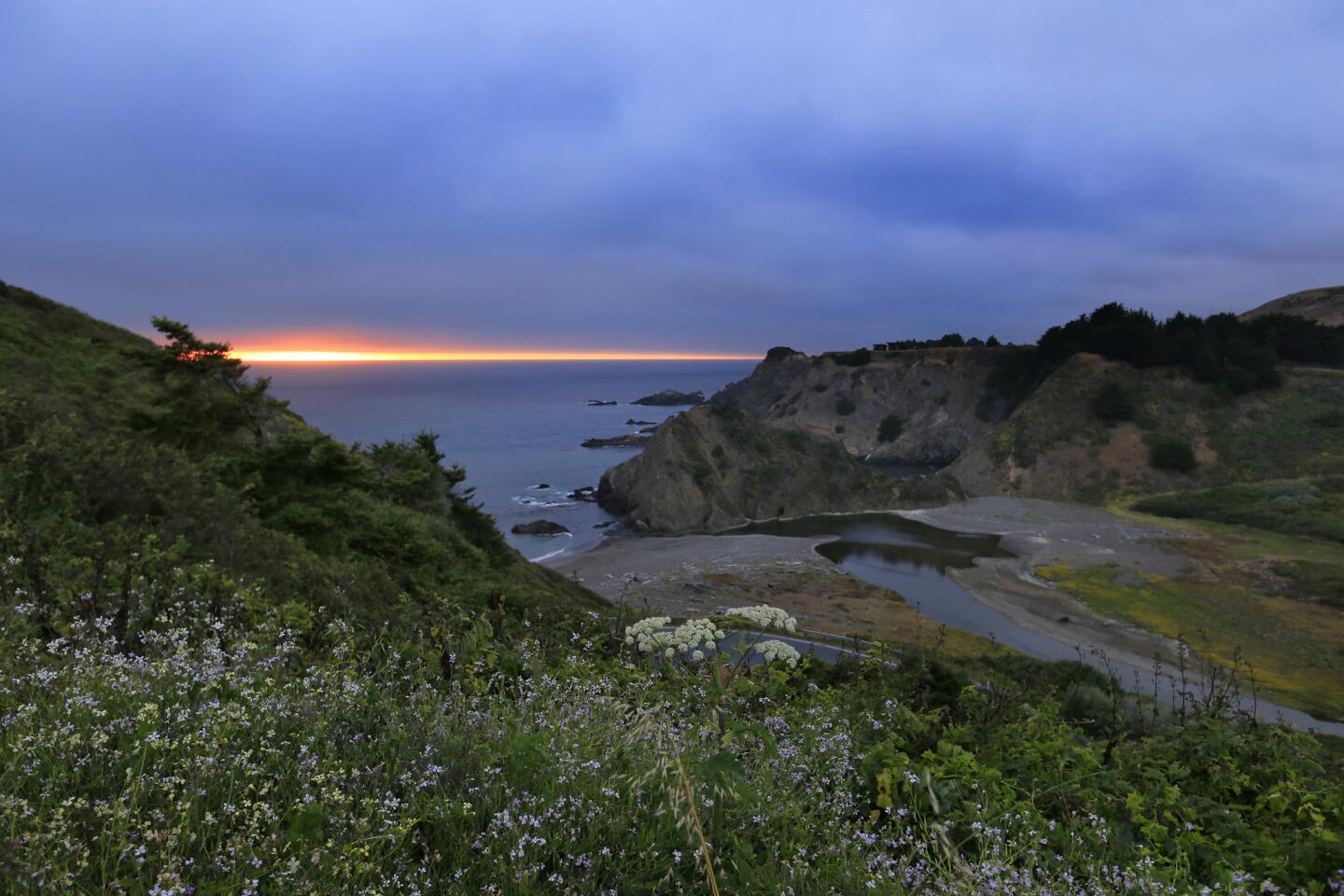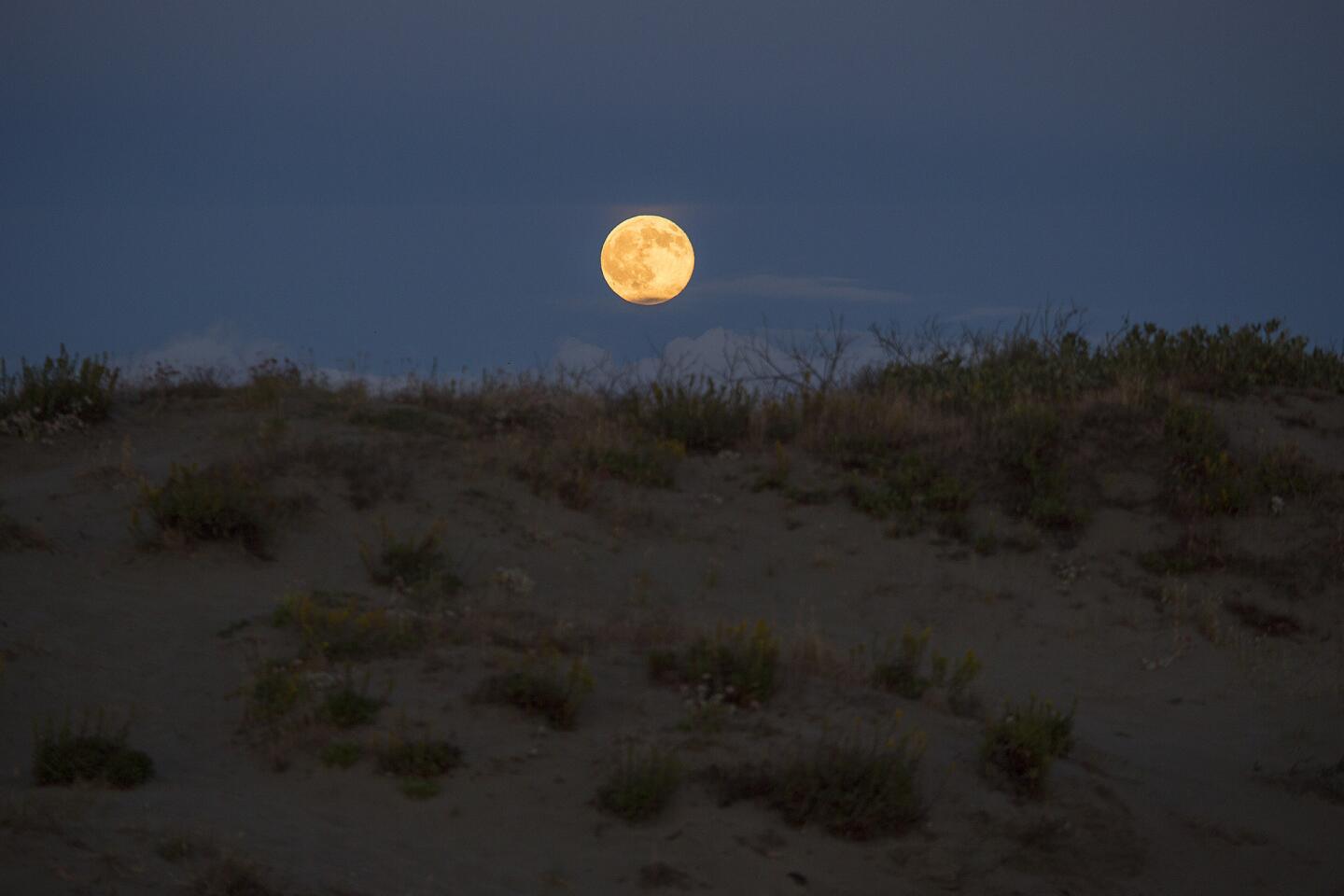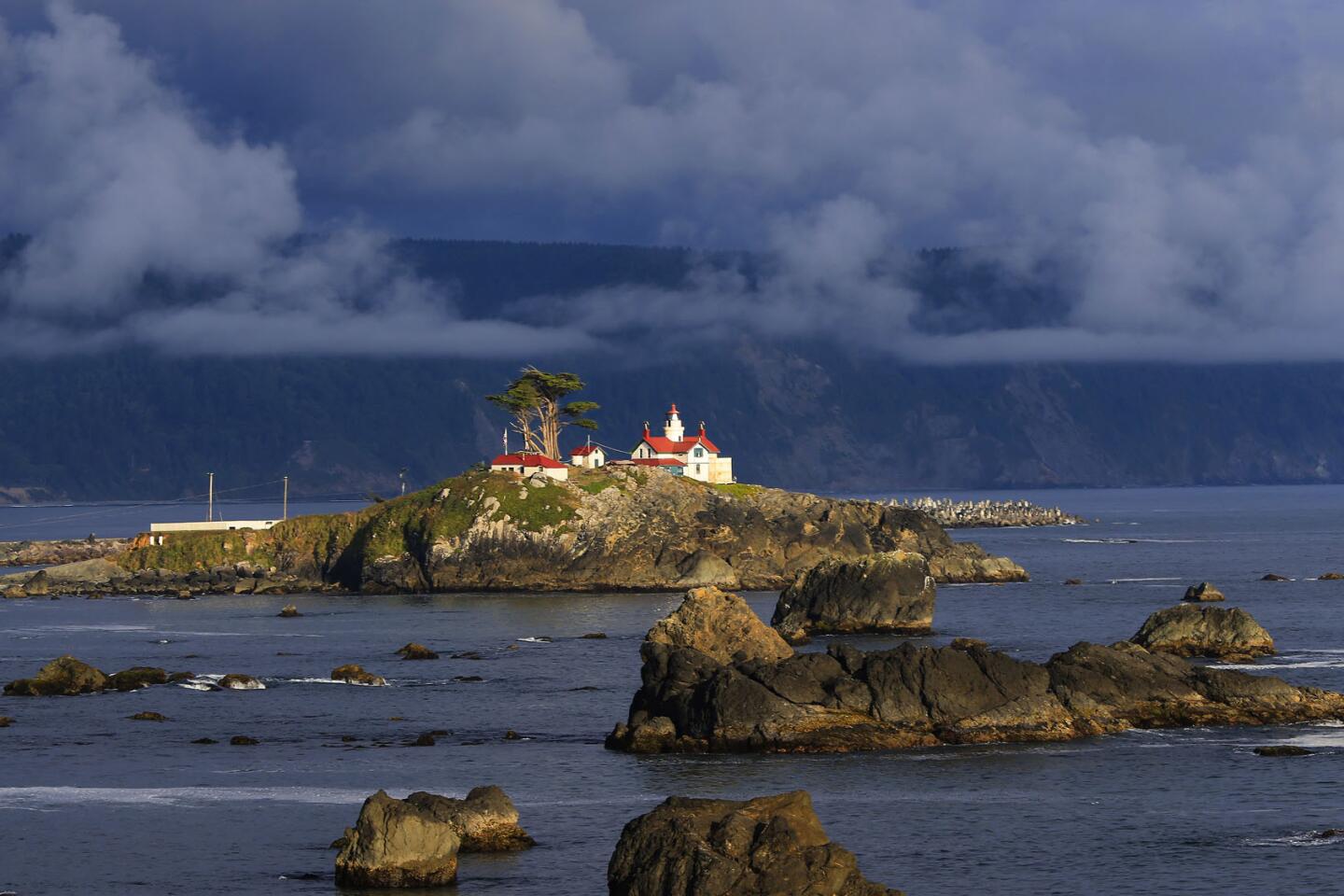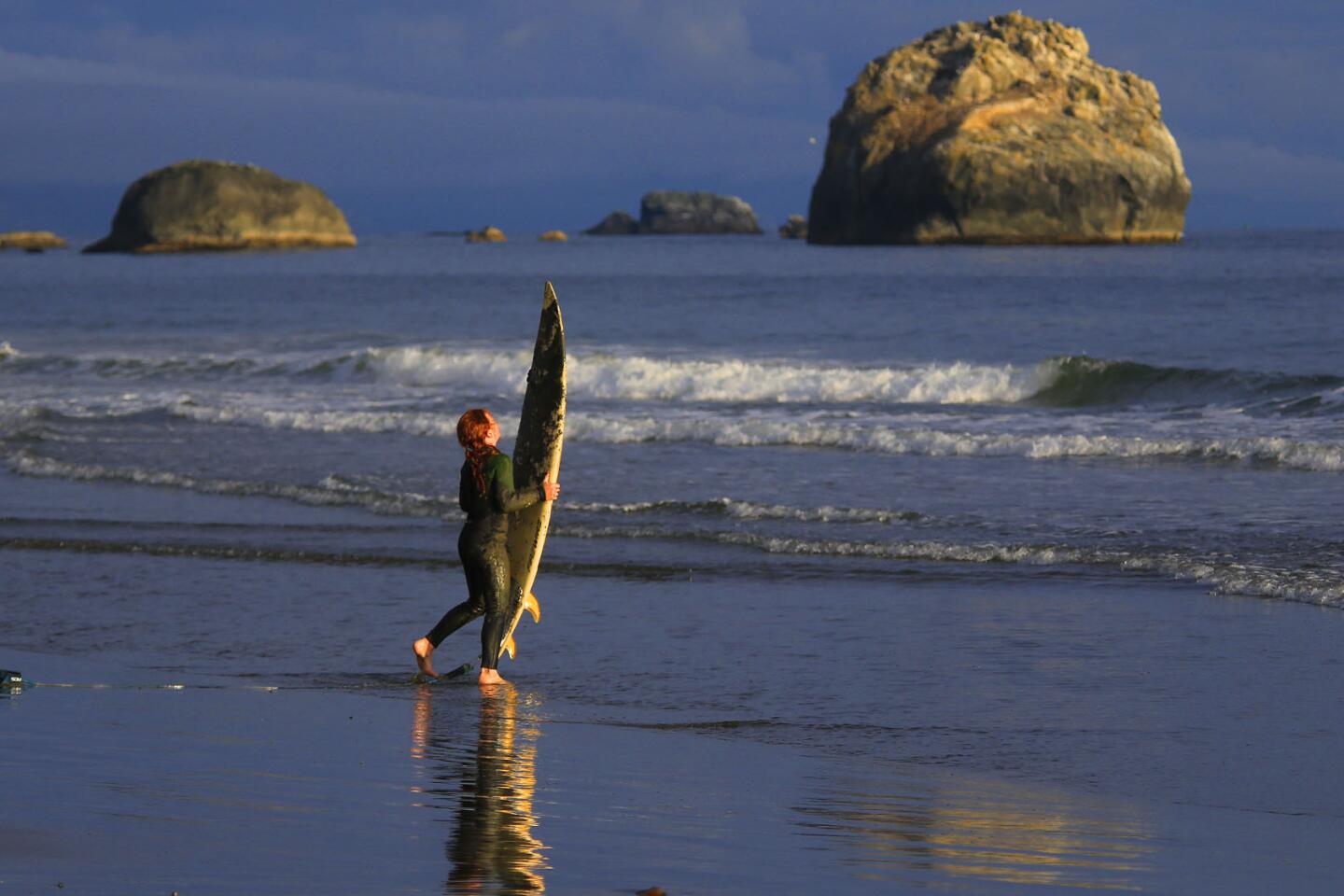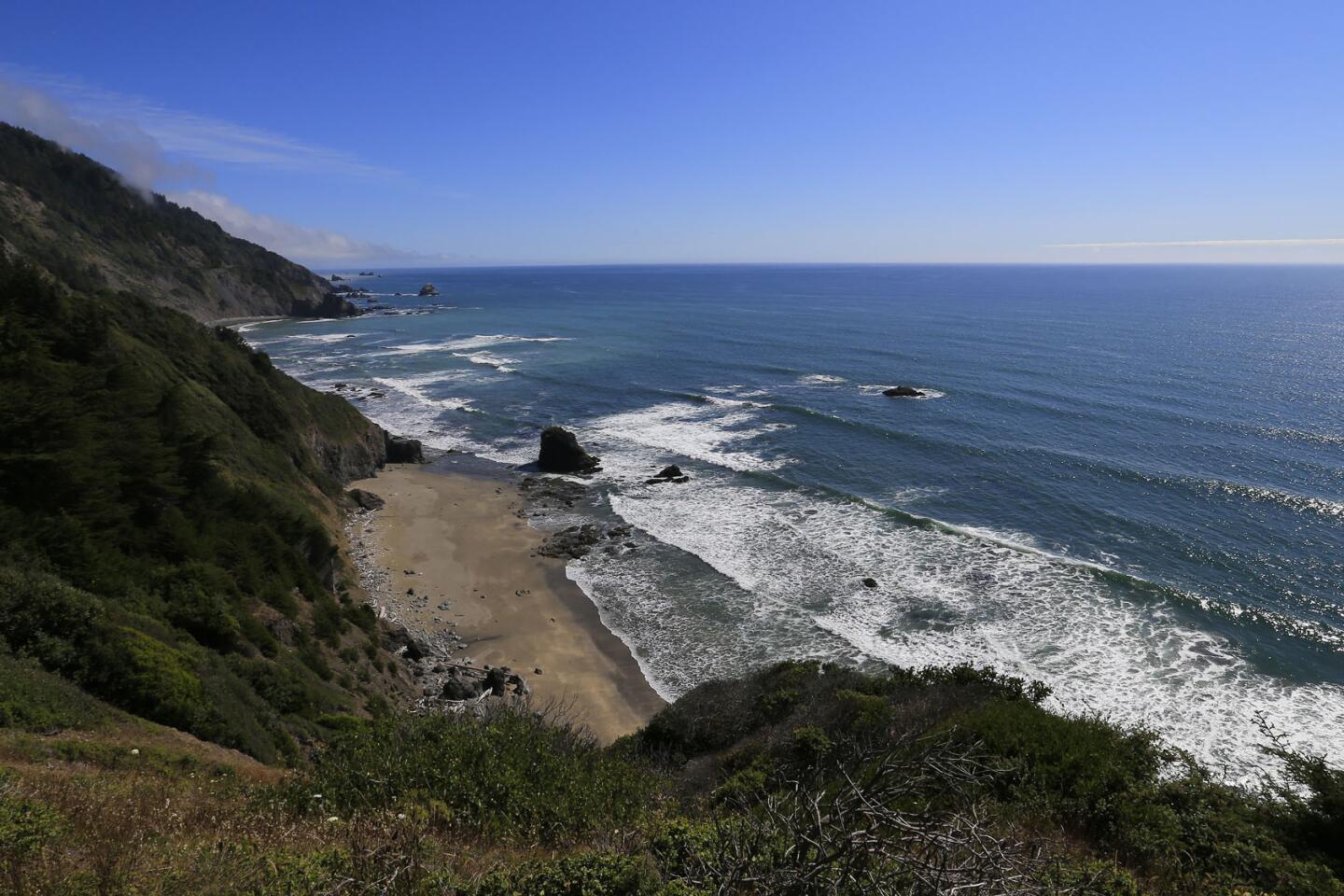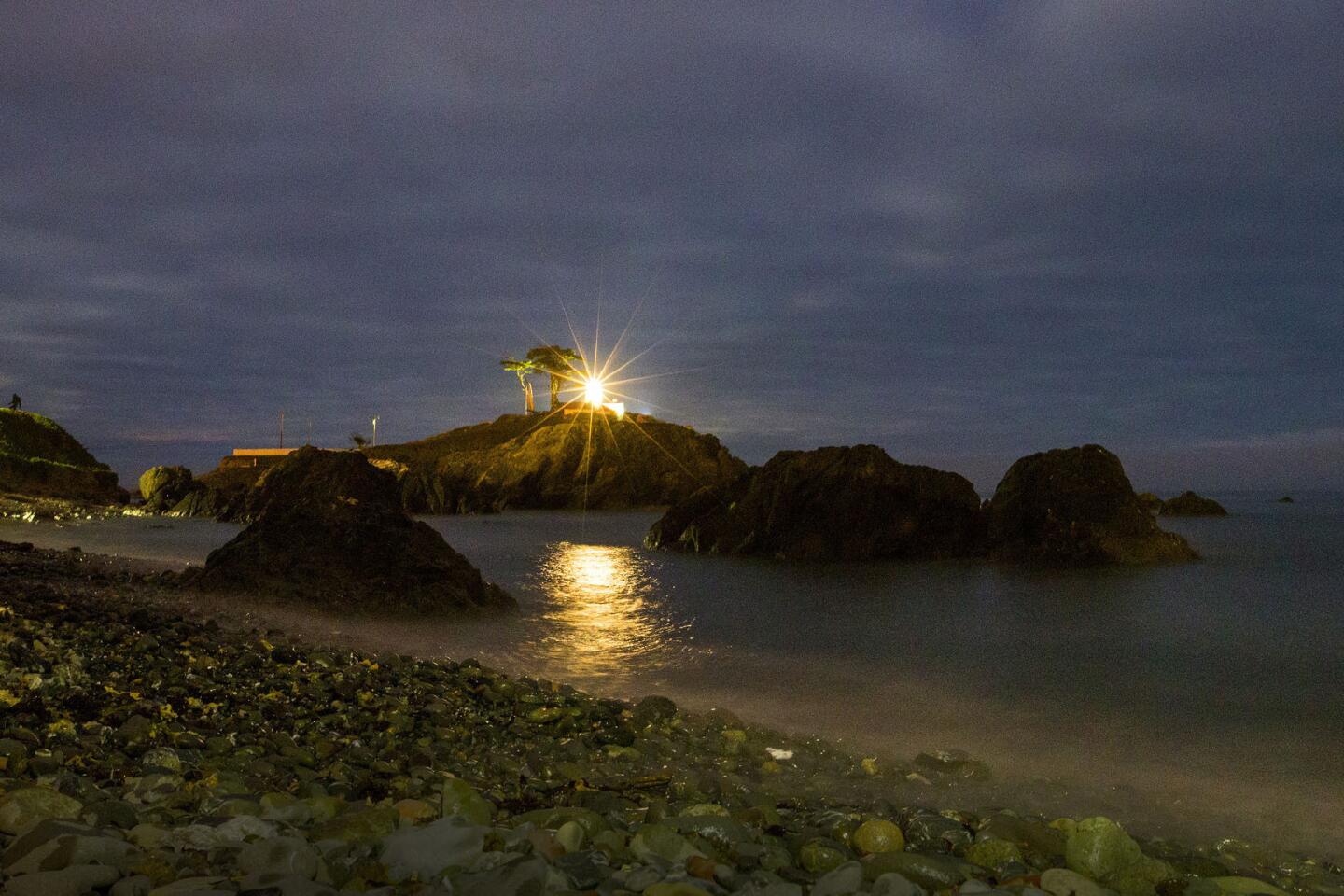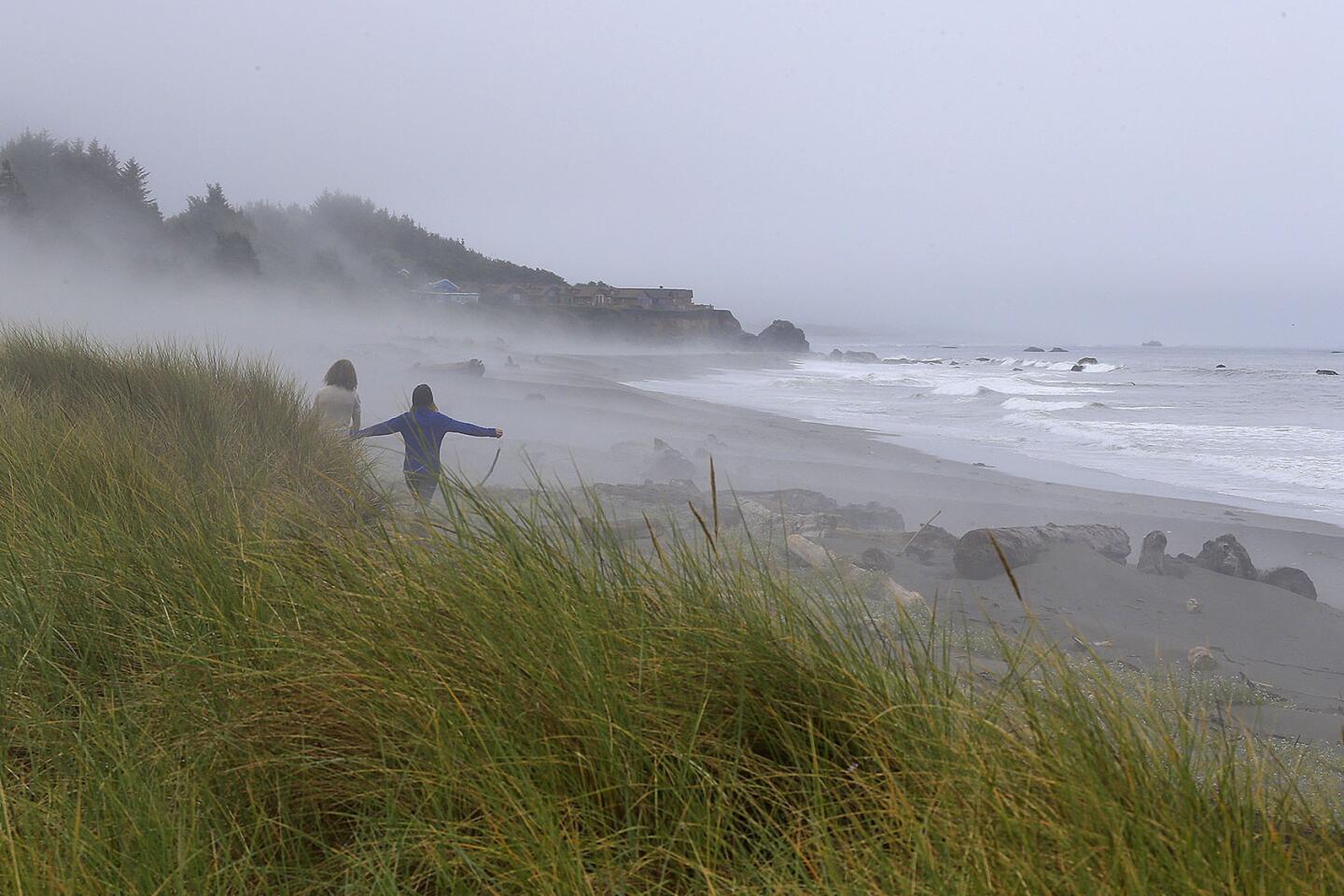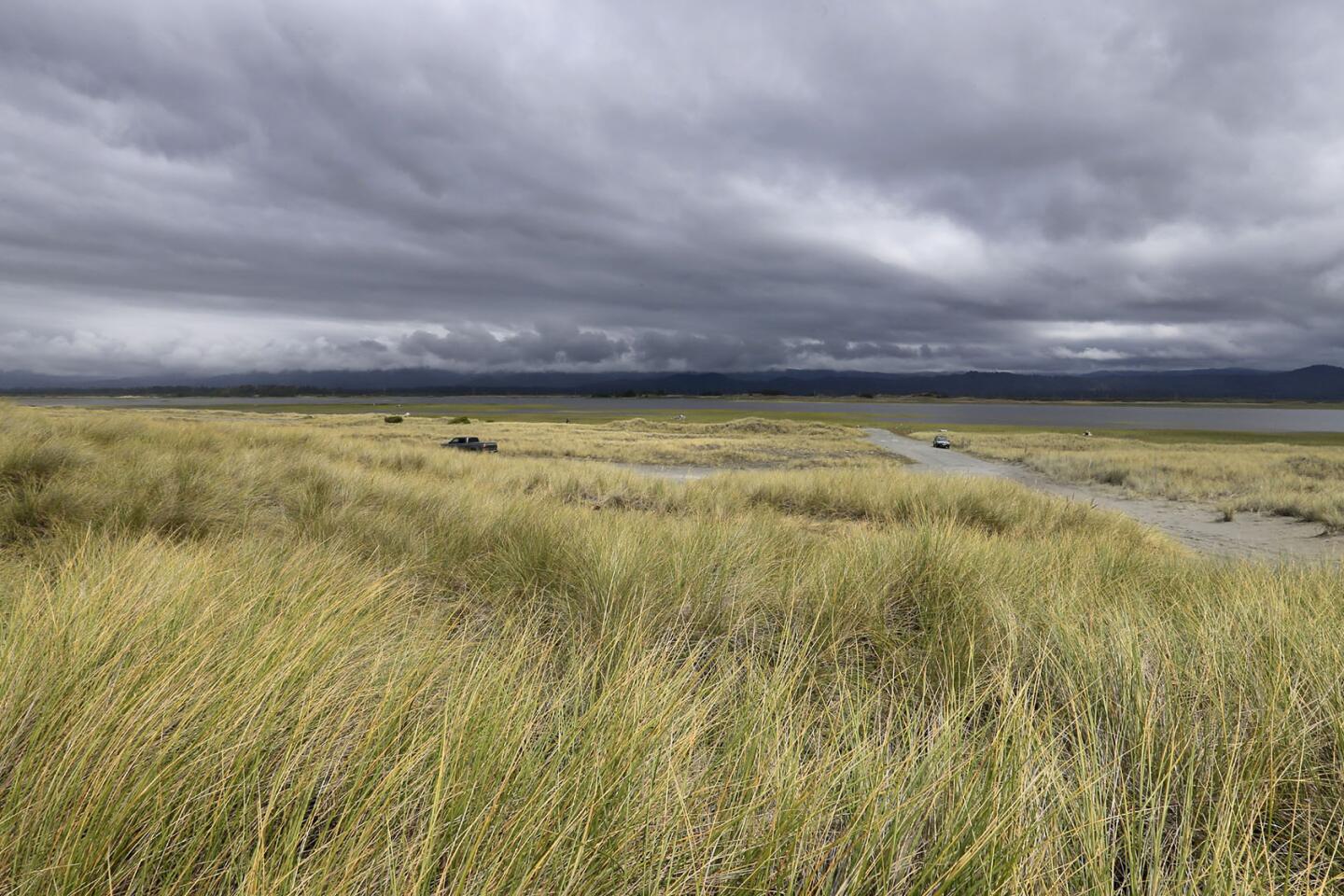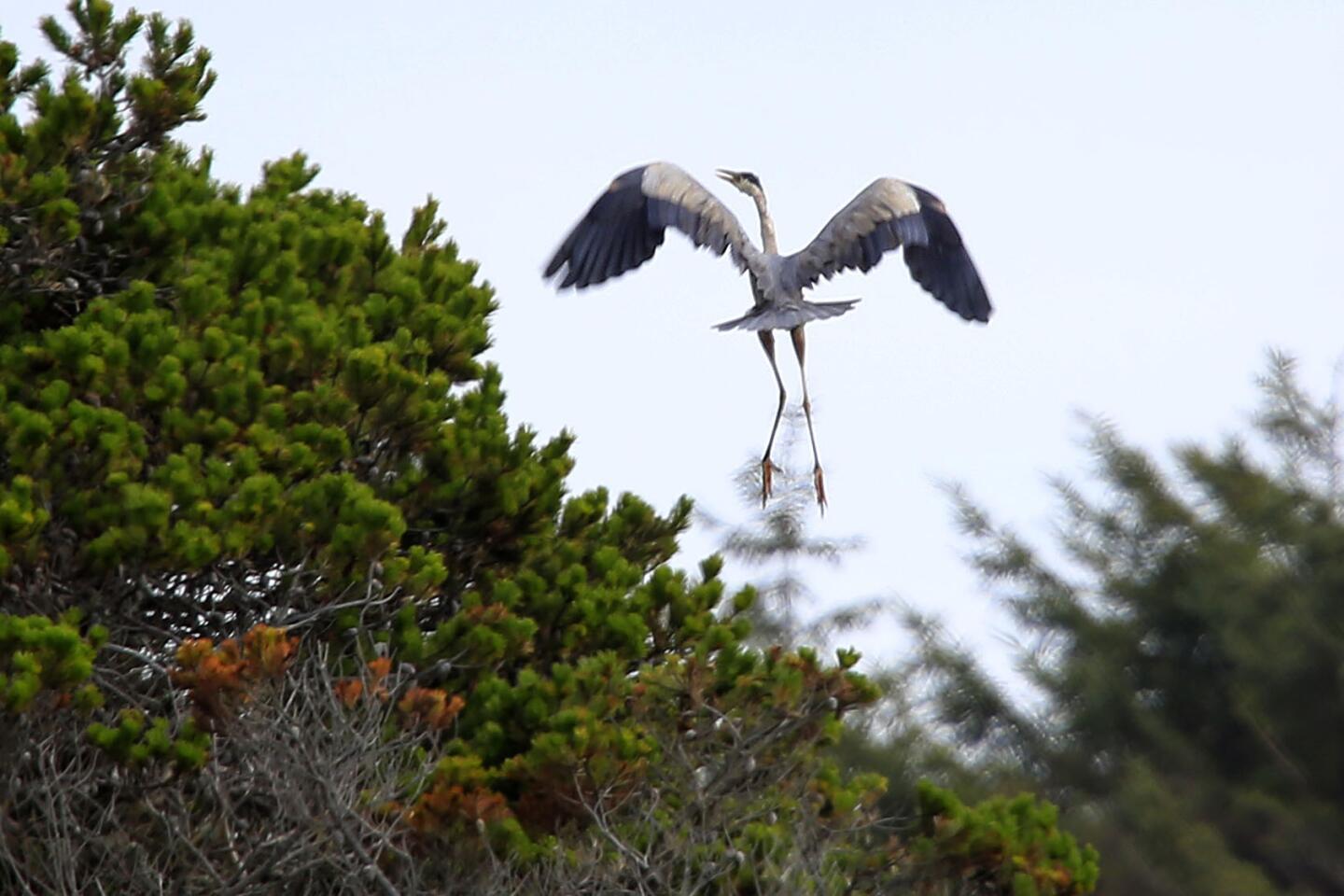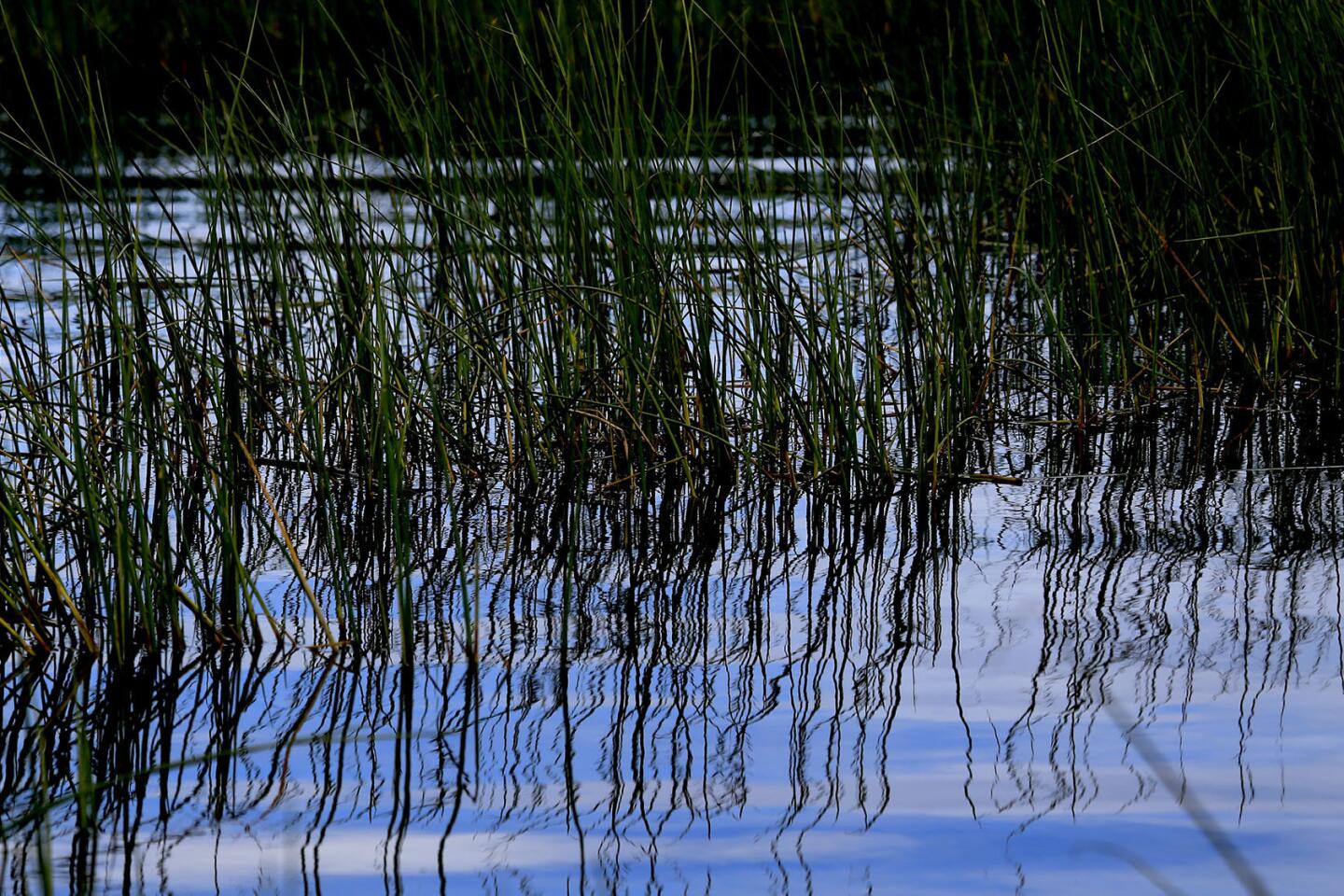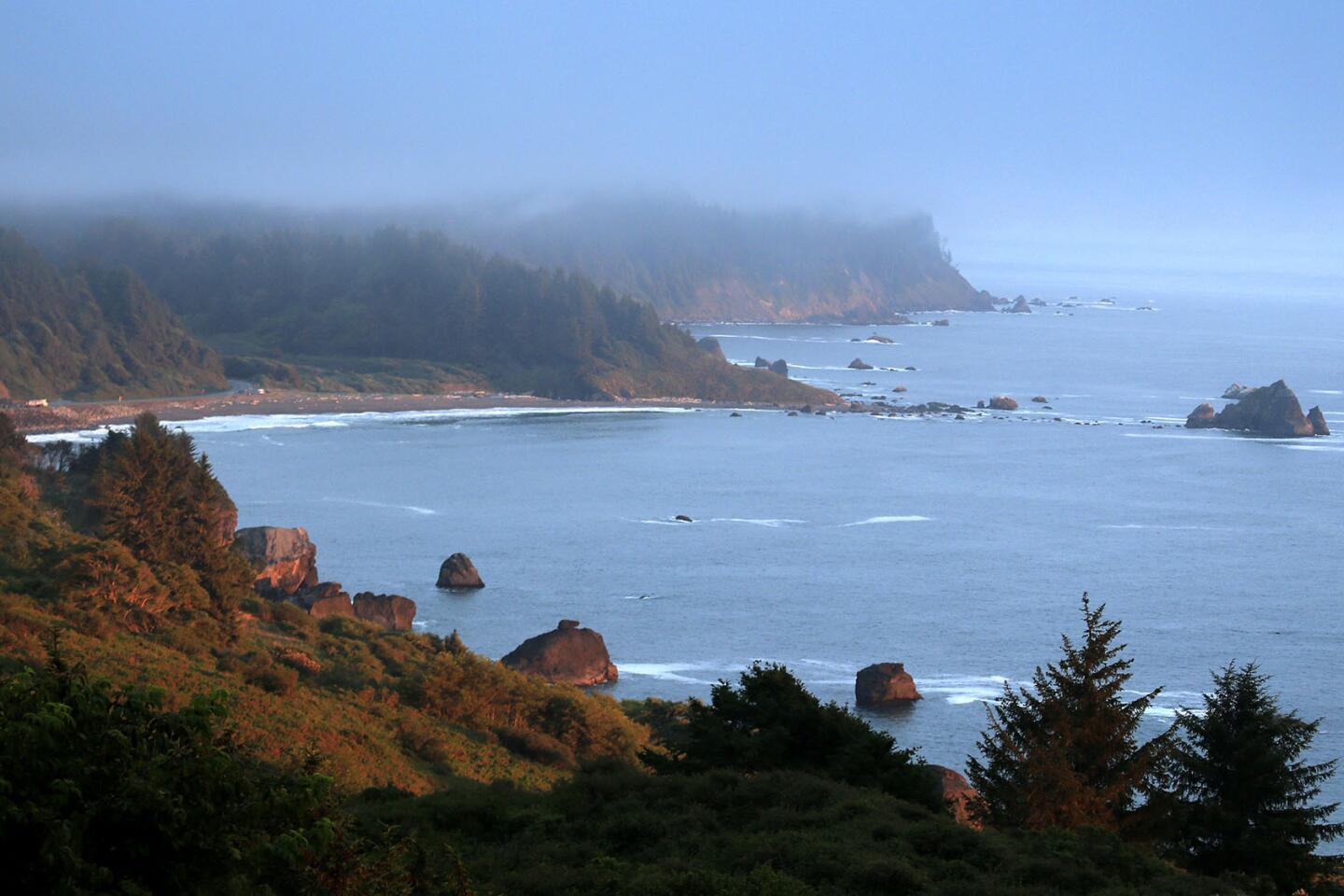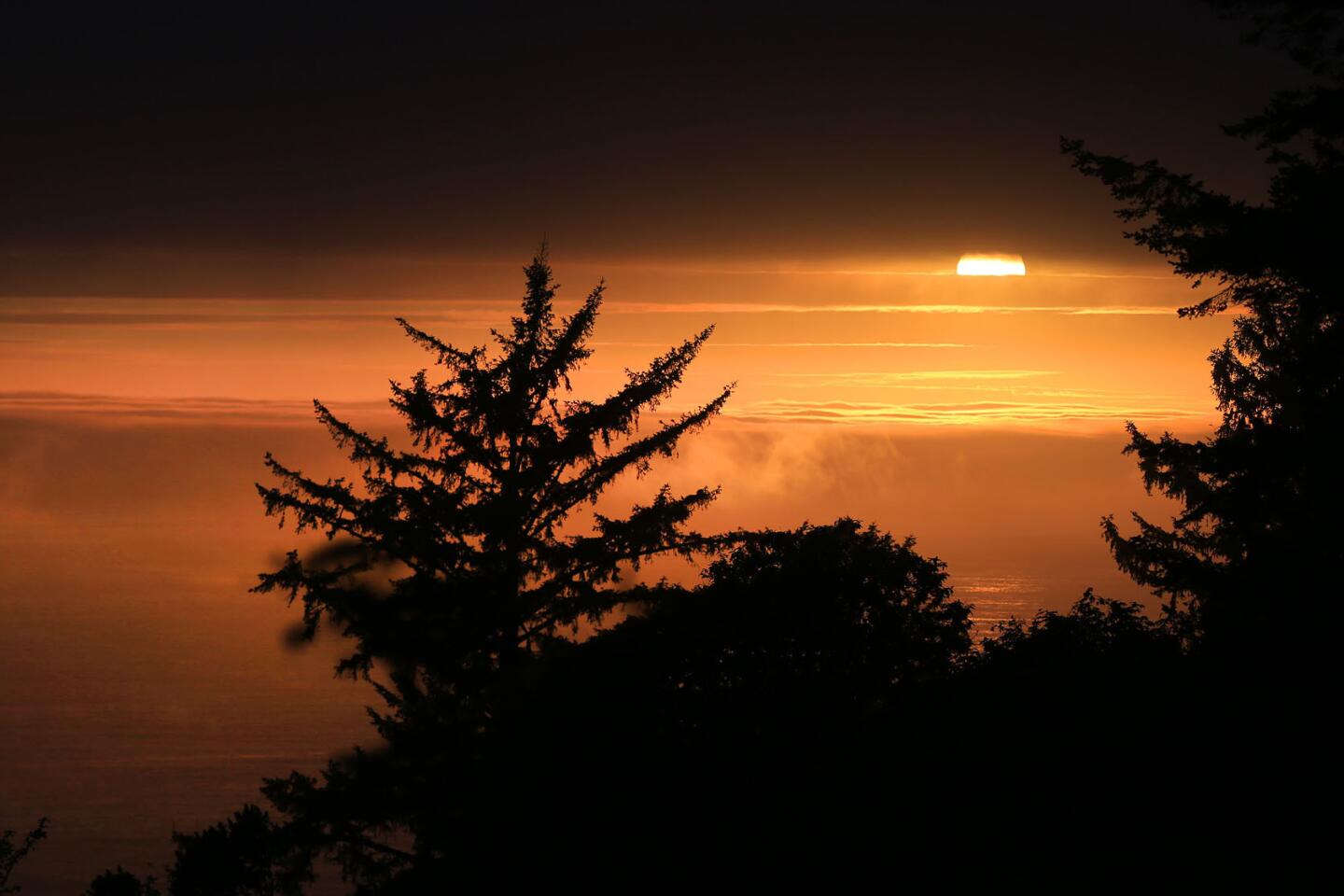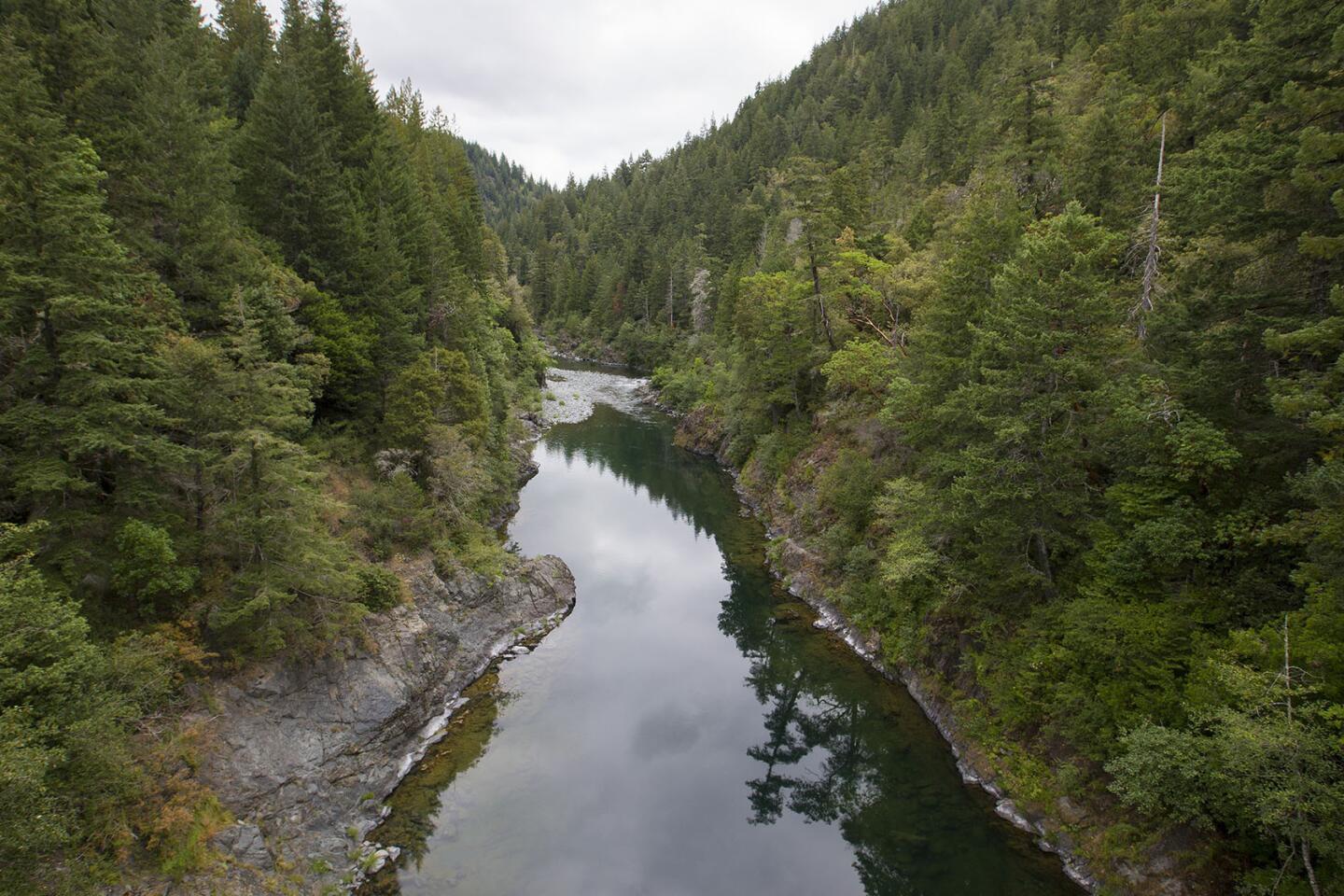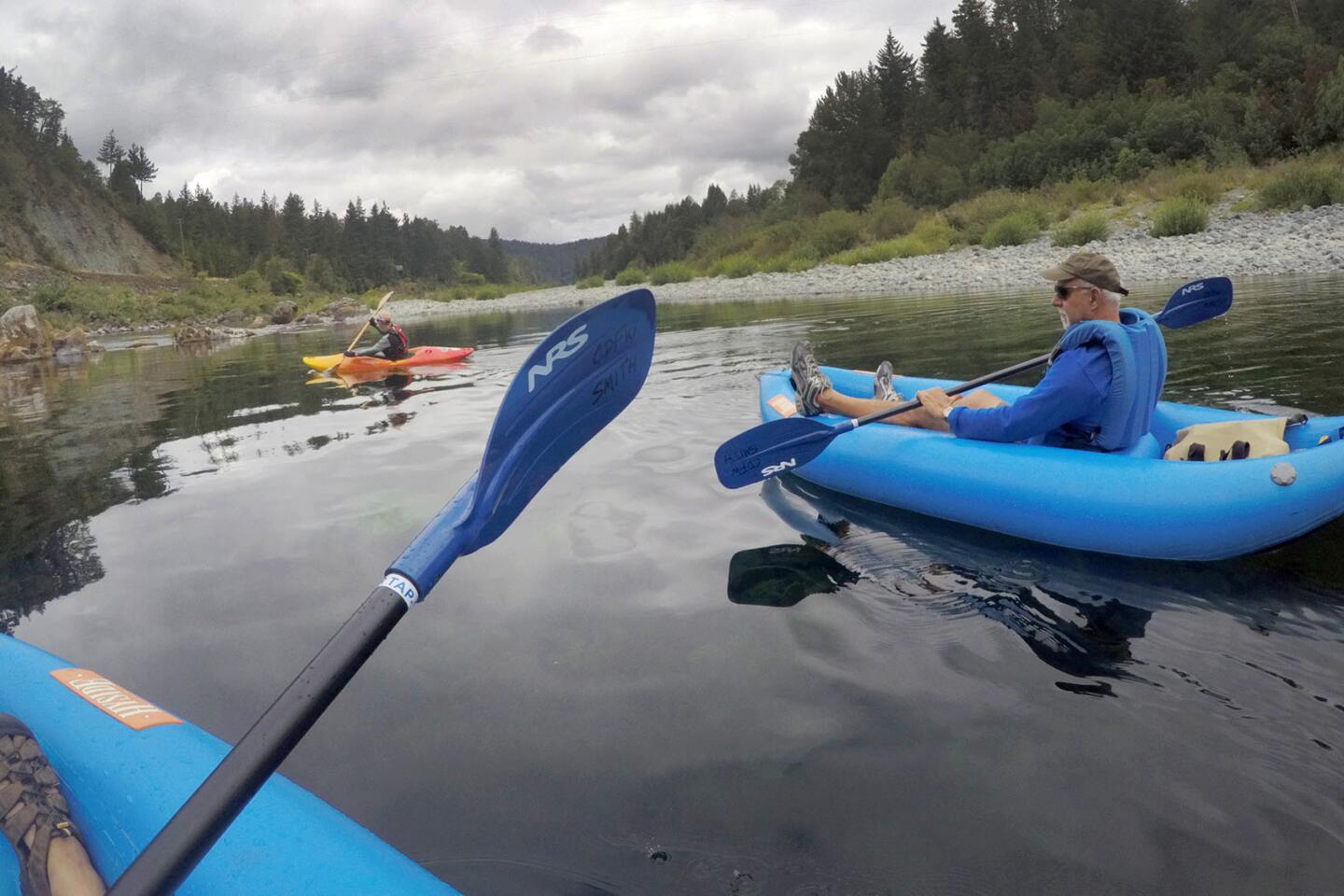For decades, two forces — steady and powerful as the tides — have collided on the California coast.
The desire to build, and the desire to conserve.
The Monterey Bay town of Sand City, population roughly 300, offers the perfect case study.
Developer Ed Ghandour has tried for more than 20 years to get clearance for a 368-unit hotel and condo development on a beachfront sand dune he owns. But the Monterey Bay Shores eco-resort, as he calls it, has been blocked by regulatory hurdles and opposition from environmentalists.
Live Updates -- Follow along with Steve »
The delays have cost him tens of millions of dollars, and he has scaled his plans back more than once, Ghandour said. Now he’s done compromising and negotiating with naysayers.
“I am determined to build this project and I anticipate going to grading in the fall,” Ghandour told me. “We are pursuing this aggressively.”
I respect his gumption and understand his frustration, but I also suspect that there may be good reasons the California Coastal Commission, the U.S. Fish and Wildlife Service, and the threat of a lawsuit all stand in his way.
For weeks now I’ve been telling you the coastal development game is rigged in favor of wealthy developers who hire lawyers and consultants, meet privately with coastal commissioners, sue if they don’t get their way, and often prevail.
I stand by that, but it’s only fair to let you hear the perspective of someone who owns coastal property and has an urge to build.
Ghandour agrees that the system is fixed. But as he sees it, it’s developers who are at a disadvantage.
“It’s rigged in a number of ways,” he said.
We had planned to meet at the site, but Ghandour’s wife took ill, so we talked by phone.
Environmentalists, Ghandour argued, are the ones with undue influence on Coastal Commission staffers, who review permit applications and make recommendations for or against projects.
The result, he said, is “staff reports that lack a scientific basis and do not uphold the Coastal Act, but in fact are written to undermine or deny a project.”
1/121
A woman takes a break from riding her horse on Imperial Beach, one of only a few places along the coast where horses are allowed.
(Allen J. Schaben / Los Angeles Times) 2/121
Palm fronds reveal a surfer, a couple and children taking in sunset at Windansea Beach in La Jolla.
(Allen J. Schaben / Los Angeles Times) 3/121
The tide splashes up on the beach at sunset on a warm summer evening at Windansea Beach in La Jolla.
(Allen J. Schaben / Los Angeles Times) 4/121
Backdropped by San Diego’s skyline, former Sen. James Mills, 89, stands at his Coronado apartment with the bike he rode from Sacramento to San Diego in 1972 to promote Proposition 20, which created the Coastal Commission and led to the Coastal Act.
(Allen J. Schaben / Los Angeles Times) 5/121
Children camping at Campland on the Bay paddle around on body boards in the warm waters of San Diego’s Mission Bay.
(Allen J. Schaben / Los Angeles Times) 6/121
A view from the Torrey Pines Gliderport cliffs, overlooking Black’s Beach and Torrey Pines State Beach in La Jolla.
(Allen J. Schaben / Los Angeles Times) 7/121
A California sea lions basks in the evening sunlight while resting on a rock in the La Jolla Marine Reserve, one of 11 California marine protected areas (MPAs).
(Allen J. Schaben / Los Angeles Times) 8/121
A bod surfer is upended amid the crashing shorebreak at Windansea Beach in La Jolla.
(Allen J. Schaben / Los Angeles Times) 9/121
A surfer heads in by a fire pit, hammock and palapa at dusk at San Onofre State Beach in San Clemente.
(Allen J. Schaben / Los Angeles Times) 10/121
Mila Renieri and Diego Merli of Milan, Italy, play on a homemade teeter-totter at San Onofre State Beach.
(Allen J. Schaben / Los Angeles Times) 11/121
A “no beach access” sign is posted at Dan Blocker Beach scenic viewpoint. The beach is one of several in Malibu that don’t allow public access.
(Allen J. Schaben / Los Angeles Times) 12/121
RV campers have an ocean view, just across from Pacific Coast Highway at the Malibu Beach RV Park in Malibu.
(Allen J. Schaben / Los Angeles Times) 13/121
A kayaker checks out the clear waters of Crescent Bay in Laguna Beach.
(Allen J. Schaben / Los Angeles Times) 14/121
A snorkeler swims around a reef/ rock formation at Crescent Bay, Laguna Beach.
(Allen J. Schaben / Los Angeles Times) 15/121
A snorkeler looks for fish at Crescent Bay in Laguna Beach.
(Allen J. Schaben / Los Angeles Times) 16/121
Garibaldi, the California state fish, swim and feed on rocks at Crescent Bay in Laguna Beach.
(Allen J. Schaben / Los Angeles Times) 17/121
Small fish swim at the reef at Crescent Bay in Laguna Beach.
(Allen J. Schaben / Los Angeles Times) 18/121
A surfer rides a wave at sunset at “Old Man’s” surf break at San Onofre State Beach.
(Allen J. Schaben / Los Angeles Times) 19/121
A bodyboarder rides a wave at Crescent Bay, Laguna Beach.
(Allen J. Schaben / Los Angeles Times) 20/121
Anders Hamborg rides a wave before his shift working as a Huntington Beach city lifeguard on a warm summer day in Huntington Beach. (Allen J. Schaben / Los Angeles Times)
21/121
A view of the beach through a telescope at Pacific City, a new 31-acre mixed use development in Huntington Beach, also known as Surf City U.S.A.
(Allen J. Schaben / Los Angeles Times) 22/121
The site of the proposed Banning Ranch development now before the Calif. Coastal Commission.
(Allen J. Schaben / Los Angeles Times) 23/121
The tide rolls in at twilight at the San Onofre Nuclear Generating Station (SONGS) nuclear power plant located on the border of San Diego County and San Clemente.
(Allen J. Schaben / Los Angeles Times) 24/121
A view of the AES Huntington Beach Generating Station, where an ocean water intake pipe is located that uses a technique of once-through cooling that is harmful to marine life scheduled to be phased out by 2020. The California Coastal Commission is holding a hearing on the proposed Poseidon Huntington beach Desalination project September 7/8. Poseidon would operate next to the AES power plant and use it’s ocean water intake pipe.
(Allen J. Schaben / Los Angeles Times) 25/121
A dolphin leaps out of the water with a view of south Laguna Beach in the background on Aug. 12, 2016.
(Allen J. Schaben / Los Angeles Times) 26/121
A pod of dolphins leaps out of the water with a view of south Laguna Beach in the background on Aug. 12, 2016.
(Allen J. Schaben / Los Angeles Times) 27/121
The Spirit of Dana Point, a traditionally built replica of a 1770s privateer schooner used during the American Revolution, takes a sunset cruise past The Headlands, center, and The Strand at Headlands development, left, in Dana Point. The Coastal Commission approved the 121-acre development known as The Strand at Headlands in 2004, but only after a decades-long fight between conservationists and the developer.
(Allen J. Schaben / Los Angeles Times) 28/121
The orange glow of the setting sun shines through palm trees on a warm summer evening in Heisler Park, Laguna Beach.
(Allen J. Schaben / Los Angeles Times) 29/121
Beach combers enjoy a warm summer evening exploring the ocean and coastline of Main Beach, Laguna Beach.
(Allen J. Schaben / Los Angeles Times) 30/121
Couples enjoy a sunset on a warm summer evening in Heisler Park, Laguna Beach.
(Allen J. Schaben / Los Angeles Times) 31/121
Beach combers are silhouetted by the sky’s glow while exploring the rocks at sunset on a warm summer evening in Heisler Park, Laguna Beach.
(Allen J. Schaben / Los Angeles Times) 32/121
Children run along the beach at twilight near the Crystal Cove Beach Cottages.
(Allen J. Schaben / Los Angeles Times) 33/121
The sun sets over the Crystal Cove Beach Cottages in Newport Beach. (Allen J. Schaben / Los Angeles Times)
34/121
Kayakers take a scenic cruise in Monterey Bay on a summer day in Monterey. In the background, sand dunes line the coast where the proposed hotel and condominium Monterey Bay Shores development in Sand City.
(Allen J. Schaben / Los Angeles Times) 35/121
Isabella, 9, and Holden, 7, roast marshmallows over a beach fire with their parents, Steve and Amy Knuff of Aliso Viejo at twilight at Crystal Cove Beach Cottages.
(Allen J. Schaben / Los Angeles Times) 36/121
Incoming tide rolls onto the beach at twilight at Crystal Cove Beach Cottages. (Allen J. Schaben / Los Angeles Times)
37/121
A photographer captures the sunset over the ocean in Rancho Palos Verdes. (Allen J. Schaben / Los Angeles Times)
38/121
The Point Vicente Lighthouse illuminates the landscape at twilight in Rancho Palos Verdes. (Allen J. Schaben / Los Angeles Times)
39/121
A person climbs up the giant Point Mugu Sand Dune, across from Thornhill Broome Beach State Park in Ventura County.
(Allen J. Schaben / Los Angeles Times) 40/121
Taylor Geer and Marissa Acosta of Thousand Oaks relax on top of the giant Point Mugu Sand Dune, across from Thornhill Broome Beach State Park in Ventura County. (Allen J. Schaben / Los Angeles Times)
41/121
Kids play on a stand-up-paddleboard at Leo Carrillo State Park in Malibu. (Allen J. Schaben / Los Angeles Times)
42/121
Vivienne Lee, 7, of Thousand Oaks, jumps across rocks under the arches of a rock formation while watching the tide roll in at twilight at El Matador State Beach in Malibu. (Allen J. Schaben / Los Angeles Times)
43/121
Keenan Yoo watches the waves crash at twilight at El Matador State Beach in Malibu. (Allen J. Schaben / Los Angeles Times)
44/121
A tidal inlet reflects the surrounding landscape as a couple walk with their dog at twilight along Arroyo Burro Beach County Park in Santa Barbara. (Allen J. Schaben / Los Angeles Times)
45/121
A Blue Heron flies over the Naples State Marine Conservation Area. Phil McKenna, president of the Gaviota Coast Conservancy, says the portion down-coast of Point Conception contains approximately 50% of its remaining rural coastline.
(Allen J. Schaben / Los Angeles Times) 46/121
A man fishes in the ocean at sunset at Arroyo Burro Beach County Park in Santa Barbara.
(Allen J. Schaben / Los Angeles Times) 47/121
A deer takes a break from grazing to look out over the meadow in Cambria.
(Allen J. Schaben / Los Angeles Times) 48/121
A man walking his dog is viewed underneath a Cypress tree canopy over the beach boardwalk along Moonstone Beach in Cambria.
(Allen J. Schaben / Los Angeles Times) 49/121
A surfer rides a wave near a rock formation in Morro Bay.
(Allen J. Schaben / Los Angeles Times) 50/121
The sun, filtered by forest fire ash and fog, goes down at the Morro Bay Marina, with a view of Morro Rock and sailboats.
(Allen J. Schaben / Los Angeles Times) 51/121
Surfers walk down the beach after surfing in front of Morro Rock.
(Allen J. Schaben / Los Angeles Times) 52/121
A windmill lines an undeveloped stretch of coast along Cayucos’ Estero Bay with Morro Rock visible in the background.
(Allen J. Schaben / Los Angeles Times) 53/121
A child bundled up in a thick wetsuit, cap and life jacket, skips to the water’s edge with an adult taking them body boarding in Morro Bay.
(Allen J. Schaben / Los Angeles Times) 54/121
A child toting sand toys heads across the sand dunes at Morro Bay State Park in Morro Bay.
(Allen J. Schaben / Los Angeles Times) 55/121
The tide fills in between jagged rock and cliff formations at Montaña de Oro State Beach in Los Osos.
(Allen J. Schaben / Los Angeles Times) 56/121
The tide fills in between jagged rock and cliff formations at Montaña de Oro State Beach in Los Osos.
(Allen J. Schaben / Los Angeles Times) 57/121
Elephant Seals battle one another on the beach rookery at Piedras Blancas State Marine Reserve, San Simeon.
(Allen J. Schaben / Los Angeles Times) 58/121
A scenic view of the setting sun shining through the fog along the Big Sur coastline. (Allen J. Schaben / Los Angeles Times)
59/121
A scenic view of a waterfall spilling onto the beach at Julia Pfeiffer Burns State Park, Big Sur coastline.
(Allen J. Schaben / Los Angeles Times) 60/121
A scenic view of an iconic California coastline gem, the Bixby Bridge, Big Sur.
(Allen J. Schaben / Los Angeles Times) 61/121
Tourists sit together at a lookout point while exploring the Big Sur coastline.
(Allen J. Schaben / Los Angeles Times) 62/121
A scenic view taken from Rocky Point, looking out over the Big Sur coastline.
(Allen J. Schaben / Los Angeles Times) 63/121
Elephant Seals gather on the beach rookery at Piedras Blancas State Marine Reserve, San Simeon.
(Allen J. Schaben / Los Angeles Times) 64/121
Kayakers take a scenic cruise on Monterey Bay.
(Allen J. Schaben / Los Angeles Times) 65/121
A scenic view of Garrapata State Park in Carmel-by-the-Sea.
(Allen J. Schaben / Los Angeles Times) 66/121
A view of Carmel Sunset Beach on a summer day.
(Allen J. Schaben / Los Angeles Times) 67/121
A child climbs a dune on the site of a proposed, nearly 400-unit hotel and condominium development in Sand City.
(Allen J. Schaben / Los Angeles Times) 68/121
A Western snowy plover, a threatened species protected under the Endangered Species Act, stands amid critical habitat at the site of the proposed Monterey Bay Shores condo and hotel development in Sand City.
(Allen J. Schaben / Los Angeles Times) 69/121
Amid fog, Mark Massara, a decades-long coastal steward, surfs in front of Shark Tooth Rock at Martins Beach, where an access gate remains locked despite a judge’s order to landowner Vinod Khosla to to open the private gate and allow public access to the beach.
(Allen J. Schaben / Los Angeles Times) 70/121
Los Angeles Times columnist Steve Lopez revisits Santa Cruz, where he surfed as a boy.
(Allen J. Schaben / Los Angeles Times) 71/121
Los Angeles Times columnist Steve Lopez surfs in Santa Cruz.
(Allen J. Schaben / Los Angeles Times) 72/121
The sun illuminates the incoming tide as a child plays in the water near Twin Lakes State Beach in Santa Cruz.
(Allen J. Schaben / Los Angeles Times) 73/121
A harbor seal lets out a yawn while relaxing on the rocks at Pigeon Point Light Station near Santa Cruz.
(Allen J. Schaben / Los Angeles Times) 74/121
A sailor heads out to sea from Santa Cruz.
(Allen J. Schaben / Los Angeles Times) 75/121
A mural on a beach cottage wall at Martins Beach, where an access gate remains locked despite a judge’s order to landowner Vinod Khosla to to open the private gate and allow public access to the beach. (Allen J. Schaben / Los Angeles Times)
76/121
The sun sets as a crew team glides through the water near Lighthouse Point in Santa Cruz.
(Allen J. Schaben / Los Angeles Times) 77/121
A tourist takes in the coastline scenery at Pigeon Point Light Station near Santa Cruz. (Allen J. Schaben / Los Angeles Times)
78/121
A view of the scenic Pigeon Point Light Station State Historic Park in Pescadero.
(Allen J. Schaben / Los Angeles Times) 79/121
Sailboats and stand-up-paddle boarders share the water off Lighthouse Point in Santa Cruz.
(Allen J. Schaben / Los Angeles Times) 80/121
Ash from a nearby forest fire creates a yellow-hued sky at sunset at Natural Bridges State Beach in Santa Cruz.
(Allen J. Schaben / Los Angeles Times) 81/121
A view of one of California’s most beloved coastal gems: the Golden Gate Bridge and San Francisco skyline from the Golden Gate National Recreation Area.
(Allen J. Schaben / Los Angeles Times) 82/121
An egret searches for breakfast on a foggy morning at Bolinas Lagoon Nature Preserve in Stinson Beach.
(Allen J. Schaben / Los Angeles Times) 83/121
A family walks across the beach amid the fog at Dunes Beach in Half Moon Bay.
(Allen J. Schaben / Los Angeles Times) 84/121
A man checking the surf is silhouetted by evening sunshine reflecting off the ocean amid fog at Dunes Beach in Half Moon Bay.
(Allen J. Schaben / Los Angeles Times) 85/121
Harbor Seals relax in the mud at low tide on a foggy morning at Bolinas Lagoon Nature Preserve in Stinson Beach.
(Allen J. Schaben / Los Angeles Times) 86/121
A crab crawls through the mud at low tide at Bolinas Lagoon Nature Preserve in Stinson Beach.
(Allen J. Schaben / Los Angeles Times) 87/121
White pelicans and sea gulls perch on a sand bar in Drakes Estero, Point Reyes National Seashore.
(Allen J. Schaben / Los Angeles Times) 88/121
Los Angeles Times columnist Steve Lopez, left, gets a kayak tour through the eel grass from Amy Trainer, right, deputy director California Coastal Protection Network.
(Allen J. Schaben / Los Angeles Times) 89/121
A coyote hunts for food along the shore in Drakes Estero, Point Reyes National Seashore.
(Allen J. Schaben / Los Angeles Times) 90/121
Tom Baty, a local environmentalist, has a collection of Japanese glass fishing floats he found on the beach over the years. They are used to hold up fishing nets.
(Allen J. Schaben / Los Angeles Times) 91/121
Tom Baty has been involved in the fight to close the oyster farm on Drakes Estero, Point Reyes National Seashore.
(Allen J. Schaben / Los Angeles Times) 92/121
A harbor seal checks out kayakers in Drakes Estero, Point Reyes National Seashore.
(Allen J. Schaben / Los Angeles Times) 93/121
Steve Lopez, left, gets a kayak tour from Amy Trainer, in white kayak, Brett Miller and Cicely Muldoon.
(Allen J. Schaben / Los Angeles Times) 94/121
Remnants of oyster racks are part of a restoration project to remove 470 tons of marine debris and 5 miles of oyster racks in Drakes Estero
(Allen J. Schaben / Los Angeles Times) 95/121
Amy Trainer, deputy director California Coastal Protection Network, kayaks past oyster racks in Drakes Estero.
(Allen J. Schaben / Los Angeles Times) 96/121
Amy Trainer, deputy director California Coastal Protection Network, kayaks past oyster racks in Drakes Estero.
(Allen J. Schaben / Los Angeles Times) 97/121
The tide pools at the scenic Shell Beach in Sea Ranch, Calif. Sea Ranch rallied a generation of coastal stewards demanding public access to the rugged and scenic beauty on the Sonoma County coast.
(Allen J. Schaben / Los Angeles Times) 98/121
A view of flowers overlooking the Pacific Ocean at Bodega Head, Bodega Bay.
(Allen J. Schaben / Los Angeles Times) 99/121
A blue heron perches on a branch at The Hole in Bodega Head that was meant to hold a nuclear power plant. Photo taken at Bodega Head, Bodega Bay, Calif.
(Allen J. Schaben / Los Angeles Times) 100/121
A view of the rugged beauty of the Sonoma County coast.
(Allen J. Schaben / Los Angeles Times) 101/121
Couples take a scenic walk on the beach in Crescent City.
(Allen J. Schaben / Los Angeles Times) 102/121
The rocky coastline of Shelter Cove.
(Allen J. Schaben / Los Angeles Times) 103/121
Fog partially obscures the high cliffs of the Lost Coast, where early conservation activists fought development in Shelter Cove.
(Allen J. Schaben / Los Angeles Times) 104/121
A woman watches the tide roll in on Black Sands Beach in Shelter Cove along the Lost Coast.
(Allen J. Schaben / Los Angeles Times) 105/121
A woman walks along Black Sands Beach in Shelter Cove.
(Allen J. Schaben / Los Angeles Times) 106/121
An evening view of the Mendocino County coastline in Northern California.
(Allen J. Schaben / Los Angeles Times) 107/121
A full moon rises at dusk over the protected Ma-le’l Dunes in Arcata, which contain eight distinct habitats.
(Allen J. Schaben / Los Angeles Times) 108/121
Sunset illuminates Battery Point Lighthouse and sea stacks in Crescent City on July 18, 2016. (Allen J. Schaben / Los Angeles Times)
109/121
A surfer heads out at sunset to catch a wave near a sea stack in Crescent City on July 18, 2016. (Allen J. Schaben / Los Angeles Times)
110/121
Flowers overlooking Enderts Beach near Crescent City on July 19, 2016. (Allen J. Schaben / Los Angeles Times)
111/121
The Battery Point Lighthouse illuminates the night sky near sea stacks in Crescent City on July 18, 2016. (Allen J. Schaben / Los Angeles Times)
112/121
A couple walks along the beach at Pelican Bay State Beach after crossing the California border from Oregon on July 18, 2016.
(Allen J. Schaben / Los Angeles Times) 113/121
Empty half-acre lots and paved roads are now part of the Lake Earl Wildlife Area on July 18, 2016.
(Allen J. Schaben / Los Angeles Times) 114/121
A blue heron lands on a tree branch amid the rich habitat of the south Lake Earl Wildlife Area, which was formerly private Bliss Ranch and is now public land near Crescent City on July 18, 2016.
(Allen J. Schaben / Los Angeles Times) 115/121
Water ripples among reeds in the near-empty half-acre lots and paved roads that are now part of the Lake Earl Wildlife Area.
(Allen J. Schaben / Los Angeles Times) 116/121
Sunset illuminates sea stacks and the coastline at False Klamath Cove in Redwood National Park near Crescent City on July 18, 2016.
(Allen J. Schaben / Los Angeles Times) 117/121
The sun sets behind trees at False Klamath Cove in Redwood National Park near Crescent City on July 18, 2016.
(Allen J. Schaben / Los Angeles Times) 118/121
A view of the Smith River National Recreation Area in Jedediah Smith Redwoods State Park on July 19, 2016. (Allen J. Schaben / Los Angeles Times)
119/121
Times columnist Steve Lopez, right, kayaks with Grant Werschkull, left, co-executive director of the Smith River Alliance, on the Smith River National Recreation Area in Jedediah Smith Redwoods State Park on July 19, 2016. (Allen J. Schaben / Los Angeles Times)
120/121
An elk grazes in the meadow at sunset in Prairie Creek Redwoods State Park on July 19, 2016.
(Allen J. Schaben / Los Angeles Times) 121/121
Patterns formed by the wind and bird footprints in the sand at the Ma-le’l Dunes North, which contains eight different habitats, in Arcata on July 19, 2016. The dunes are highlighted as a victory for the coast after a years-long fight by conservationists to keep off-highway vehicles off the unique sand dunes.
(Allen J. Schaben / Los Angeles Times) Ghandour is not the first developer – or homeowner, for that matter -- who has been exasperated by a cumbersome permit application process that can drag on for years in bureaucratic purgatory or in court. He’s all the more agitated because in his mind, he’s not planning an architectural abomination. He says his creation will be a paragon of green, sustainable design, with living roofs, recycled water and state-of-the-art energy-conservation features. To be fair to him, the coast is littered with projects nowhere near as attractive or eco-minded as what he wants to build.
“Earth, water, air, light, energy, environment and the human experience,” said Ghandour, doing his own PR as he ticked off the considerations built into his blueprints. And he’s going to allow public access to what is currently private property.
Besides all that, he claimed, he’ll be restoring a site damaged by years of sand mining that left a giant pit in the dune. To hear Ghandour tell it, the Coastal Commission and other government agencies ought to be congratulating him.
As Ghandour notes, development is allowed under the Local Coastal Plan approved by the Coastal Commission, and he has prevailed in court on more than one occasion when someone tried to block him from moving forward.
A court agreed with his assessment that there was no environmentally sensitive habitat on the site, although when it comes to nature, such conditions can and do change. And even the Coastal Commission, after two denials, has given him approval to proceed if he meets certain conditions.
So what stands in Ghandour’s way?
A couple of things, said Dan Carl, Coastal Commission deputy director. First, he said, Ghandour will have to pay roughly $500,000 for road improvements near the site.
But the big obstacle involves a tiny bird.
The western snowy plover nests on the property and is protected under the federal Endangered Species Act.
Ghandour’s resort would result in “the harassment, harm, injury and mortality of western snowy plovers on and adjacent to the project site,” the Center for Biological Diversity wrote on July 27 in threatening a lawsuit to prevent construction.
The U.S. Fish and Wildlife Service sent an April 1 letter to the Coastal Commission arguing that Ghandour’s project could cause problems for Smith’s blue butterflies and would “likely result in the take of the western snowy plover and … render the area unsuitable for the species.”
The agency said he needed to apply for an “incidental take permit” and offer a habitat conservation plan.
Ghandour insists there is no environmentally sensitive habitat on his property. As for snowy plovers, he said they exist in far greater numbers at nearby beaches. Even so, he said, he’s offered a habitat protection plan and met his obligations.
The people who are paid to look out for our state’s wildlife disagree.
As I’ve traveled south from Oregon on the 40th anniversary of the Coastal Act that regulates development, I’ve met with botanists, ecologists and coastal stewards, and I have a greater appreciation of the toll development takes on fragile ecosystems.
I believe more strongly than ever in erring on the side of protecting what was here before humans dreamed up eco-resorts. And though I get as fed up as the next guy with tangles of red tape, I have trouble accepting that 368 units of hotel rooms and condos, built next to a marine sanctuary, can deliver a net gain to a sand dune environment or to Californians who won’t be able to afford a room or a condo at Ghandour’s resort. In the end, this may be a good project in a bad location.
Twice now I’ve visited the beach where Ghandour wants to build, each time with Blake Matheson of the Monterey Audubon Society.
On both visits, we saw snowy plovers scurrying about -- little white “snowball” puffs, as Matheson described them.
Ghandour isn’t going to kill off all plovers, Matheson said, just as you can’t wipe out a species “if you shoot a few black rhinos in Kenya.”
“But he doesn’t get to decide,” said Matheson. “The federal government gets to decide. All he has to do is sit down with the federal government and say, ‘OK, guys, what do you want me to do so I can get my incidental take permit?’”
No thanks, says Ghandour, insisting he will be a good steward.
I’d like to believe that he would be. But I say he’s got a little more convincing to do before he brings in the bulldozers and takes away another slice of the vanishing coast.
steve.lopez@latimes.com
steve.lopez@latimes.com | Follow on Twitter: @LATstevelopez
Weigh in at @JerryBrownGov #SaveYourCoast and (916 445-2841) or email governor@governor.ca.gov.
MORE FROM THE ROADTRIP
Why California’s northern coast doesn’t look like Atlantic City
California’s coast: How we come to care and why we sometimes go wrong
Our road tripping columnist confronts the dark side of oyster farming and the beauty of breaching whales

